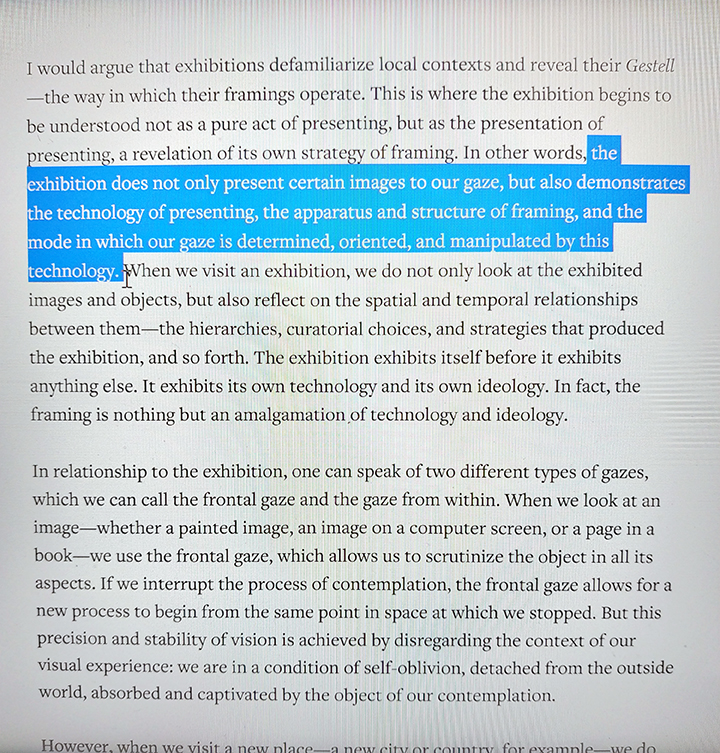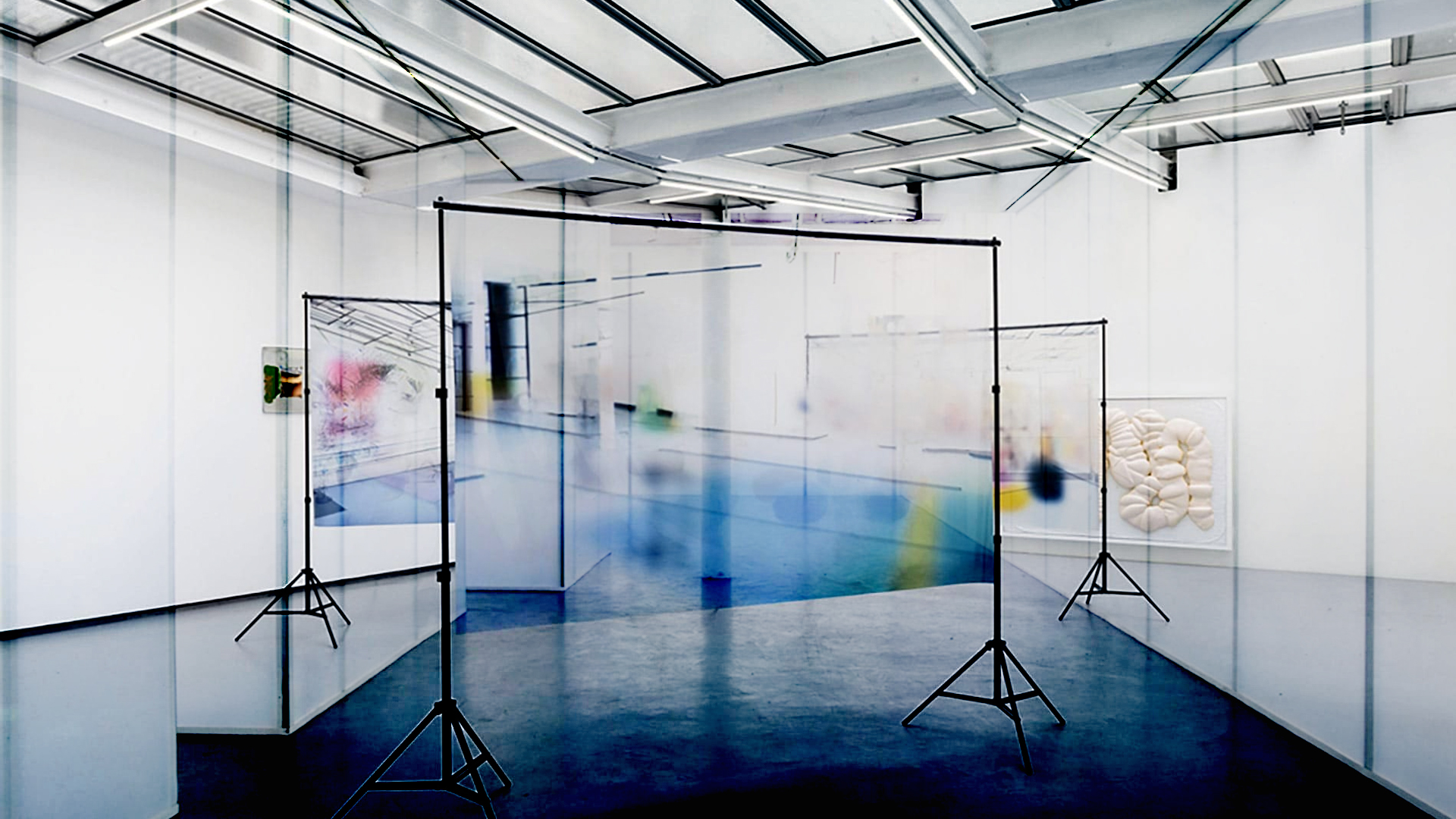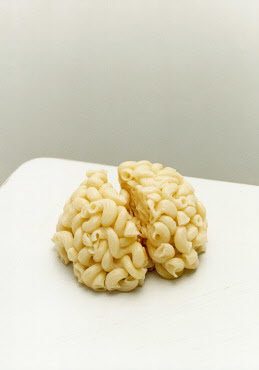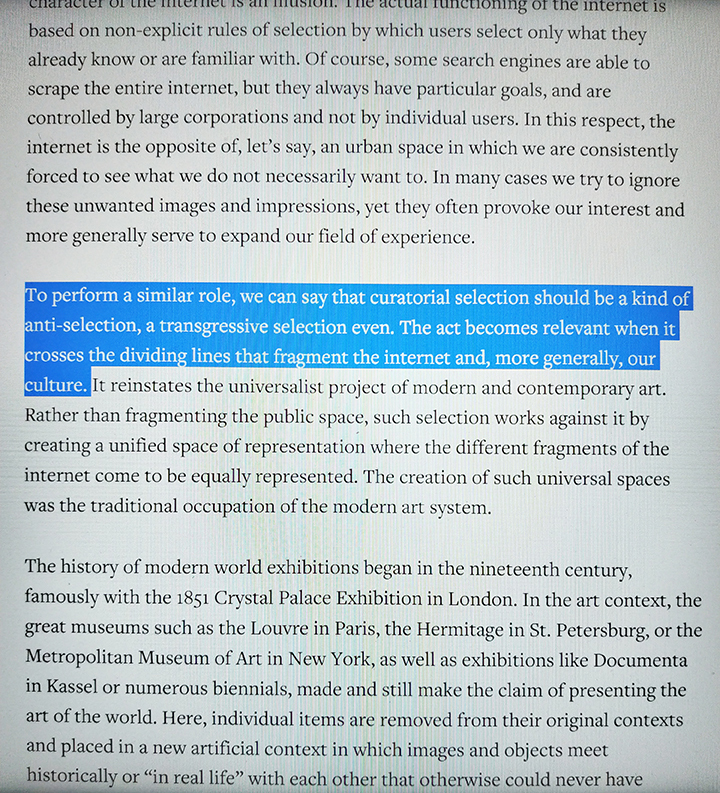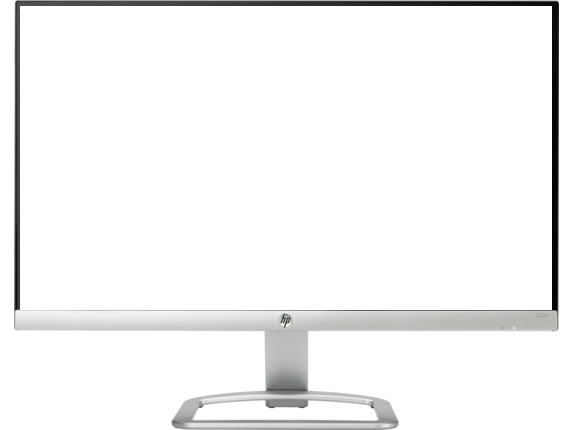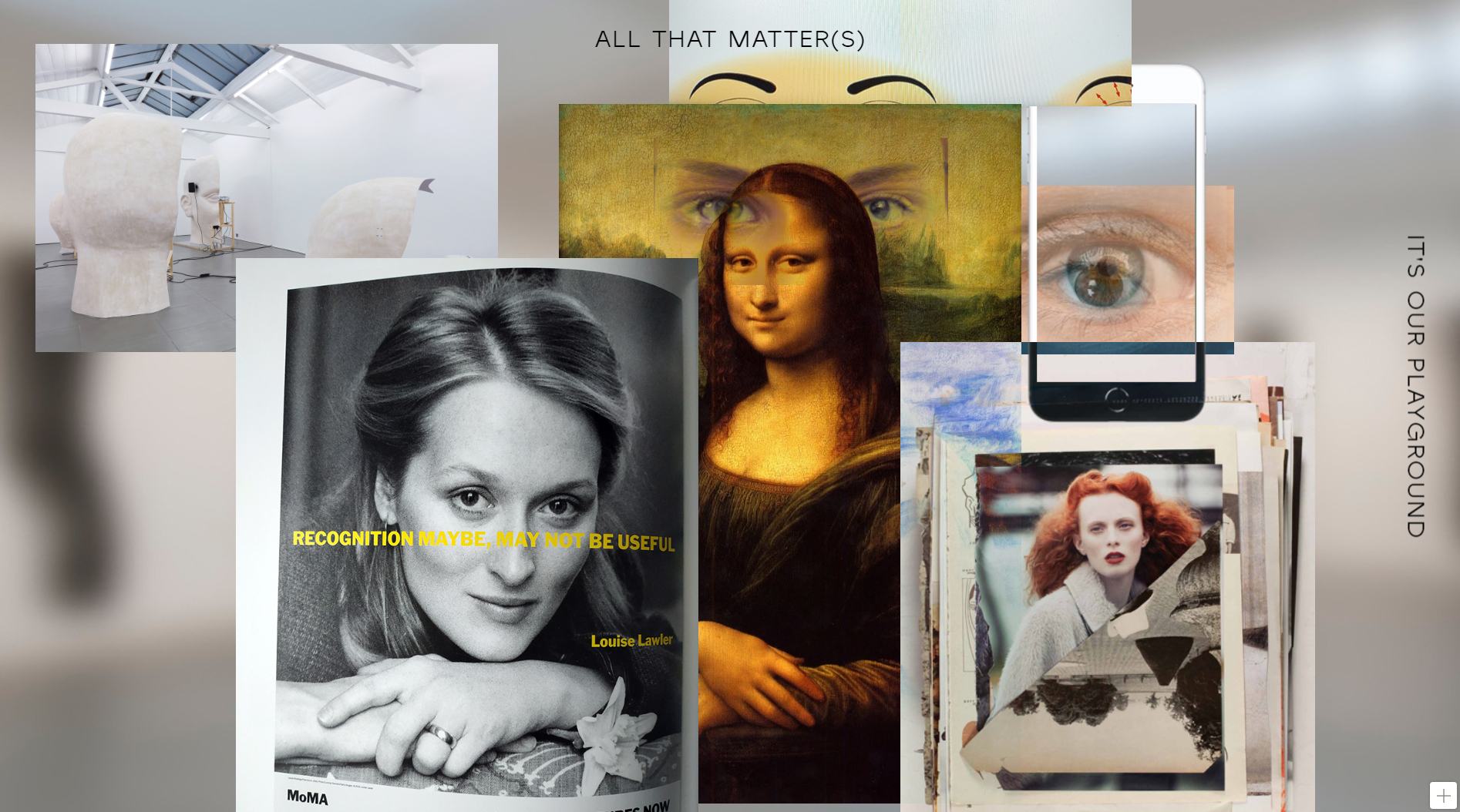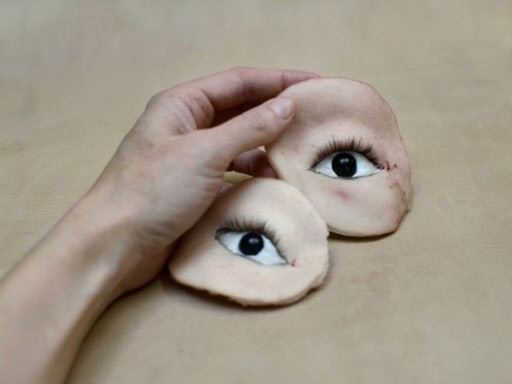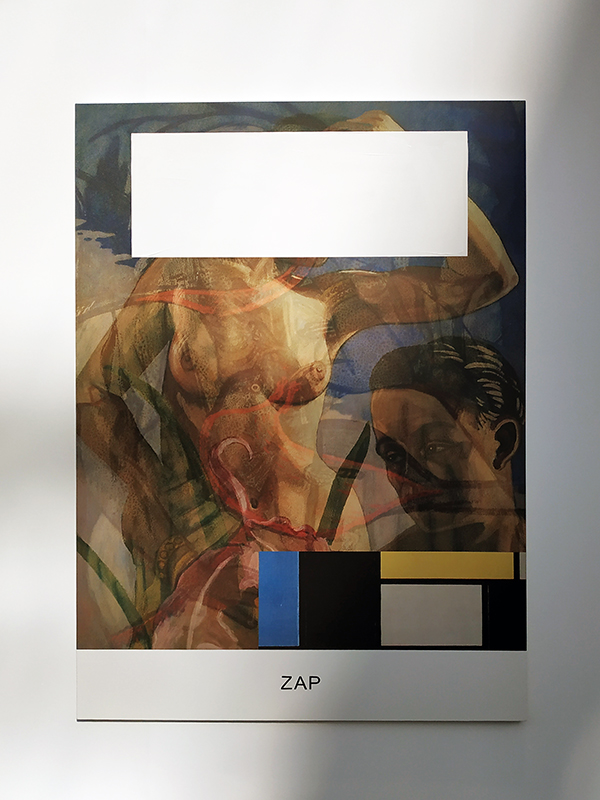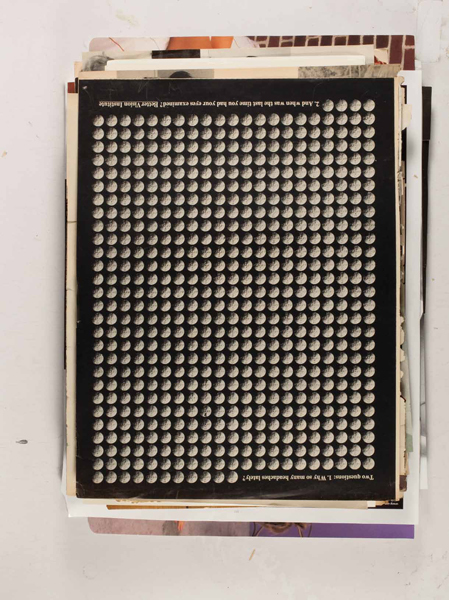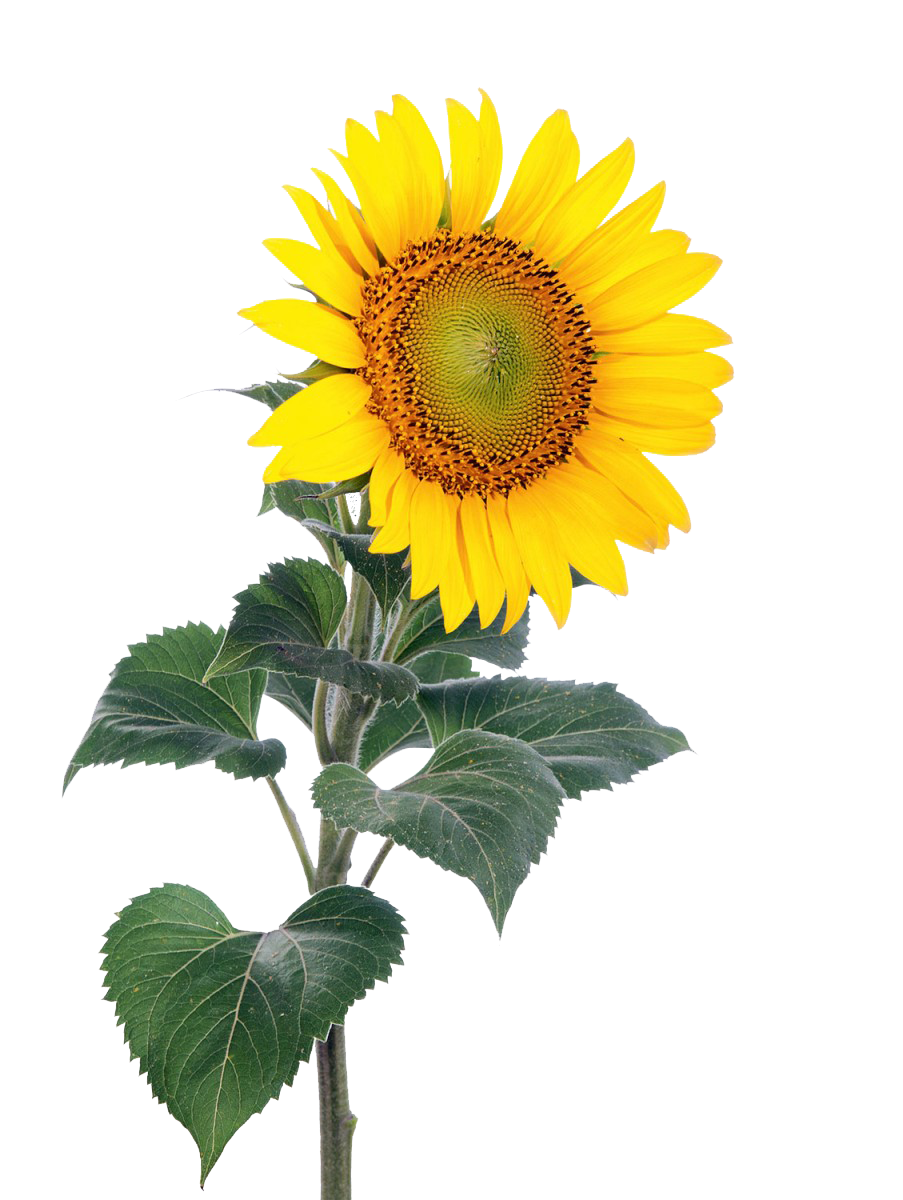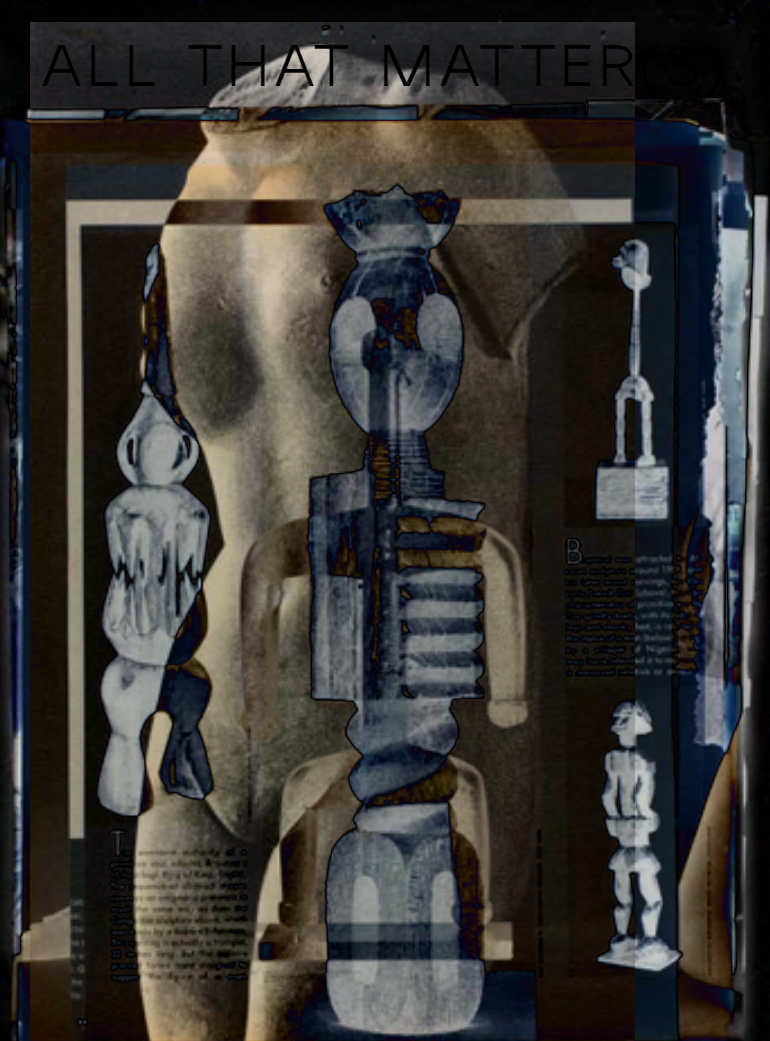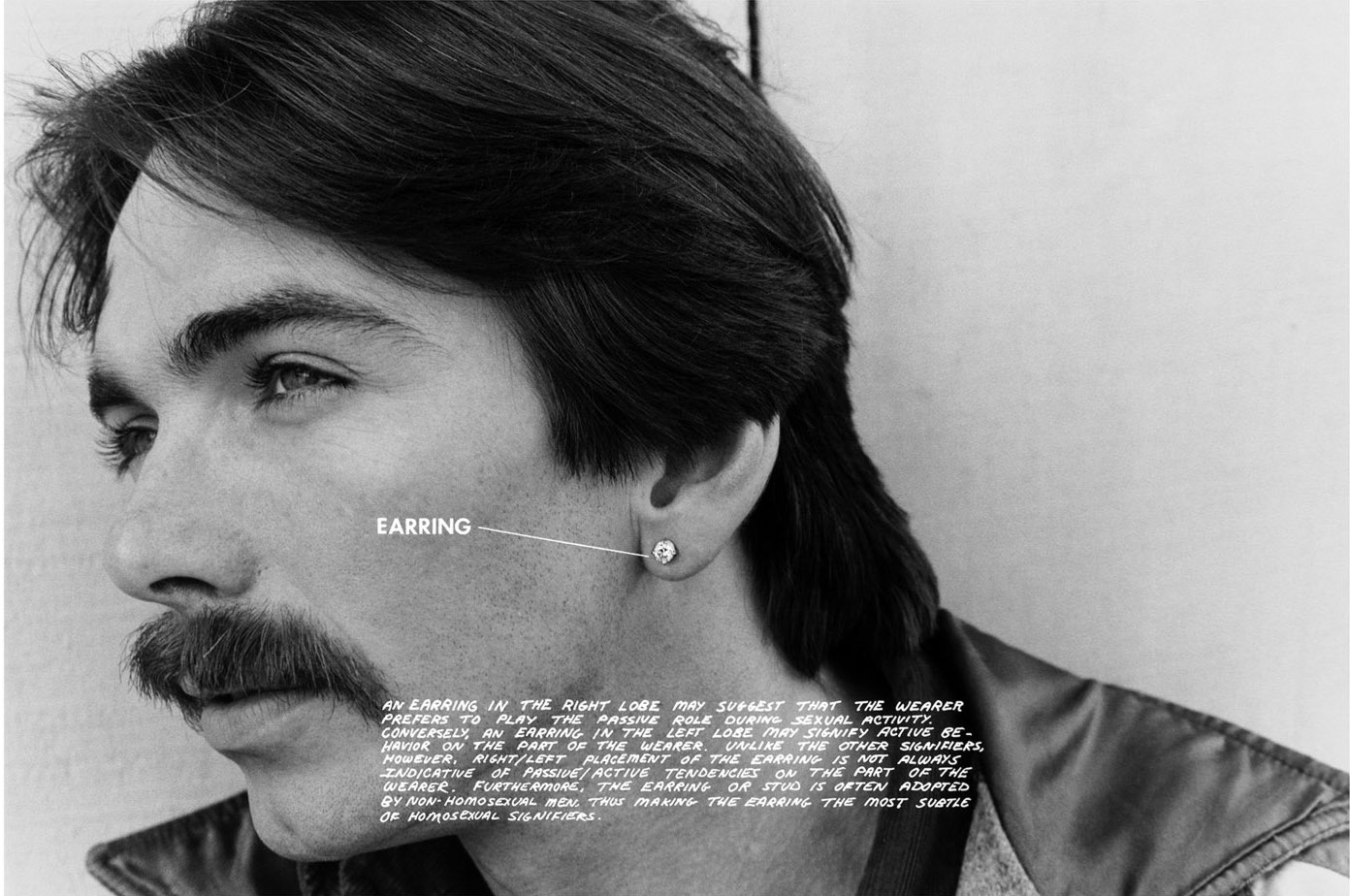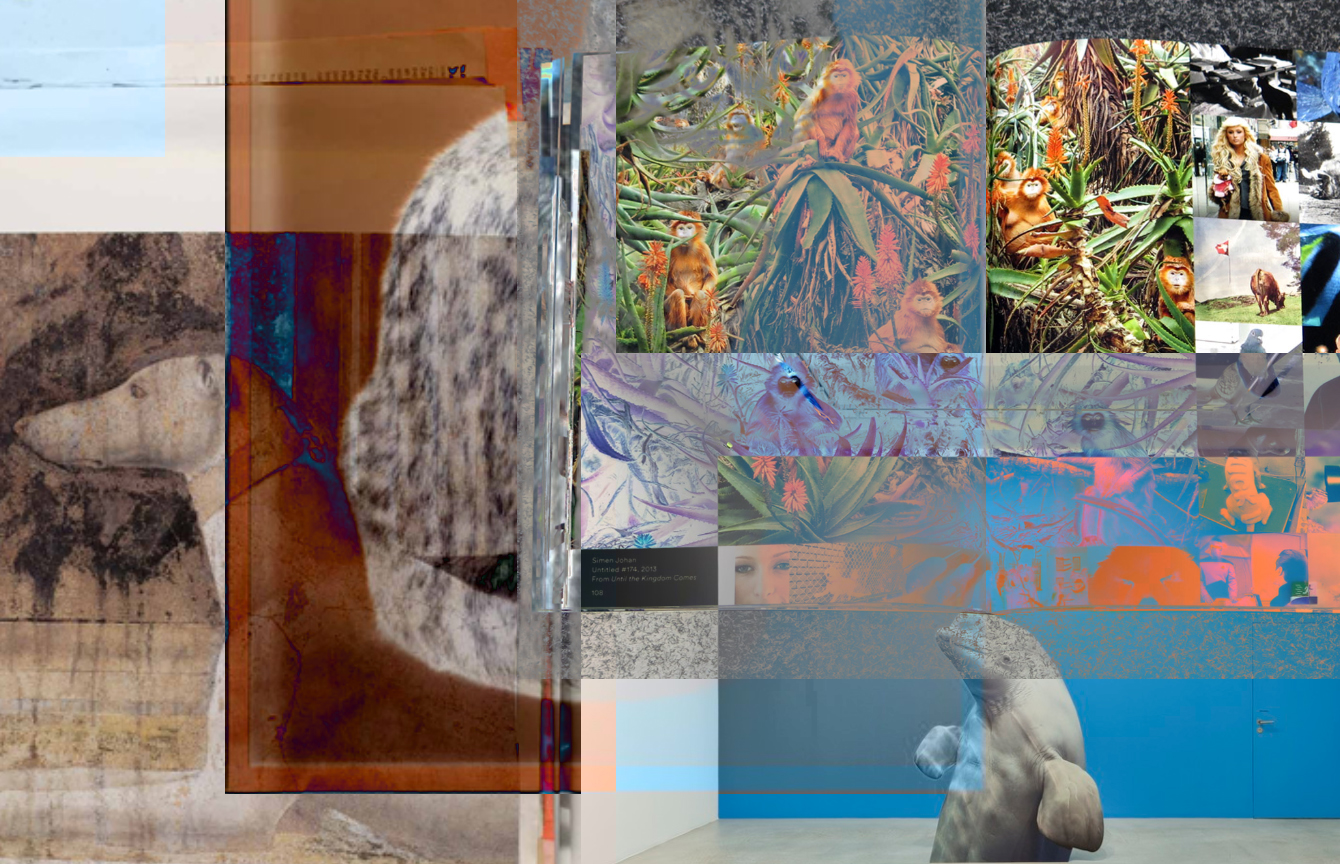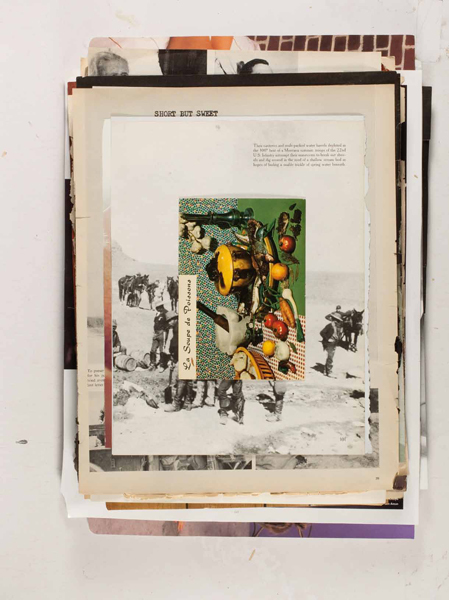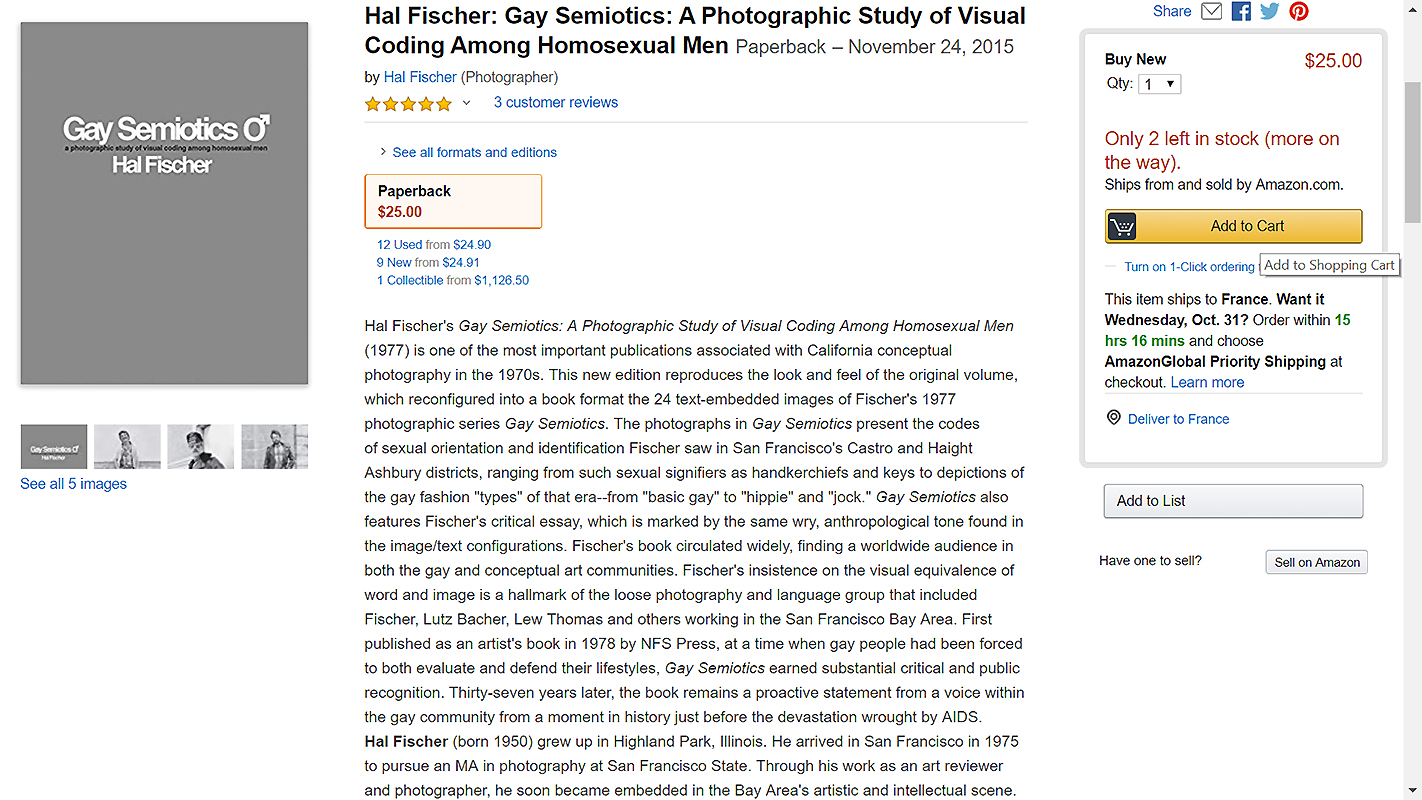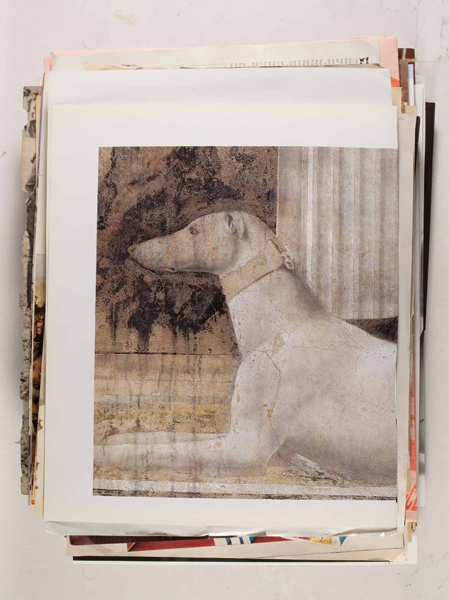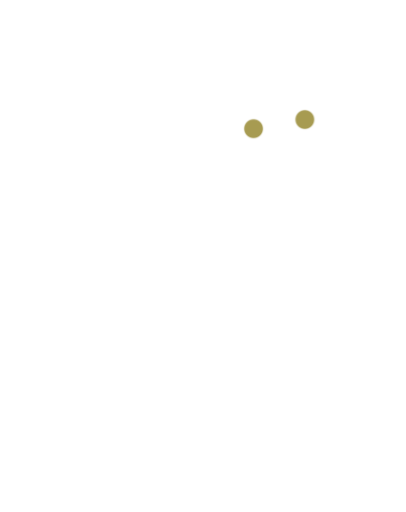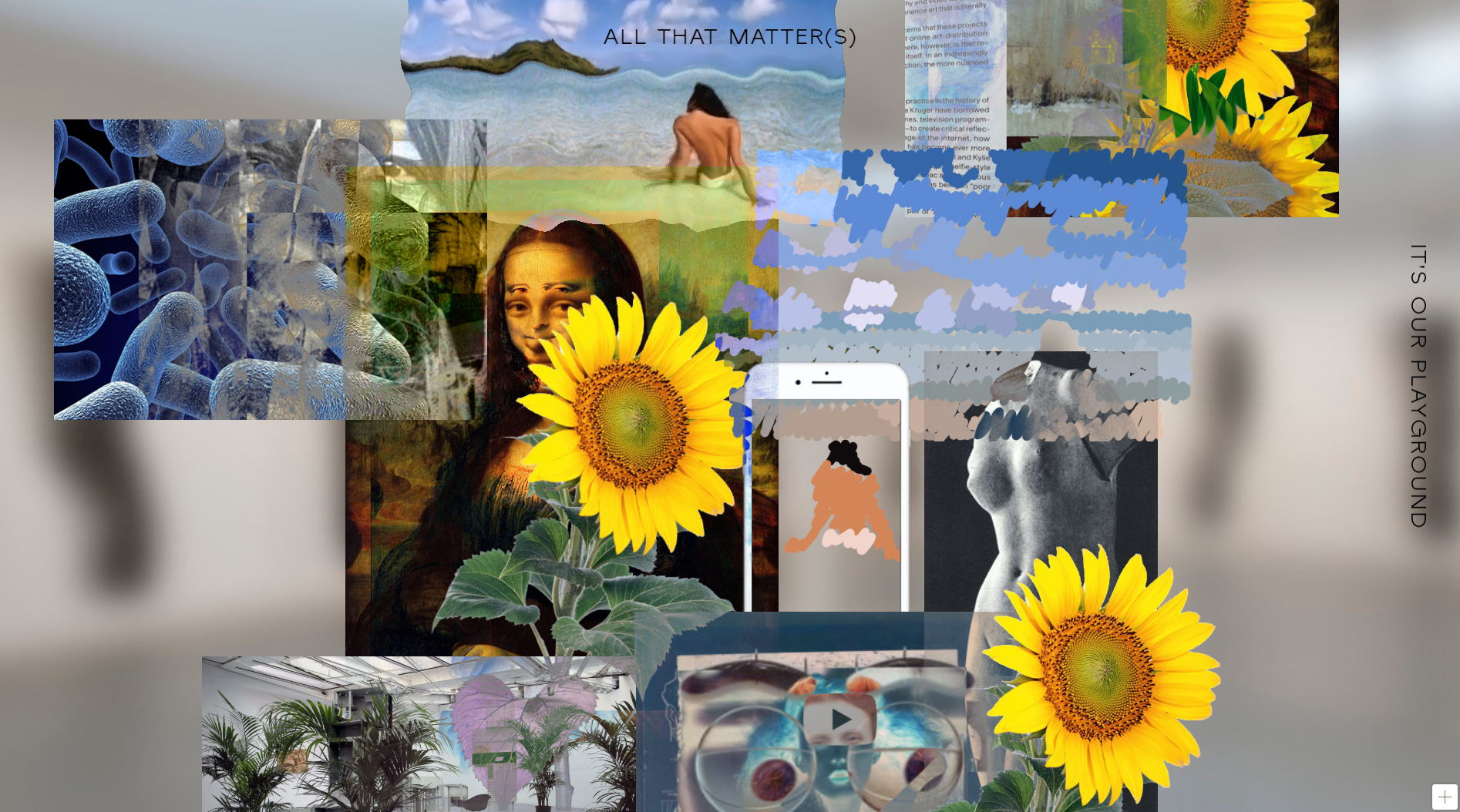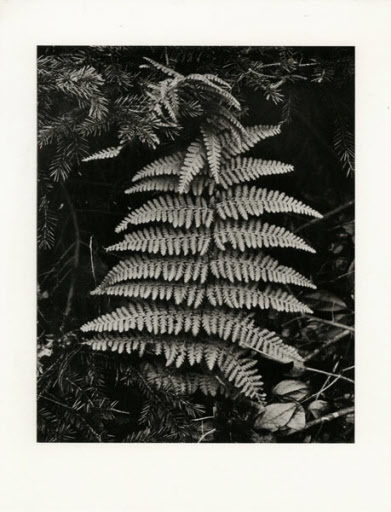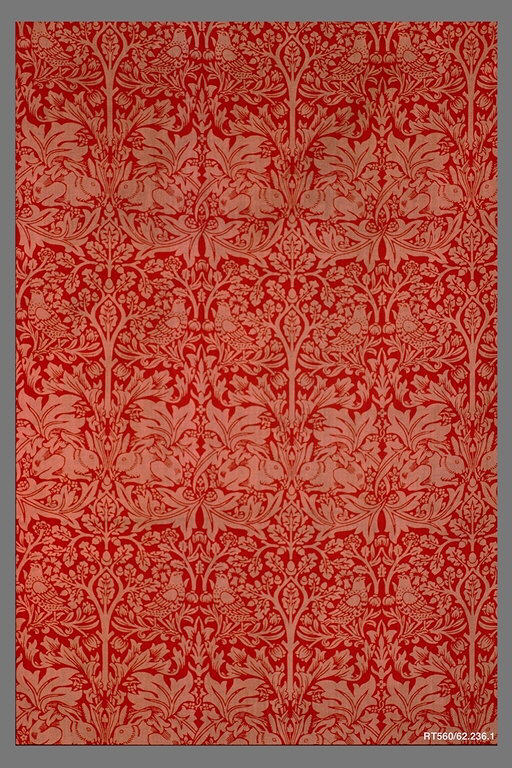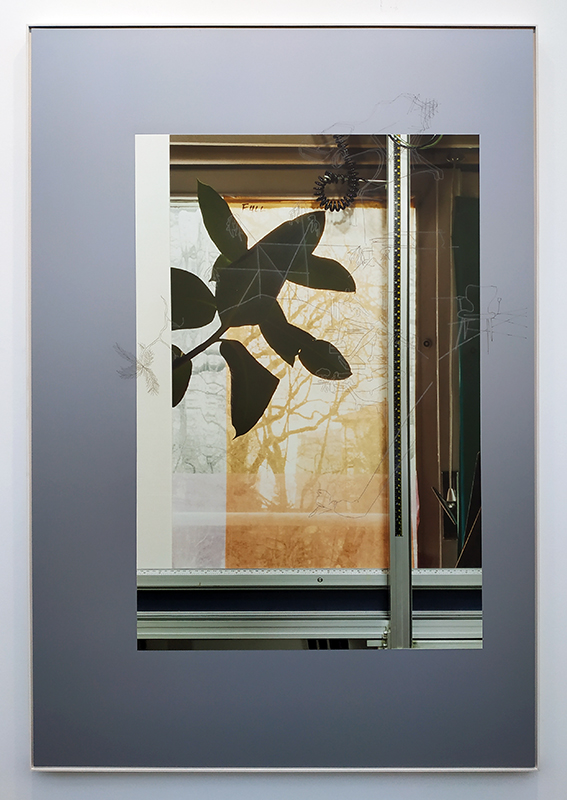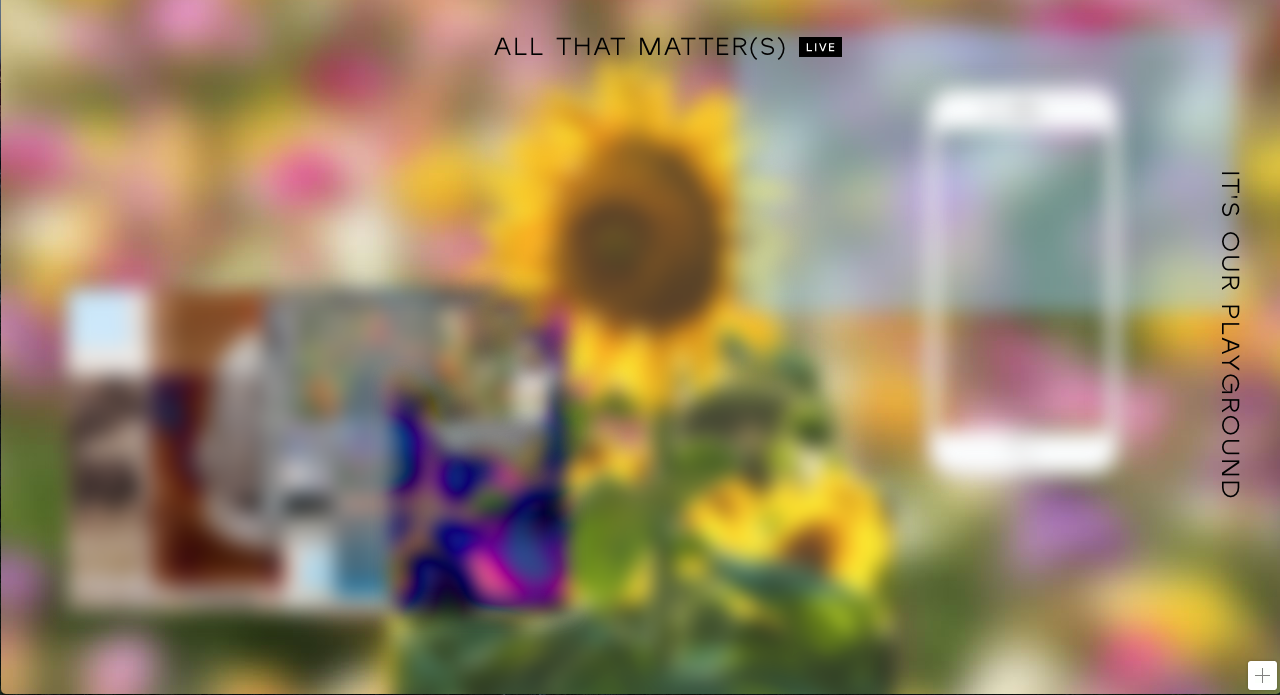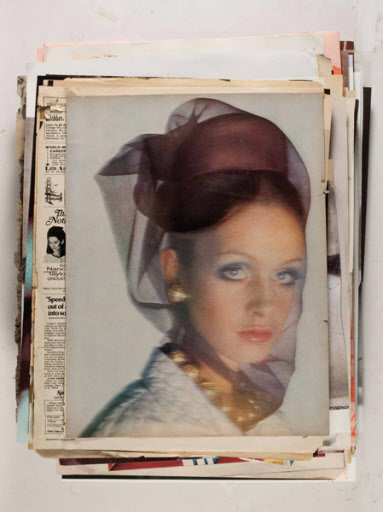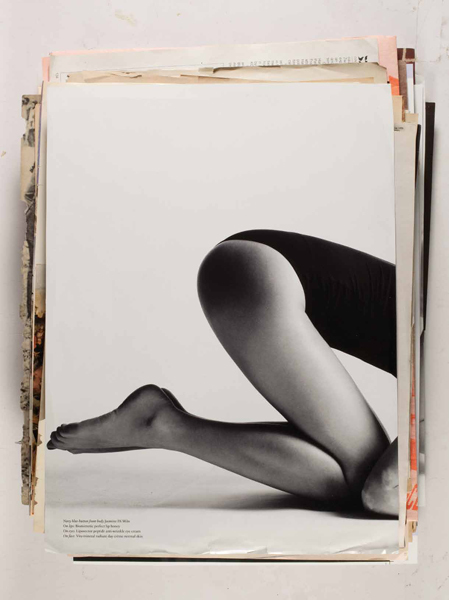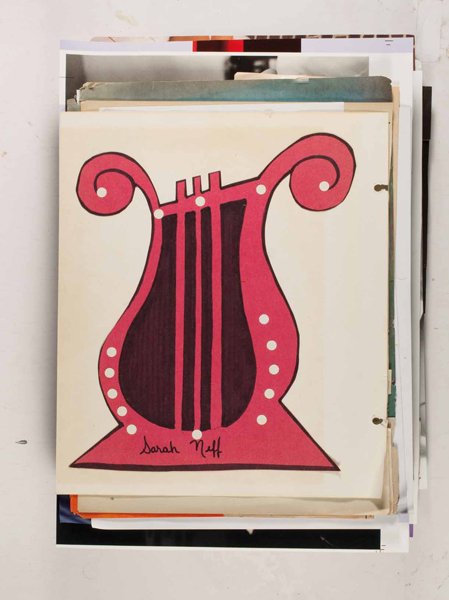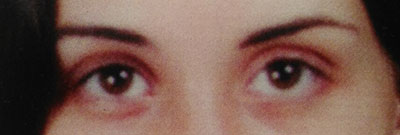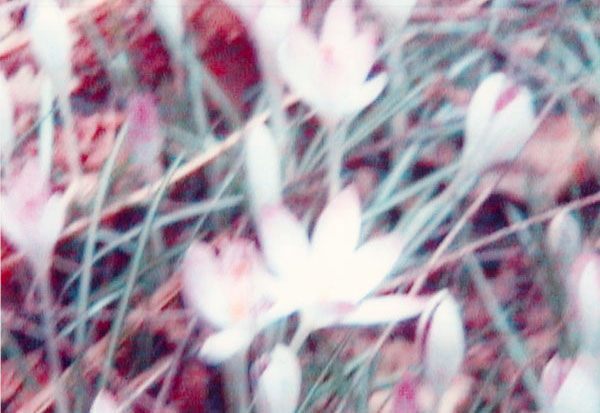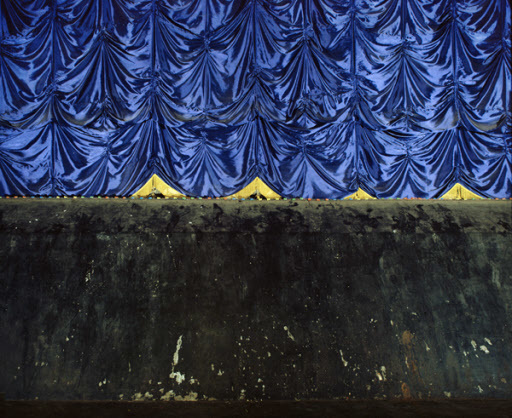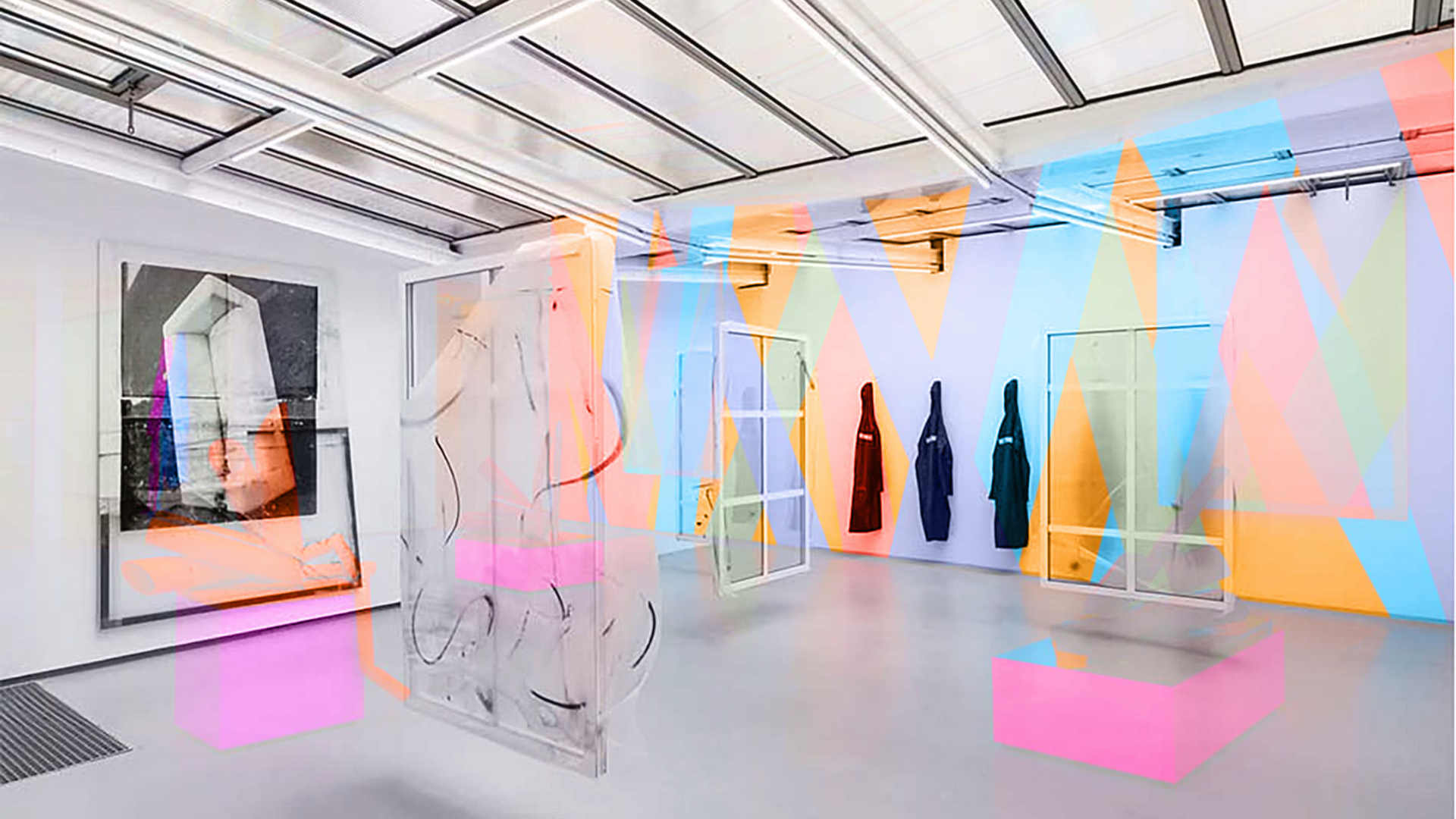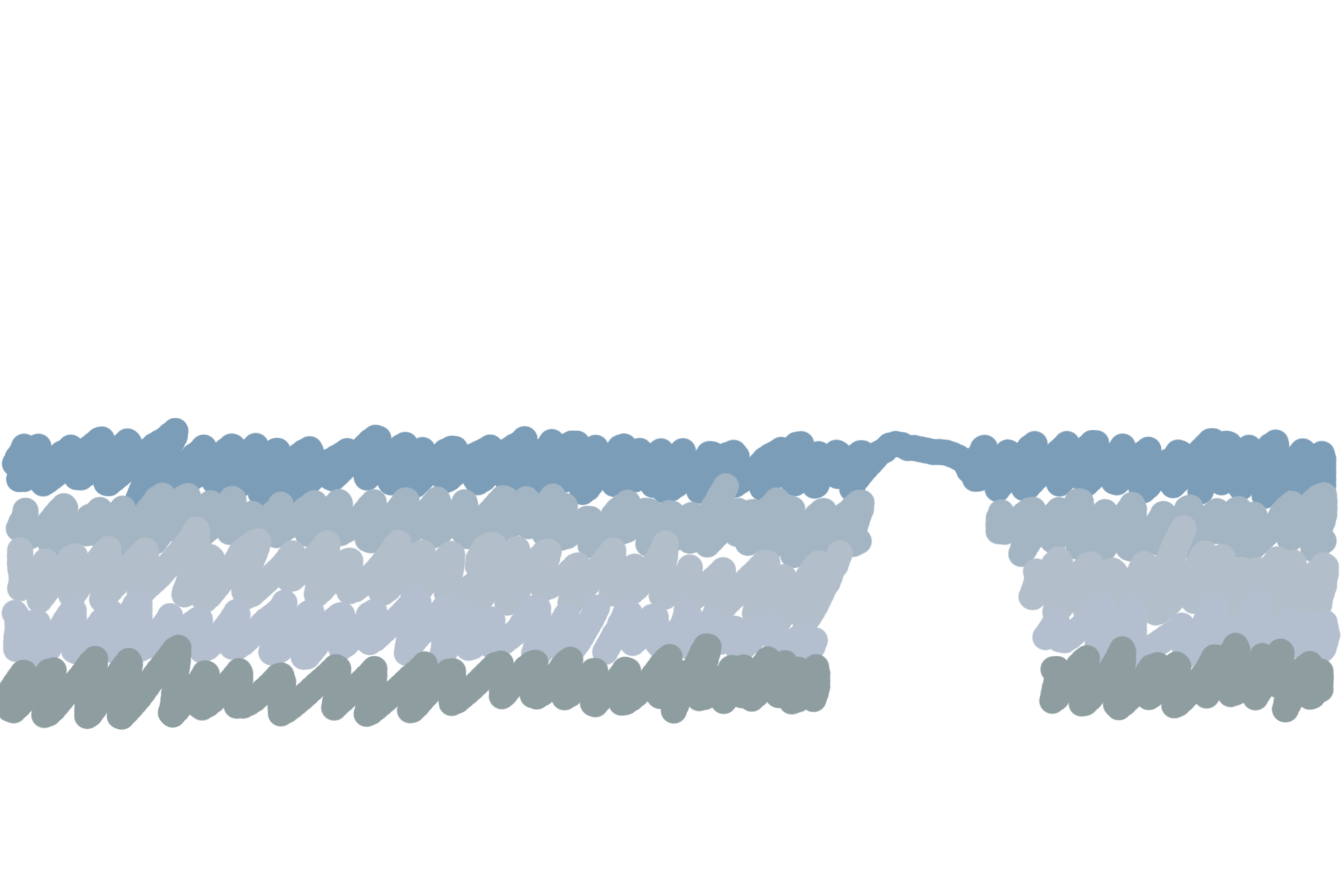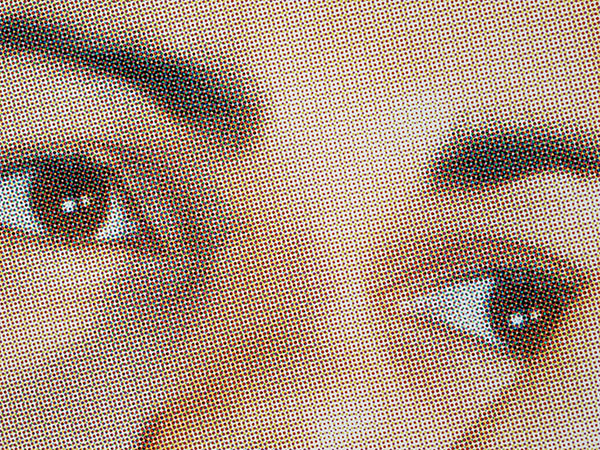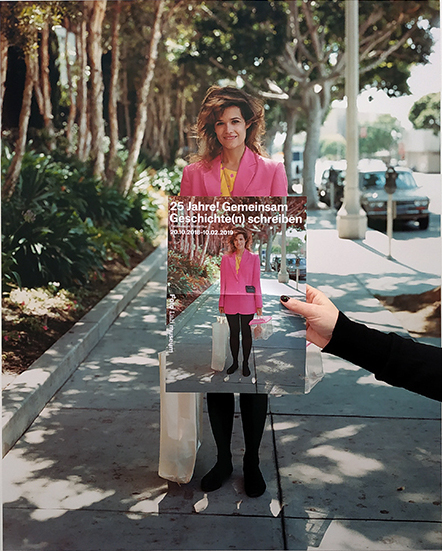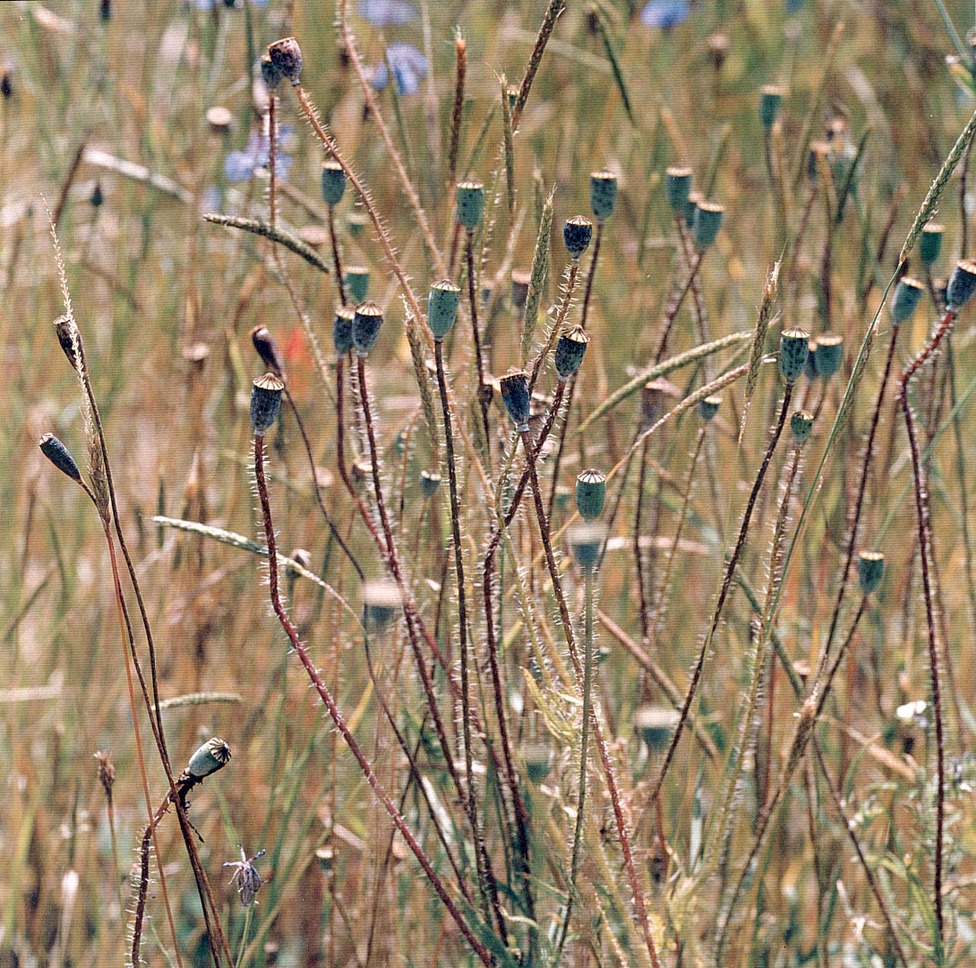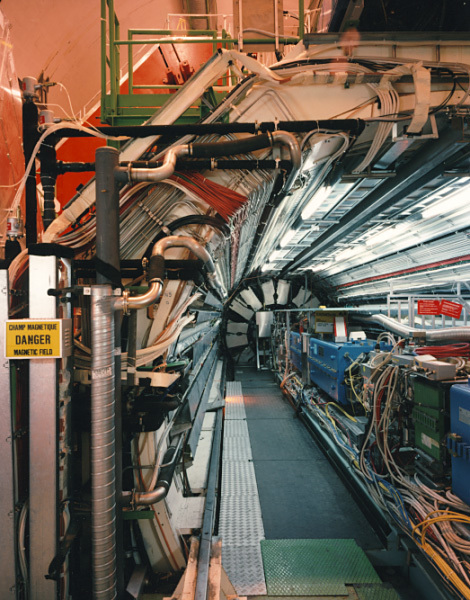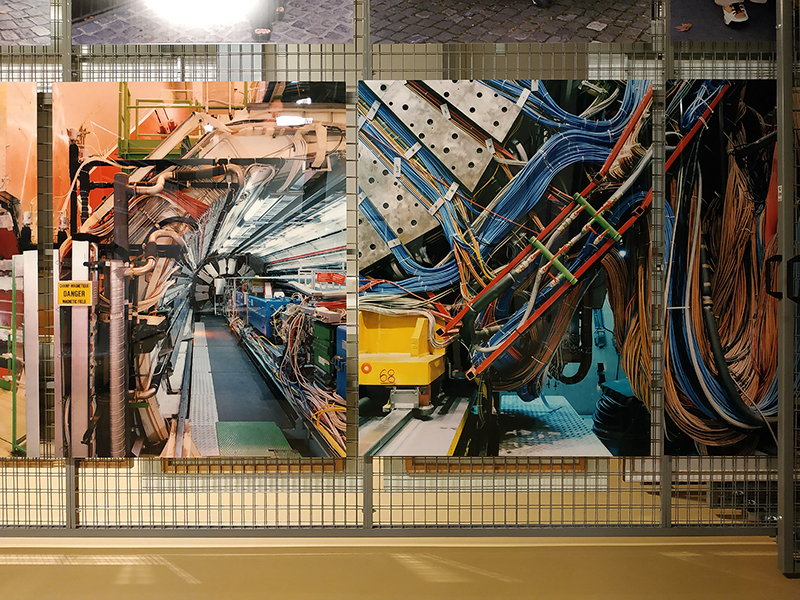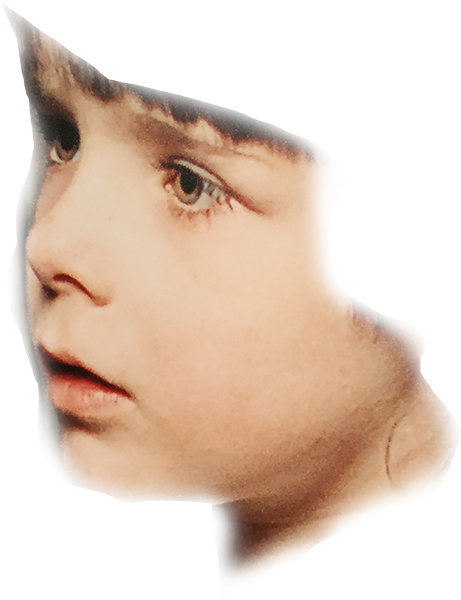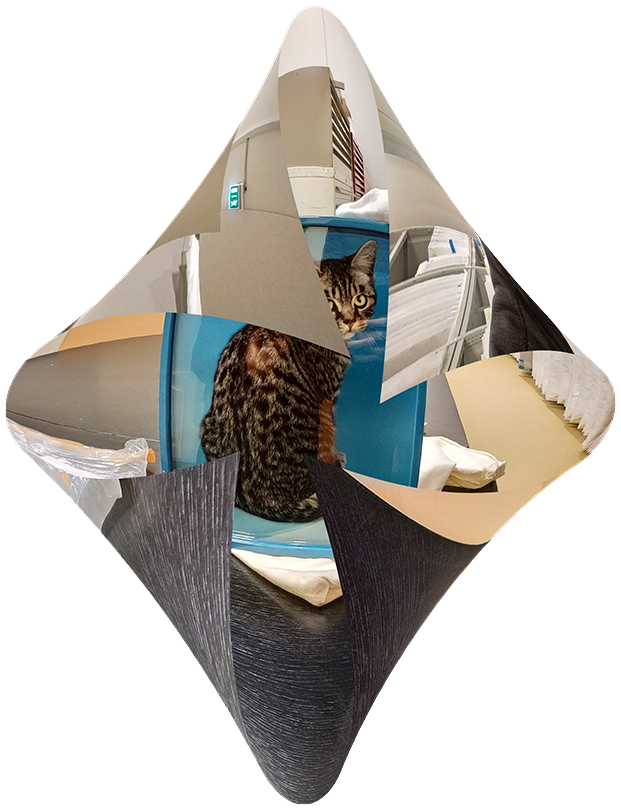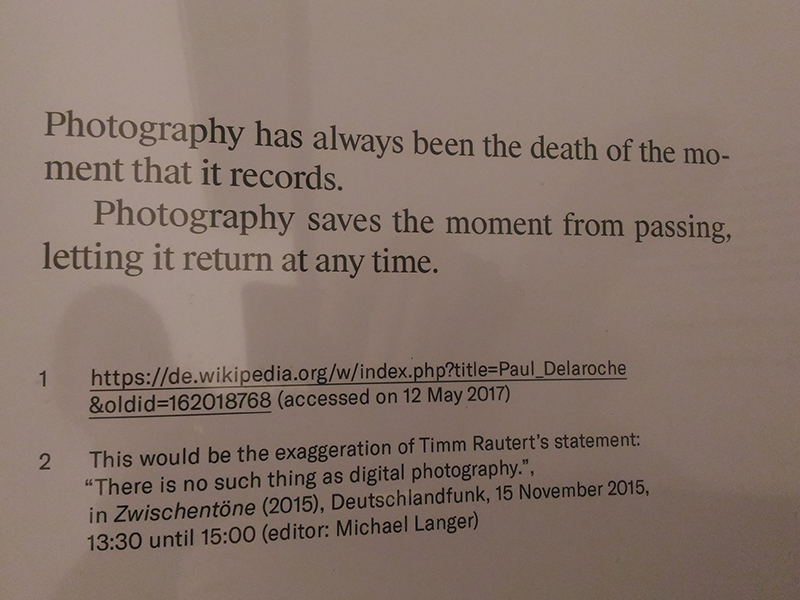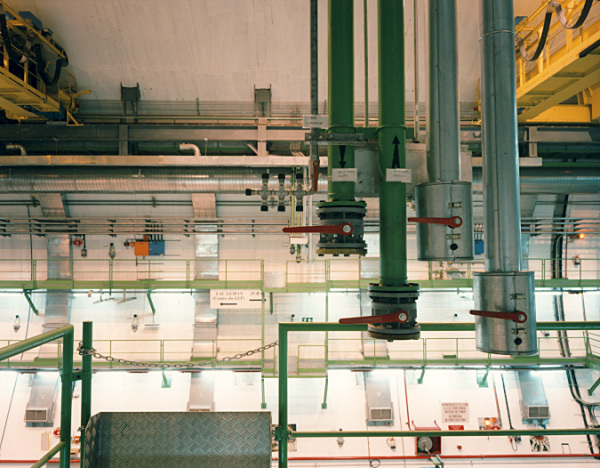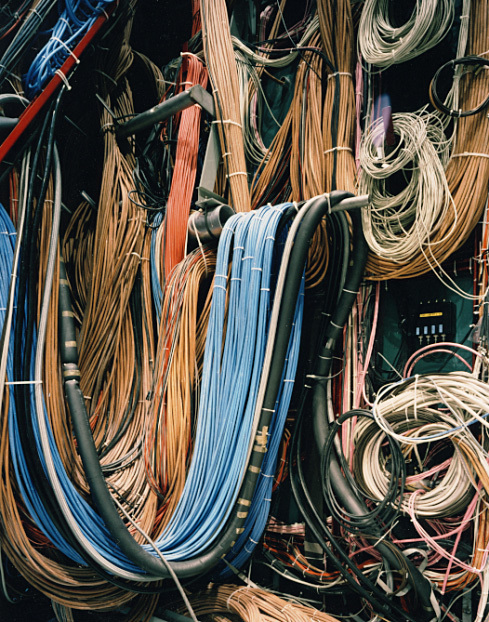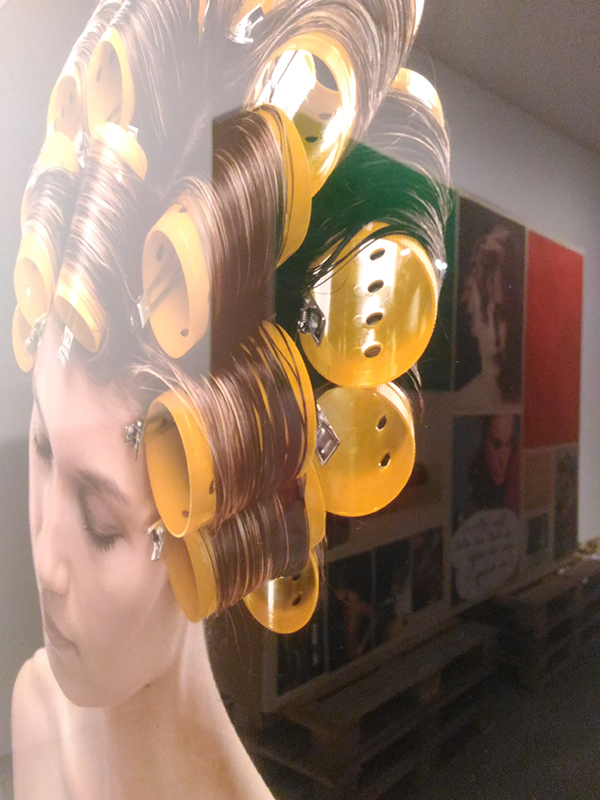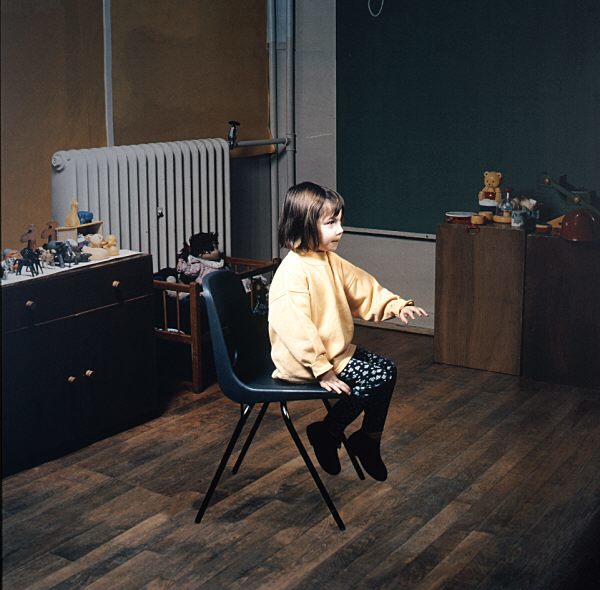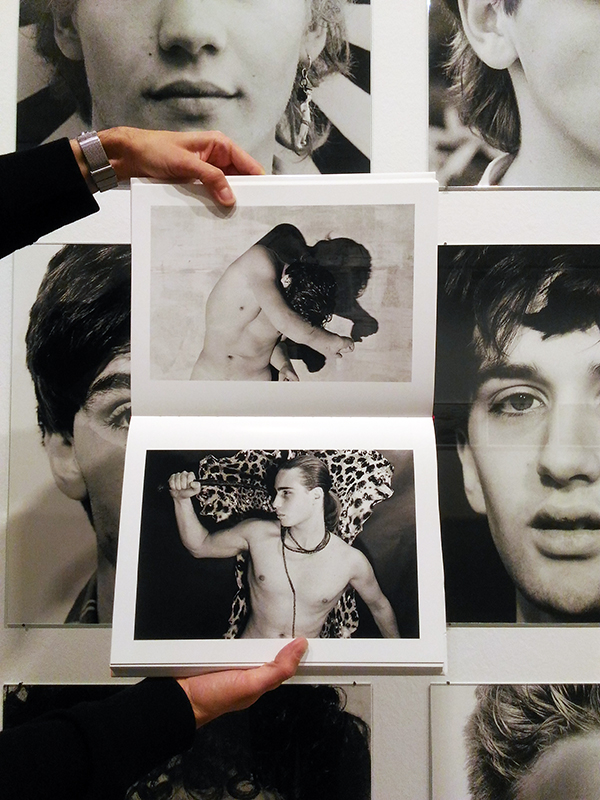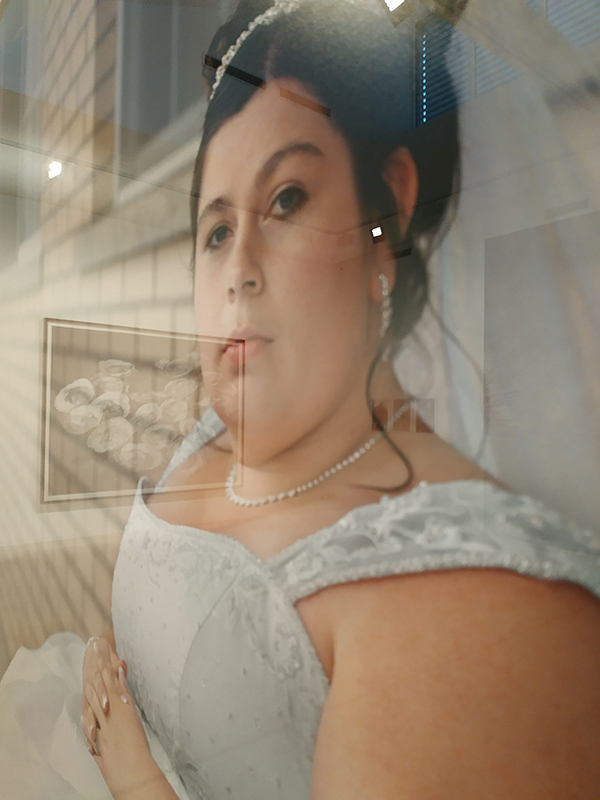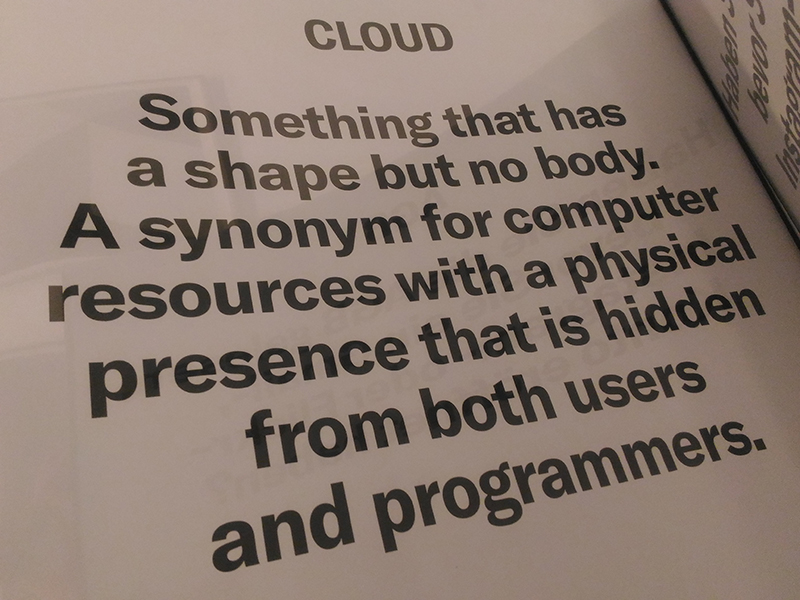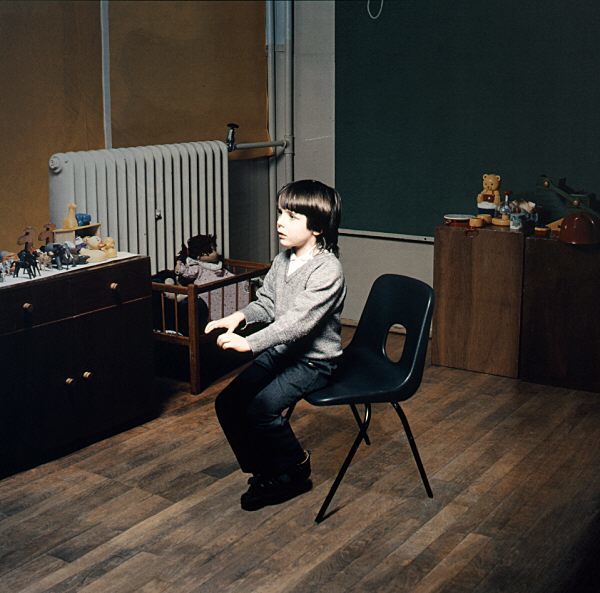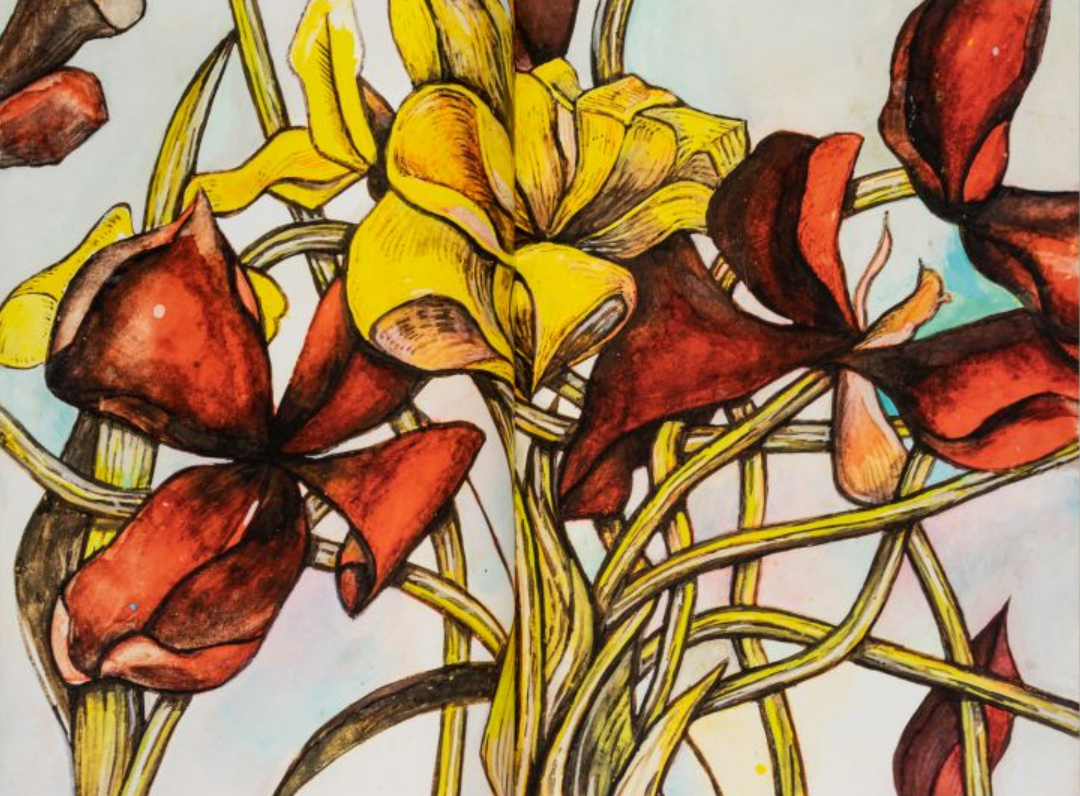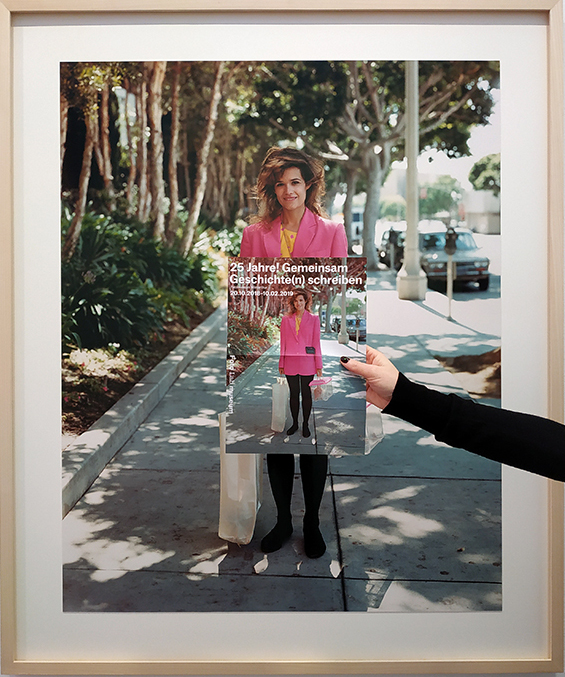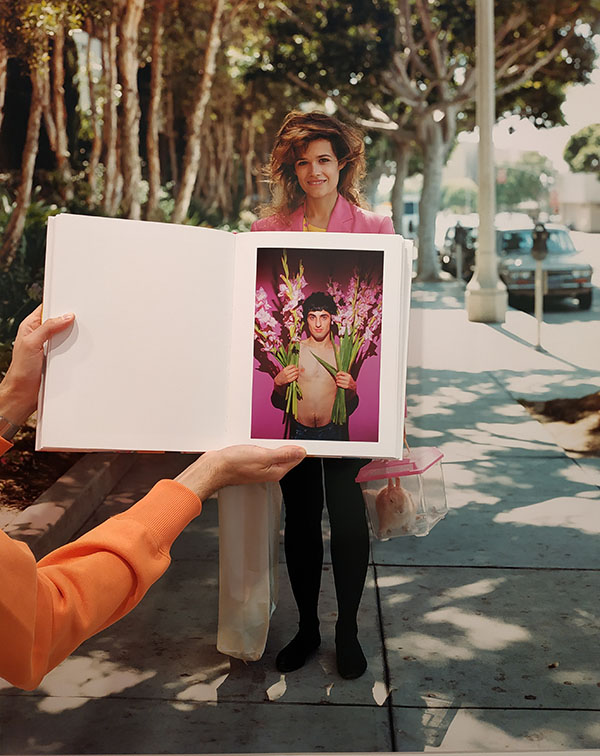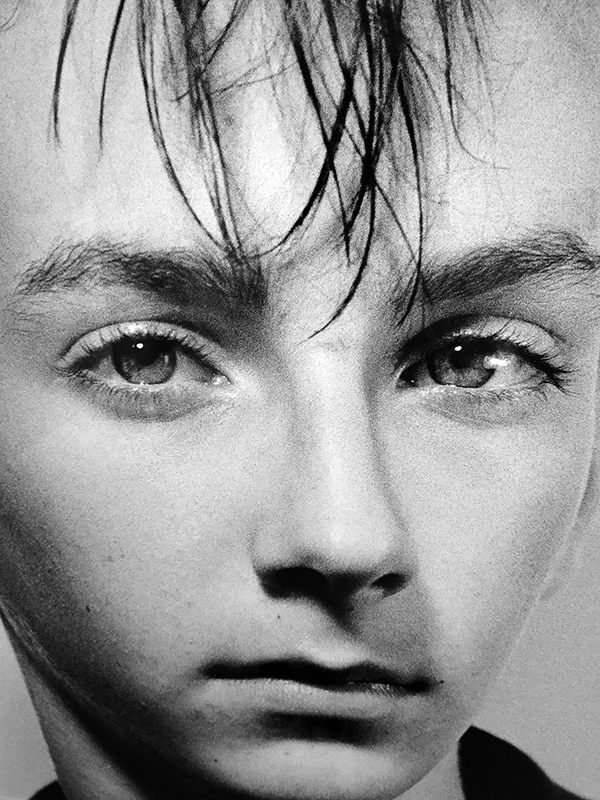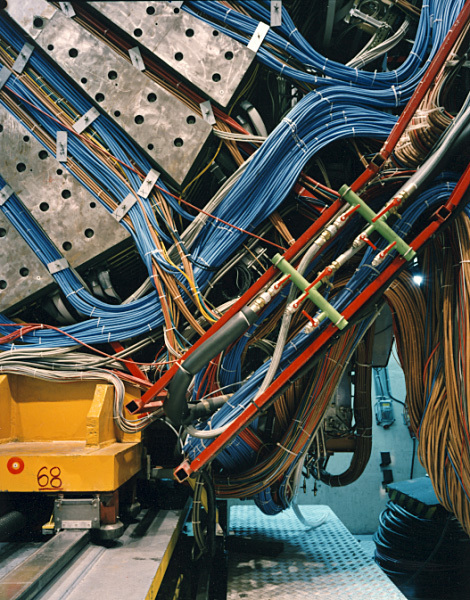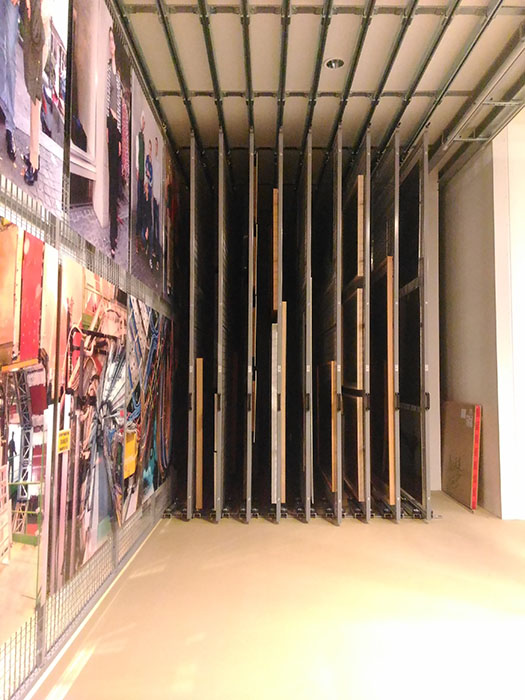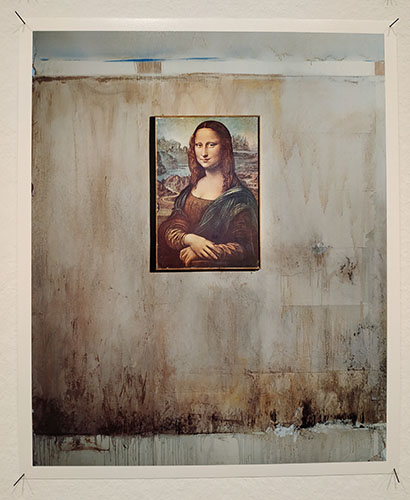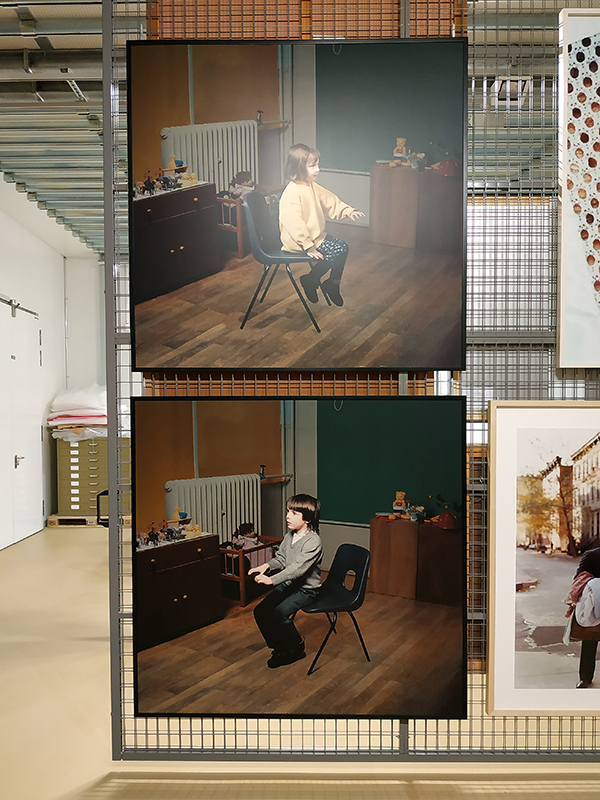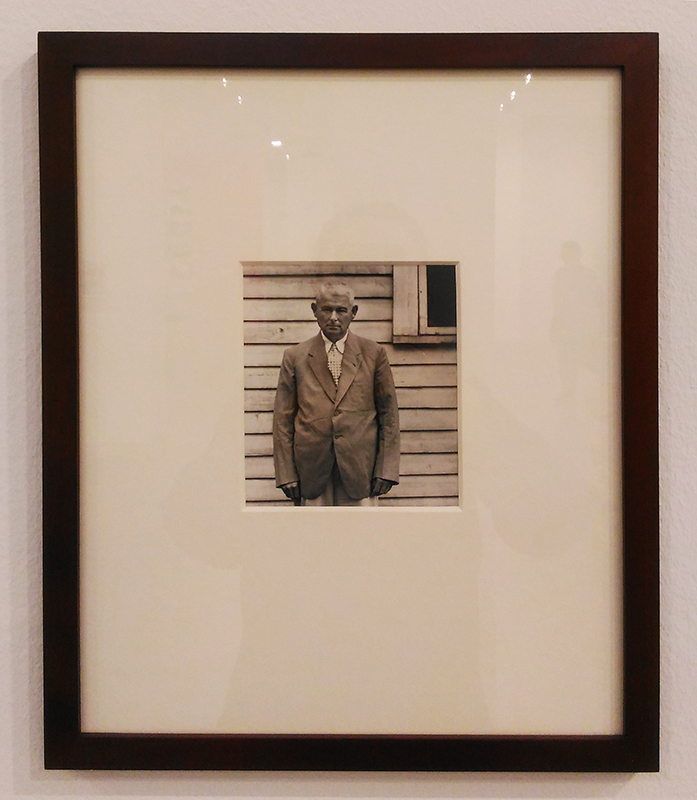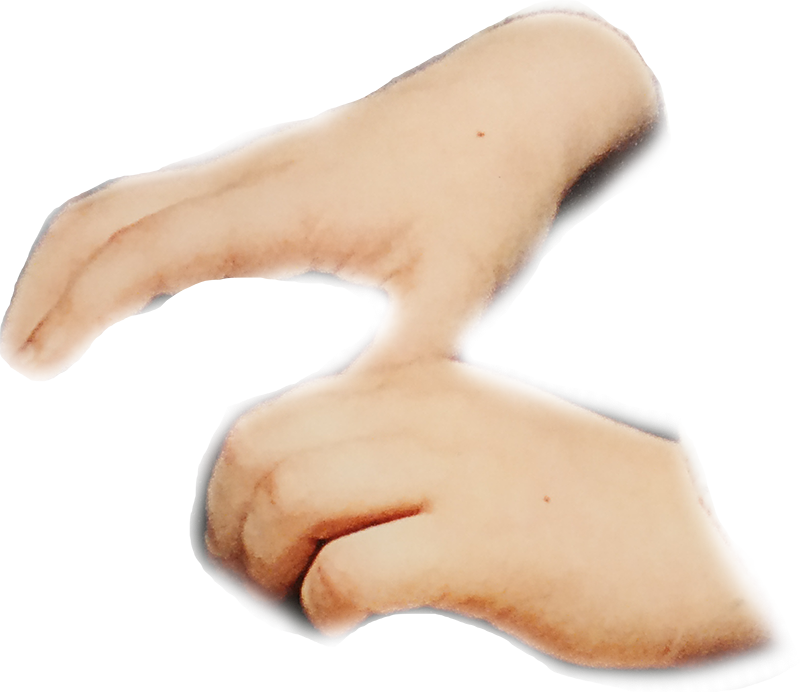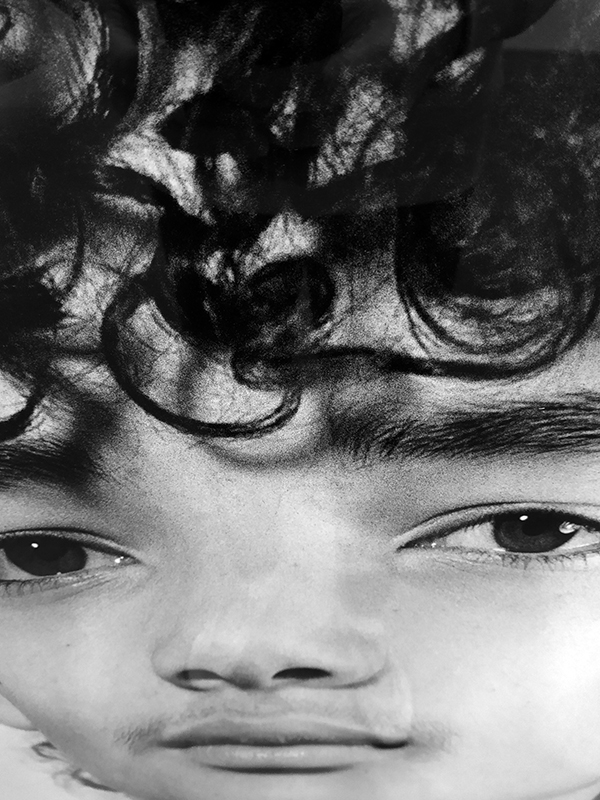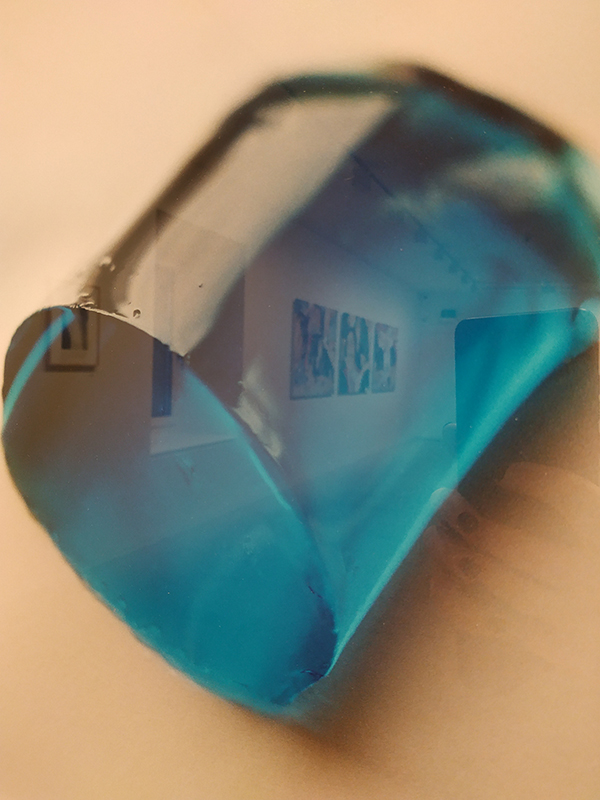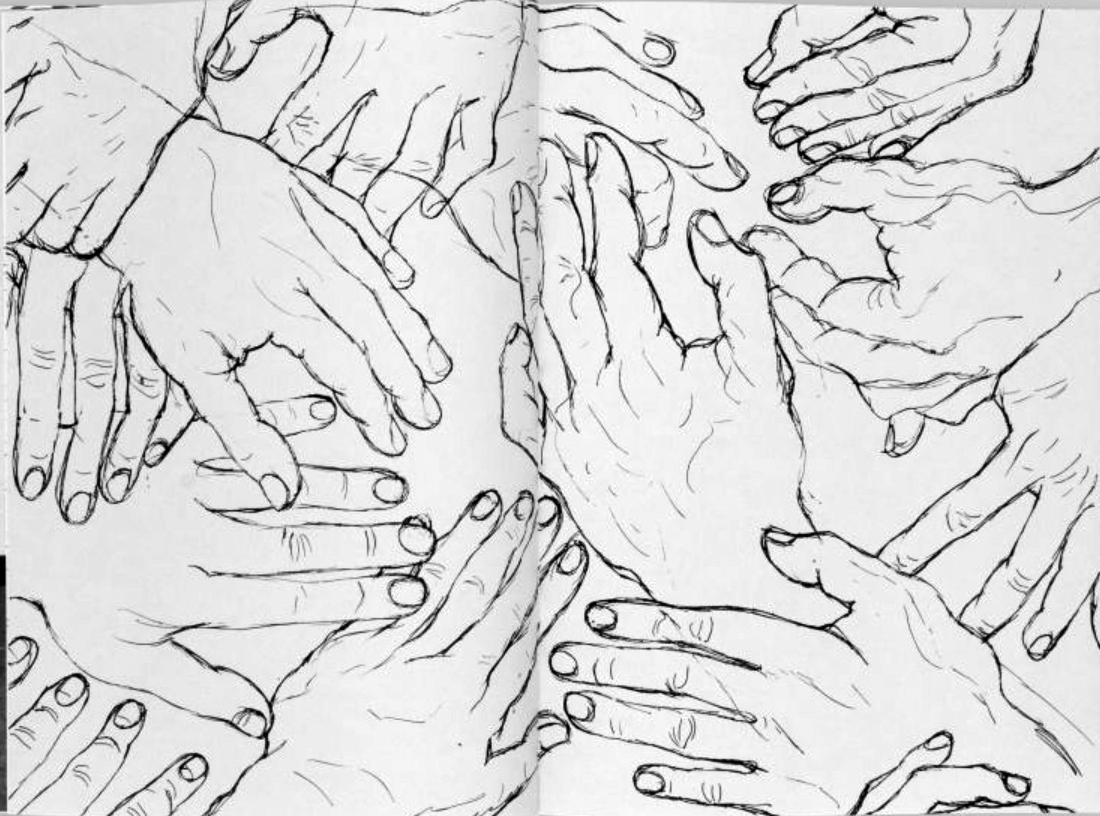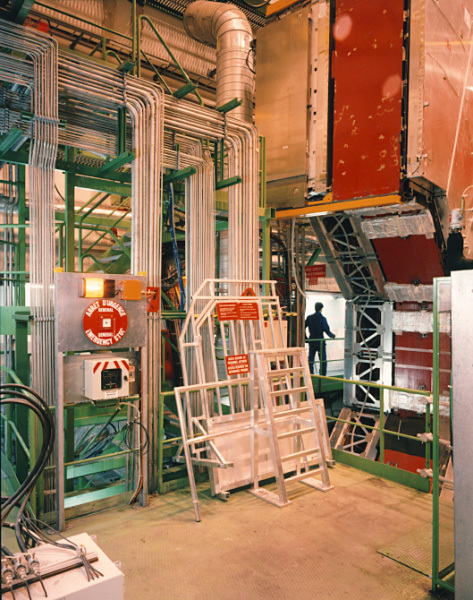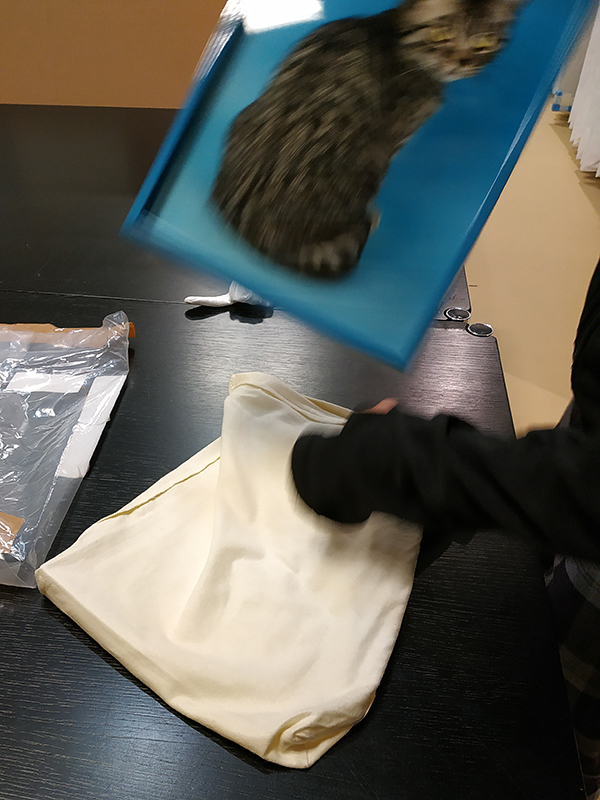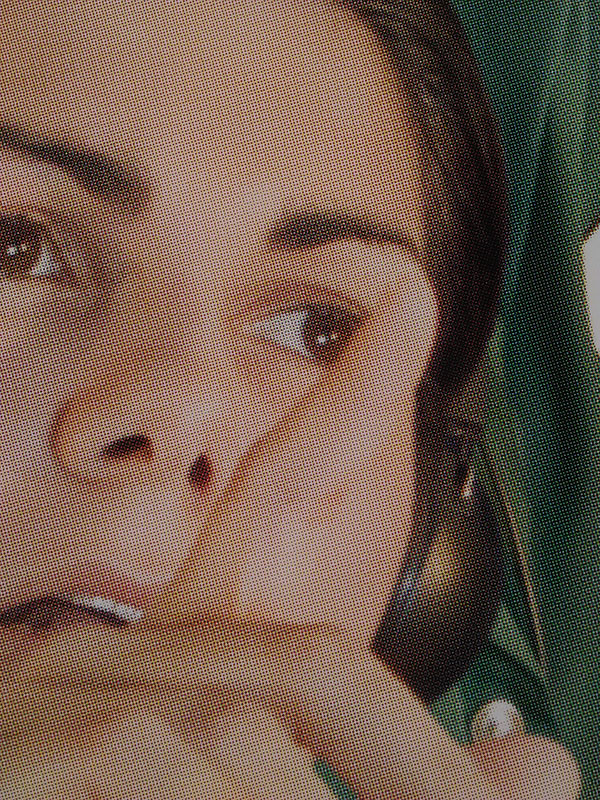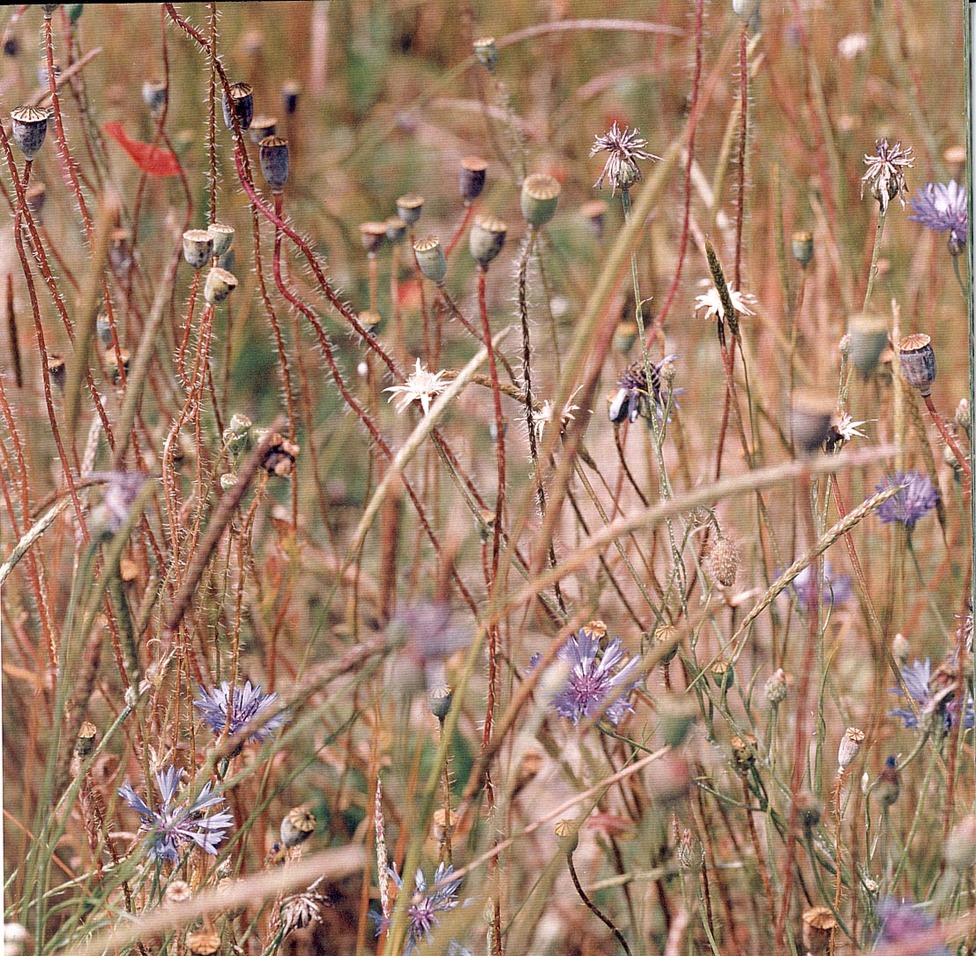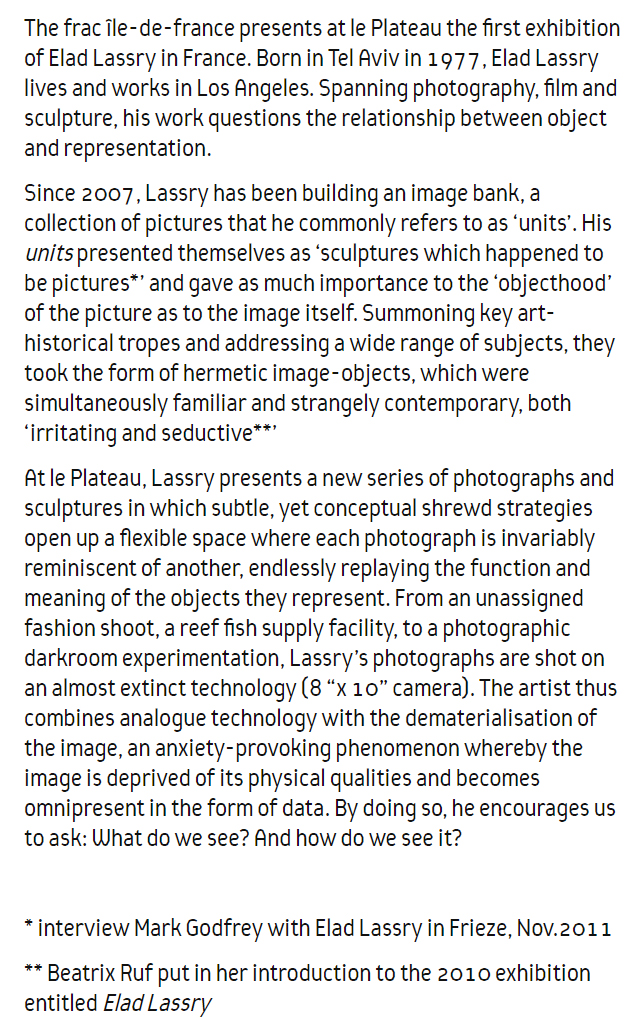 Press Text
Press TextElad Lassry
20.09 - 09.12.18
Frac Ile-de-France, Le Plateau

 It's Our Playground, PalaisInstaResidency, 201 www.instagram.com/p/BfXt3O8Hwe4/?hl=fr&taken-by=palaisinstaresidency
It's Our Playground, PalaisInstaResidency, 201 www.instagram.com/p/BfXt3O8Hwe4/?hl=fr&taken-by=palaisinstaresidency 
Development Thibaut Villemont
Font created with Metaflop


 David Horvitz, Mood Disorder, 2012
David Horvitz, Mood Disorder, 2012Digital print, 45 x 32 cm
Collection Fotomuseum Winterthur - Inv. no. 2014-026-034
© David Horvitz

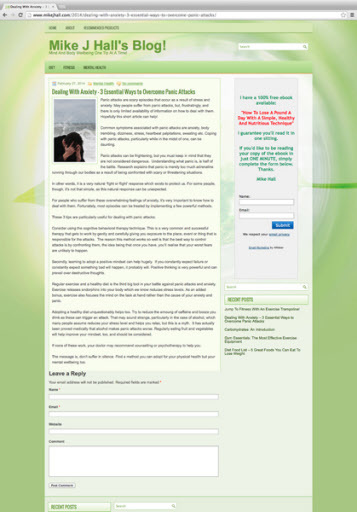 David Horvitz
David HorvitzMood Disorder, 2012
Digital print, 45 x 32 cm
Collection Fotomuseum Winterthur
Inv. no. 2014-026-056
© David Horvitz
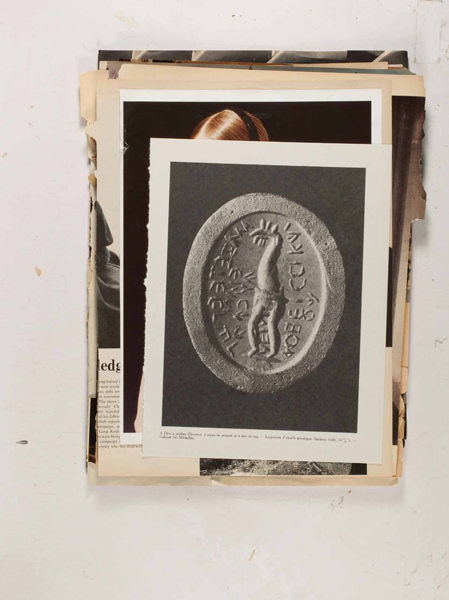 Leigh Ledare, Ohne Titel, 2012 (From: Double Bind)
Leigh Ledare, Ohne Titel, 2012 (From: Double Bind)Offset print, 30.9 x 41.3 cm
Collection Fotomuseum Winterthur - Inv. no. 2012-032-448
© Leigh Ledare and mfc-michèle didier
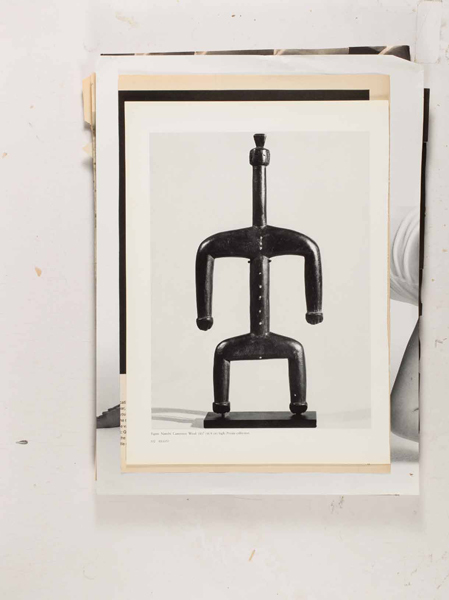 Leigh Ledare, Ohne Titel, 2012 (From: Double Bind)
Leigh Ledare, Ohne Titel, 2012 (From: Double Bind)Offset print, 30.9 x 41.3 cm
Collection Fotomuseum Winterthur - Inv. no. 2012-032-426
© Leigh Ledare and mfc-michèle didier


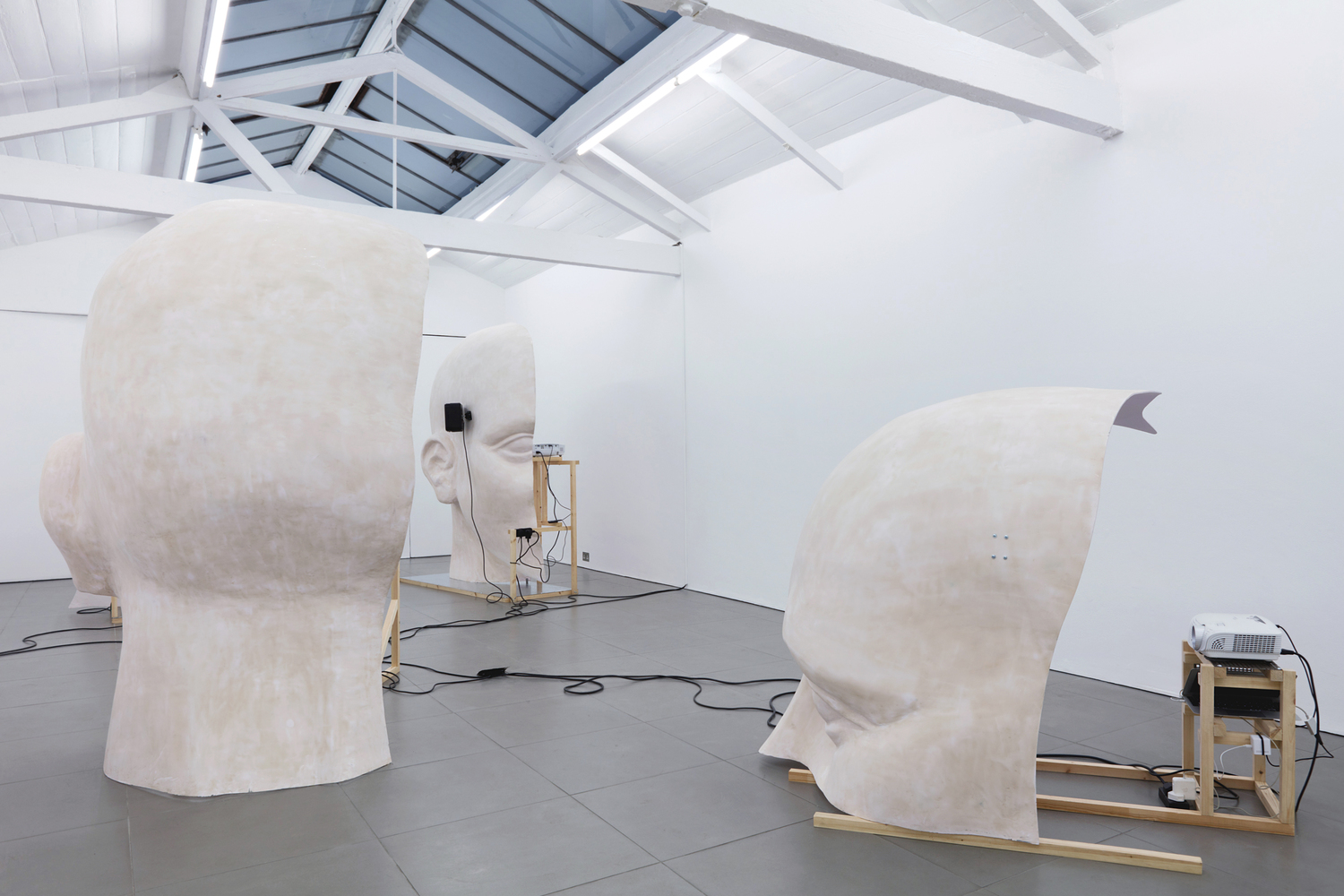 Ane de Vries, Submisson, Cell Project Space, 2016
Ane de Vries, Submisson, Cell Project Space, 2016Since the invention of computers, the data-storage race has been generating technological debates. The machines are obliged to keep offering more memory to enable us to preserve our own. Like a search engine, our brain uses this external memory more and more, and invents strategies to free itself from the overload of amassed information. It therefore knows where to find the details it needs, without needing to store the contents: a new way to operate our encephalon, approaching a form of artificial intelligence.
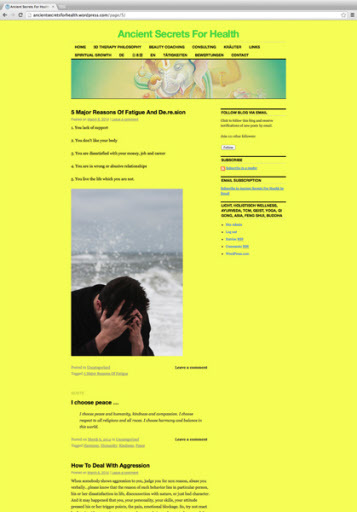 David Horvitz, Mood Disorder, 2012
David Horvitz, Mood Disorder, 2012Digital print, 45 x 32 cm
Collection Fotomuseum Winterthur - Inv. no. 2014-026-052
© David Horvitz
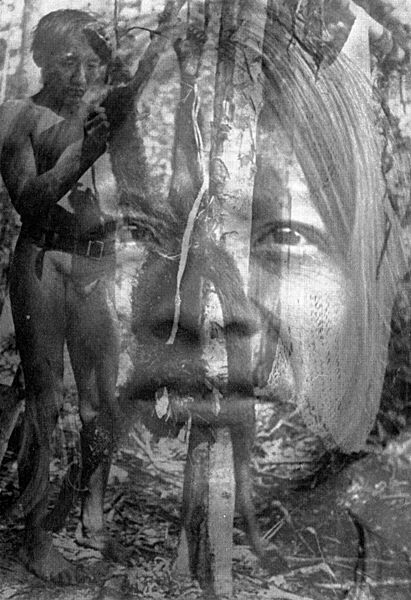 Rémy Markowitsch, Ohne Titel, 2004 (From: On Travel:
Rémy Markowitsch, Ohne Titel, 2004 (From: On Travel: 
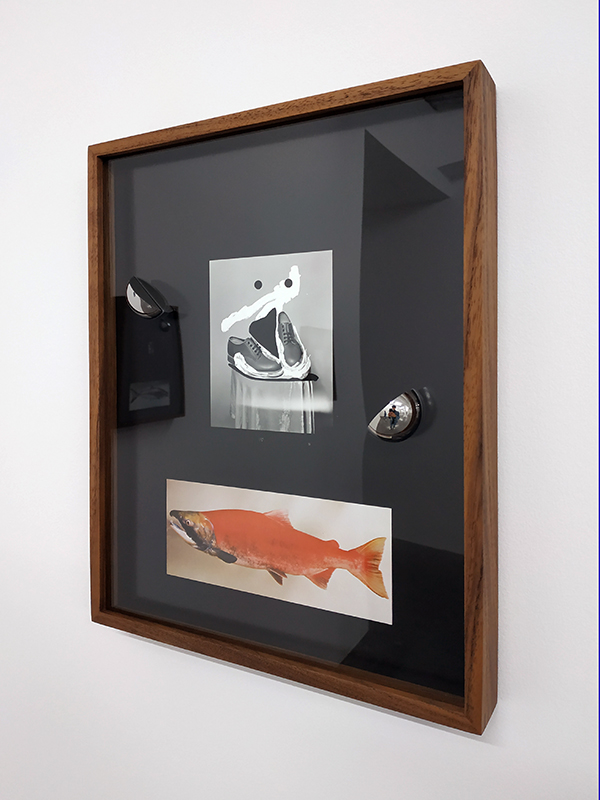



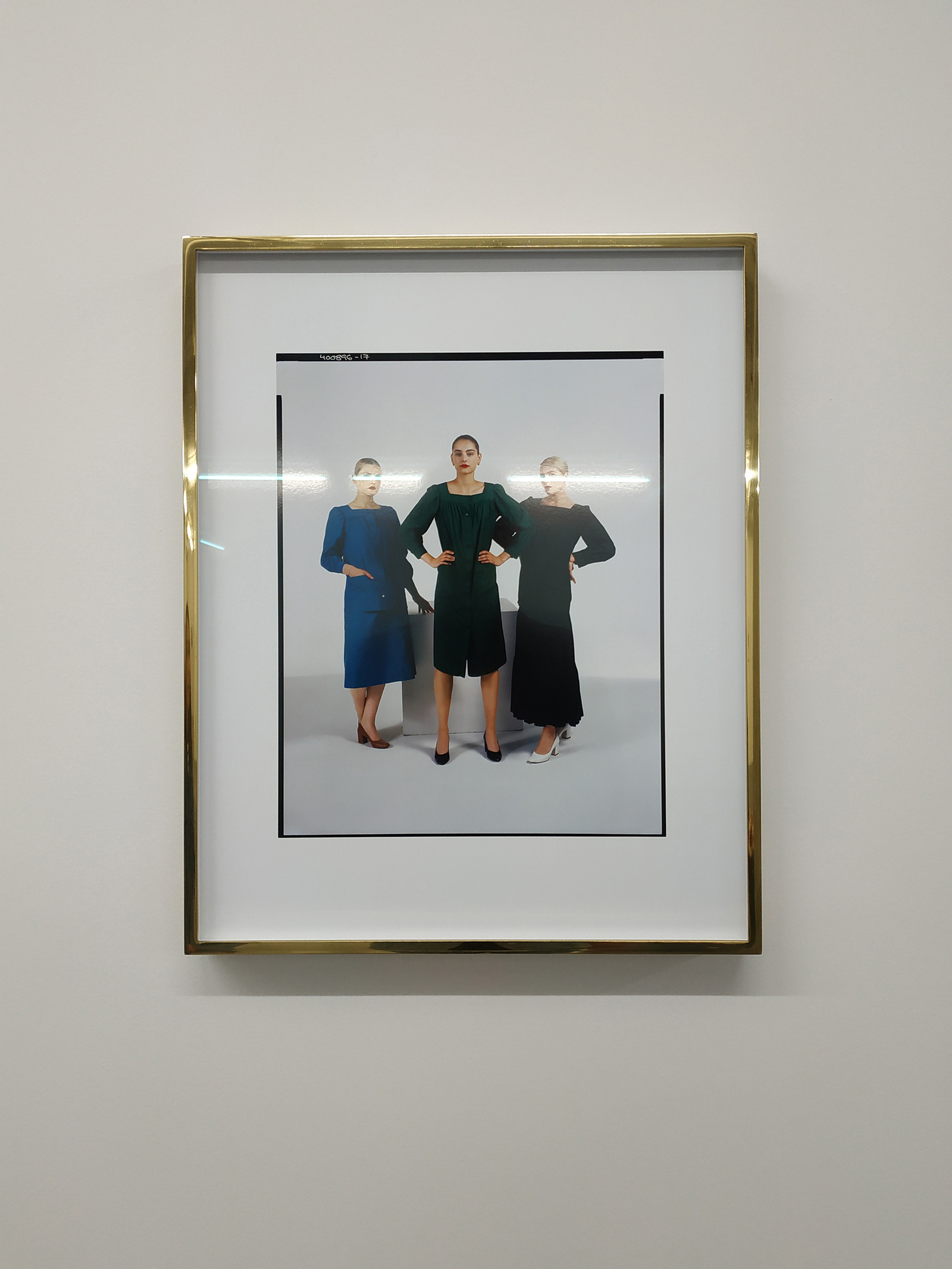 Elad Lassry
Elad LassryUntitled (assignment), 2018
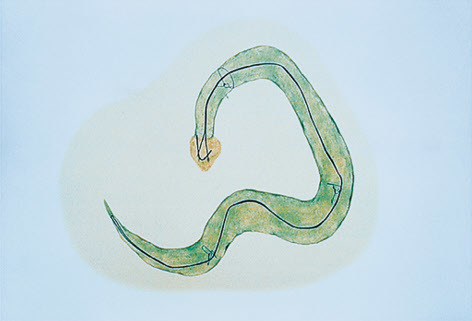 Rémy Markowitsch, Snake (Schlange), 1995 (From: ÄsopScans)
Rémy Markowitsch, Snake (Schlange), 1995 (From: ÄsopScans)Elektrostatic print on paper, aluminium, 98 x 131 cm
Collection Fotomuseum Winterthur, gift Rémy Markowitsch - Inv. no. 2007-013-011
© Rémy Markowitsch
PHOTOSHOP BRAIN SYNDROME
As artists, we create images, and as curators we believe in their potential – the potential to travel, to spread and to inspire. The stroboscopic effects that flow across our screens largely produce constellations of attractive images, colours, shapes and textures; materials, artists’ names, sources and exhibition venues all intermingle.
Unlike the view of an exhibition taken by camera, that which is imprinted on our retina in our huge memory library is subject to our fleeting moods, emotional states and the vicissitudes of ageing. We mentally impose filters on these images, these memories of visits, similar to those produced by the inventors of Photoshop, the photo touch-up software produced by the Knoll brothers at the end of the 1980s and marketed by Adobe in 1990.
Our neurons, suffering from PBS, thus turn part of our brain into a kind of Adobe suite containing photo touch-up software, desktop publishing software, graphic design software all used as a crutch to our memories. Our brains now have the resources they need to transform this excess of artworks into raw materials1. Far from the kind of saturation potentially caused by the consumption of exponential numbers of images every day, artists have right in front of them a new material to be manipulated, copied, displayed, a raw material for new works.
Since IT tools were invented, the drive to store data has been central to technological discussions. Machines must be equipped with ever-increasing amounts of memory to allow us to preserve our own. Just like search engines, our brains increasingly use these external memories and invent strategies to cope with an excess of stored information. They know where to go to seek the information they need, without having to store content. This new way of using our brains is increasingly close to a form of artificial intelligence. Brains contaminated by this nervous disorder become galleries, museums, studios, palettes. As we are not doctors, much less consultants. we find it still too difficult to know what proportion of the world population is affected by Photoshop Brain Syndrome.
IOP - (Extract from Photoshop Bain Syndrome published in Augmented Photography by ECAL, 2017)
1 - It's Our Playground, Mental Matter at Les Bains-Douches, Alençon 2016.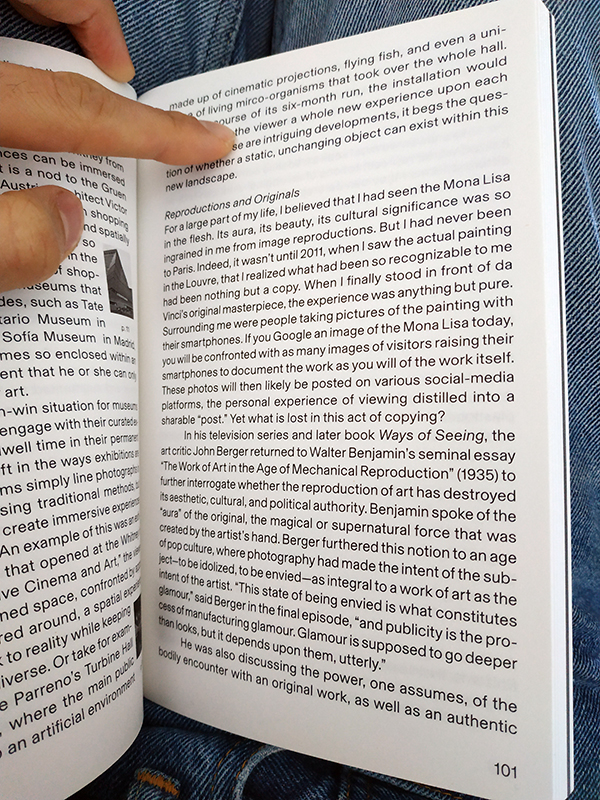 Omar Kholeif, 2018
Omar Kholeif, 2018Goodbye, World! Looking at Art in the Digital Age
Sternberg Press
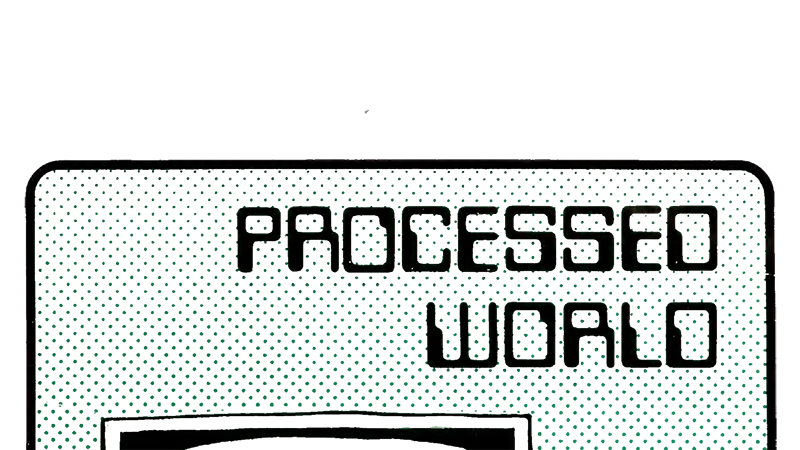
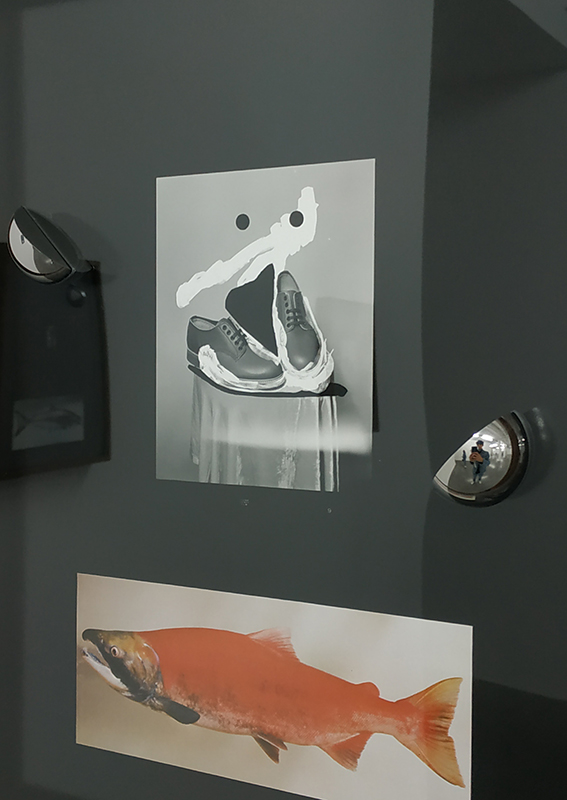



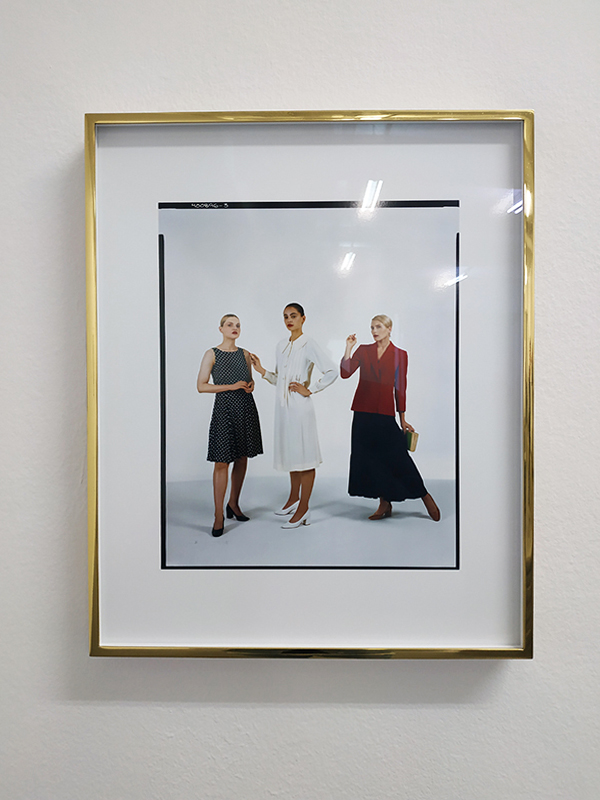 Elad Lassry
Elad LassryUntitled (Assignment), 2018

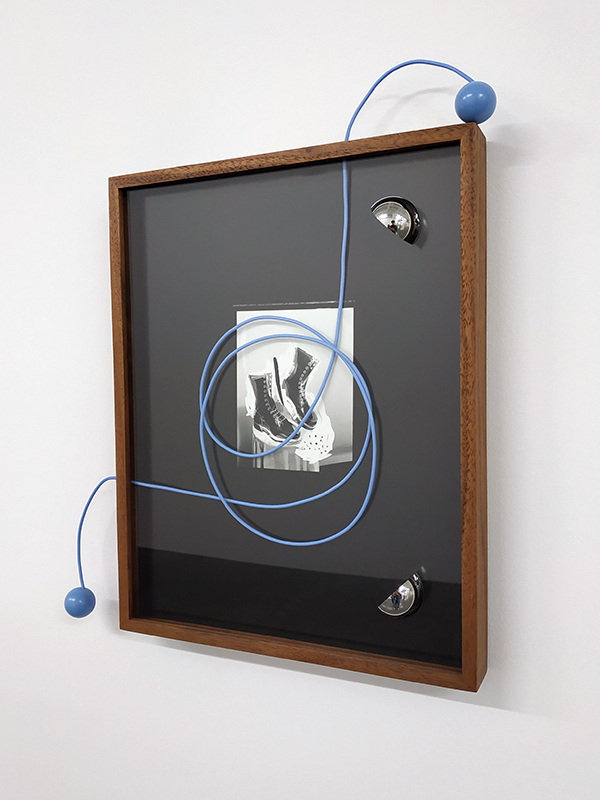 Elad Lassry
Elad LassryUntitled (Boots, Blue Cord), 2018
 Matthias Gabi, Uhr, 2010 (From: Buchdruck)
Matthias Gabi, Uhr, 2010 (From: Buchdruck)Inkjet print, 29.7 x 21 cm
Collection Fotomuseum Winterthur - Inv. no. 2011-008-013
© Matthias Gabi
For SITUATIONS, It’s Our Playground will think about the future of the institution through the prism of the Internet and the digital using an online platform dedicated to curation. Taking the Fotomuseum Winterthur collection as a starting point, the duo will select content (online and IRL) and display its research on the evolving website. The upgrading process will happen ‘live’ on the page, meaning online visitors will be able to see the elements moving and being added in real time. New matter and images will then emerge from the curation and juxtaposition of documents.
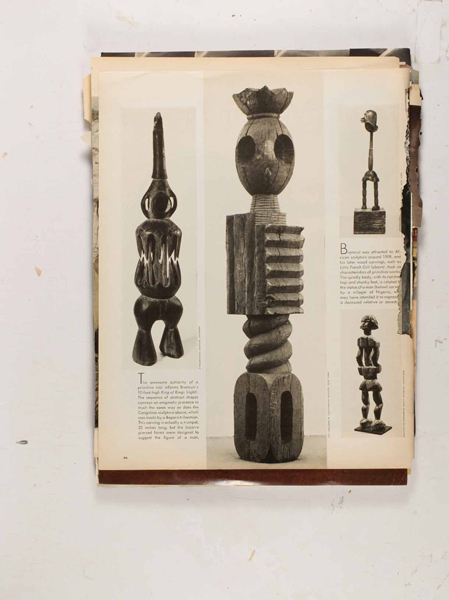 Leigh Ledare, Ohne Titel, 2012 (From: Double Bind)
Leigh Ledare, Ohne Titel, 2012 (From: Double Bind)Offset print, 30.9 x 41.3 cm
Collection Fotomuseum Winterthur - Inv. no. 2012-032-442
© Leigh Ledare and mfc-michèle didier

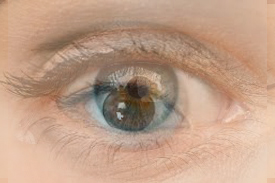
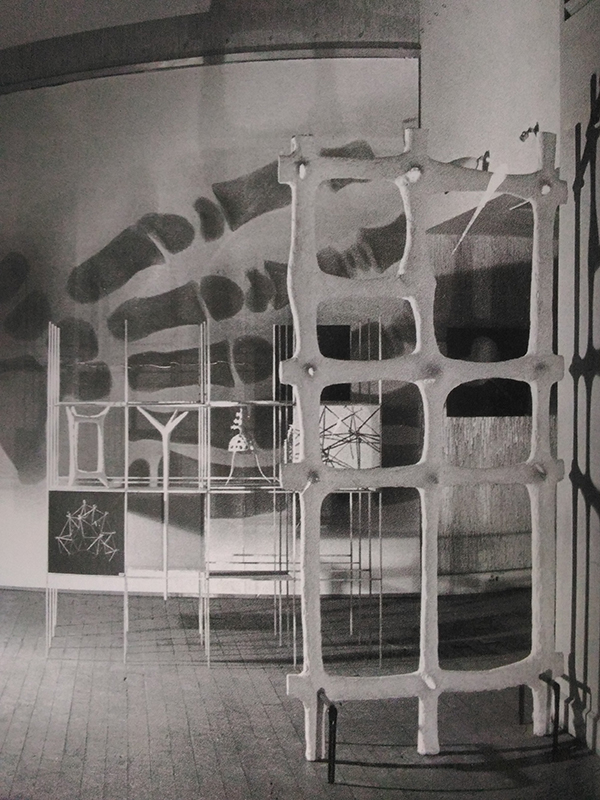 Richard Hamilton
Richard HamiltonGrowth and form, 1951
Institute of Contemporary Arts (ICA), London
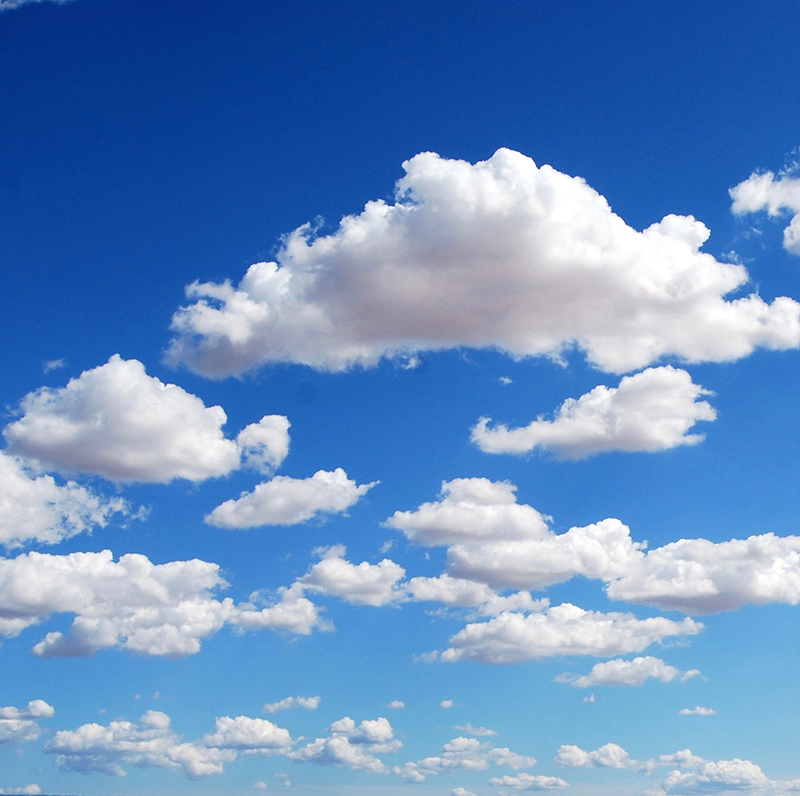
 Anne de Vries, Katanga Bub, 2011
Anne de Vries, Katanga Bub, 2011Foam Fotografiemuseum Amsterdam
 Robert Heinecken, Ohne Titel, 1964-1968 (From: Are You Rea)
Robert Heinecken, Ohne Titel, 1964-1968 (From: Are You Rea)Lithograph, 32.4 x 25.4 cm
Collection Fotomuseum Winterthur - Inv. no. 2012-036-007
© The Estate of Robert Heinecken

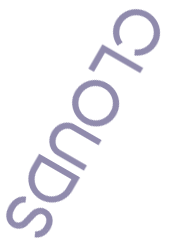
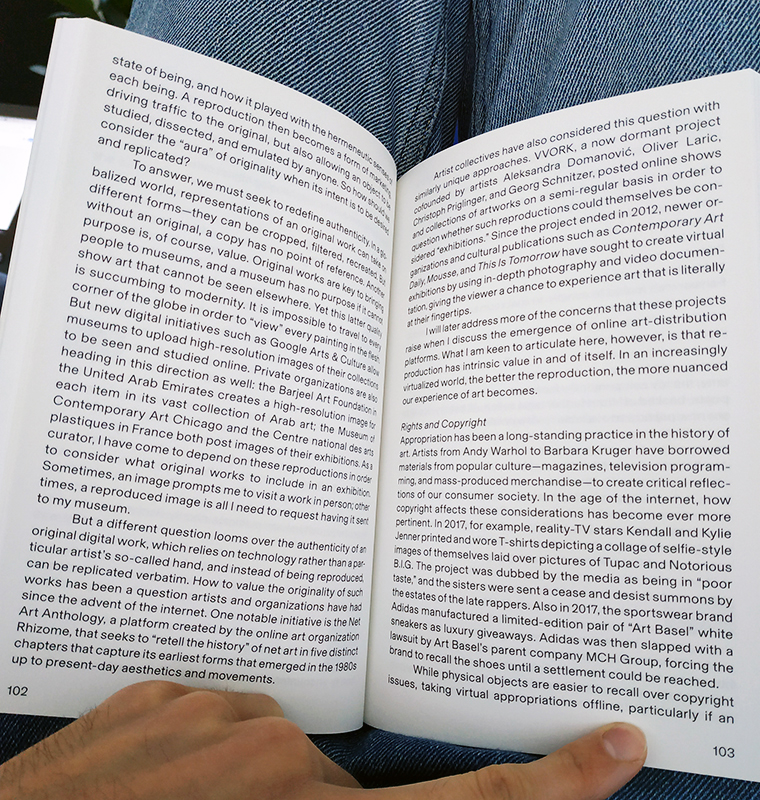 Omar Kholeif
Omar KholeifGoodbye, World! Looking at Art in the Digital Age, 2018
Sternberg Press, Berlin
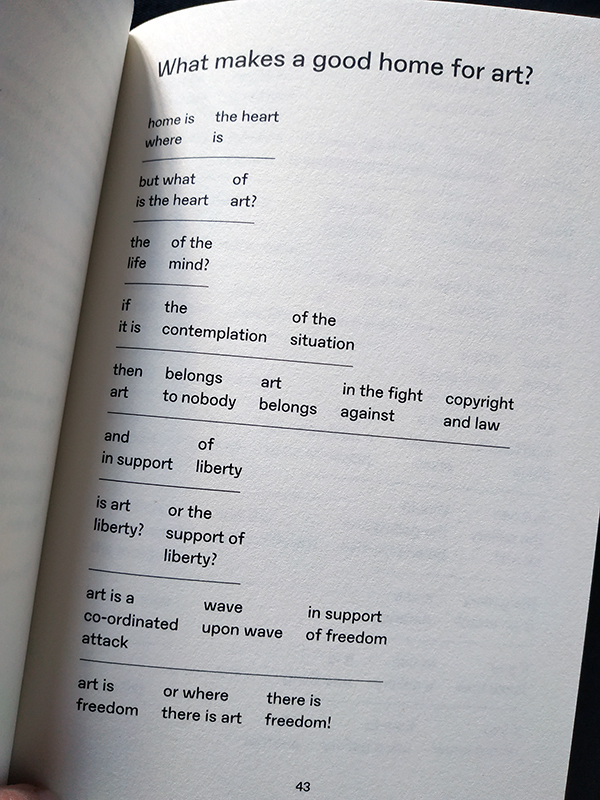 Gavin Wade
Gavin WadeSteal This Book, 2018
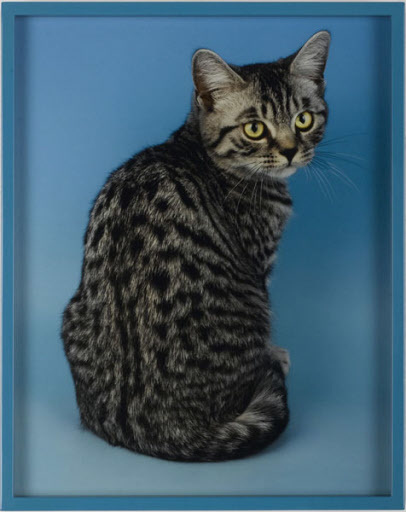 Elad Lassry, Egyptian Mau, 2010
Elad Lassry, Egyptian Mau, 2010C-print, framed, 36.8 x 29.2 cm
Collection Fotomuseum Winterthur, gift Michael Ringier - Inv. no. 2011-002-004
© Elad Lassry / Tom Powel Imaging Inc.
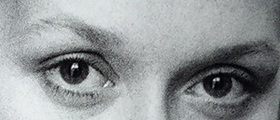
 Leigh Ledare, Ohne Titel, 2012 (From: Double Bind)Offset print, 30.9 x 41.3 cmCollection Fotomuseum Winterthur - Inv. no. 2012-032-043© Leigh Ledare and mfc-michèle didier
Leigh Ledare, Ohne Titel, 2012 (From: Double Bind)Offset print, 30.9 x 41.3 cmCollection Fotomuseum Winterthur - Inv. no. 2012-032-043© Leigh Ledare and mfc-michèle didier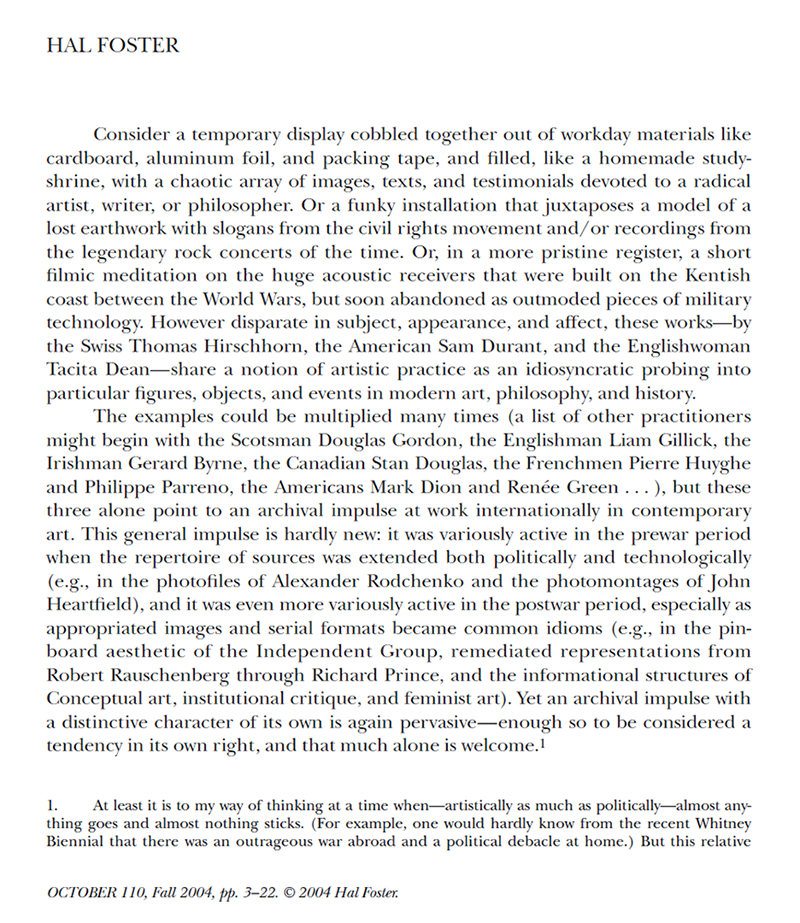 Hal Foster, An Archival Impulse OctoberVolume - Issue 110, Fall 2004 p.3-22
Hal Foster, An Archival Impulse OctoberVolume - Issue 110, Fall 2004 p.3-22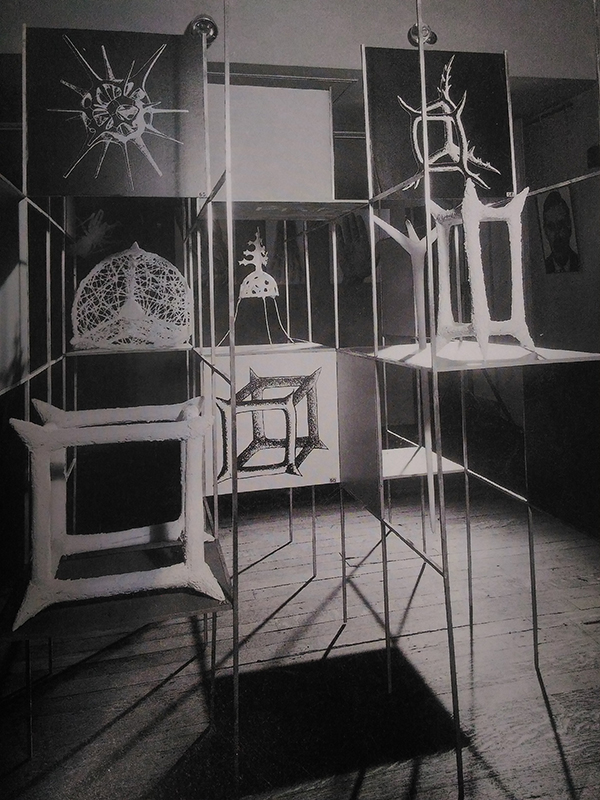 Richard Hamilton
Richard HamiltonGrowth and form, 1951
Institute of Contemporary Arts (ICA), London



 Rémy Markowitsch, Swan (Schwan), 1995 (From: ÄsopScans)
Rémy Markowitsch, Swan (Schwan), 1995 (From: ÄsopScans)Elektrostatic print on paper, aluminium, 131 x 200 cm
Collection Fotomuseum Winterthur, gift Rémy Markowitsch - Inv. no. 2007-013-010
© Rémy Markowitsch
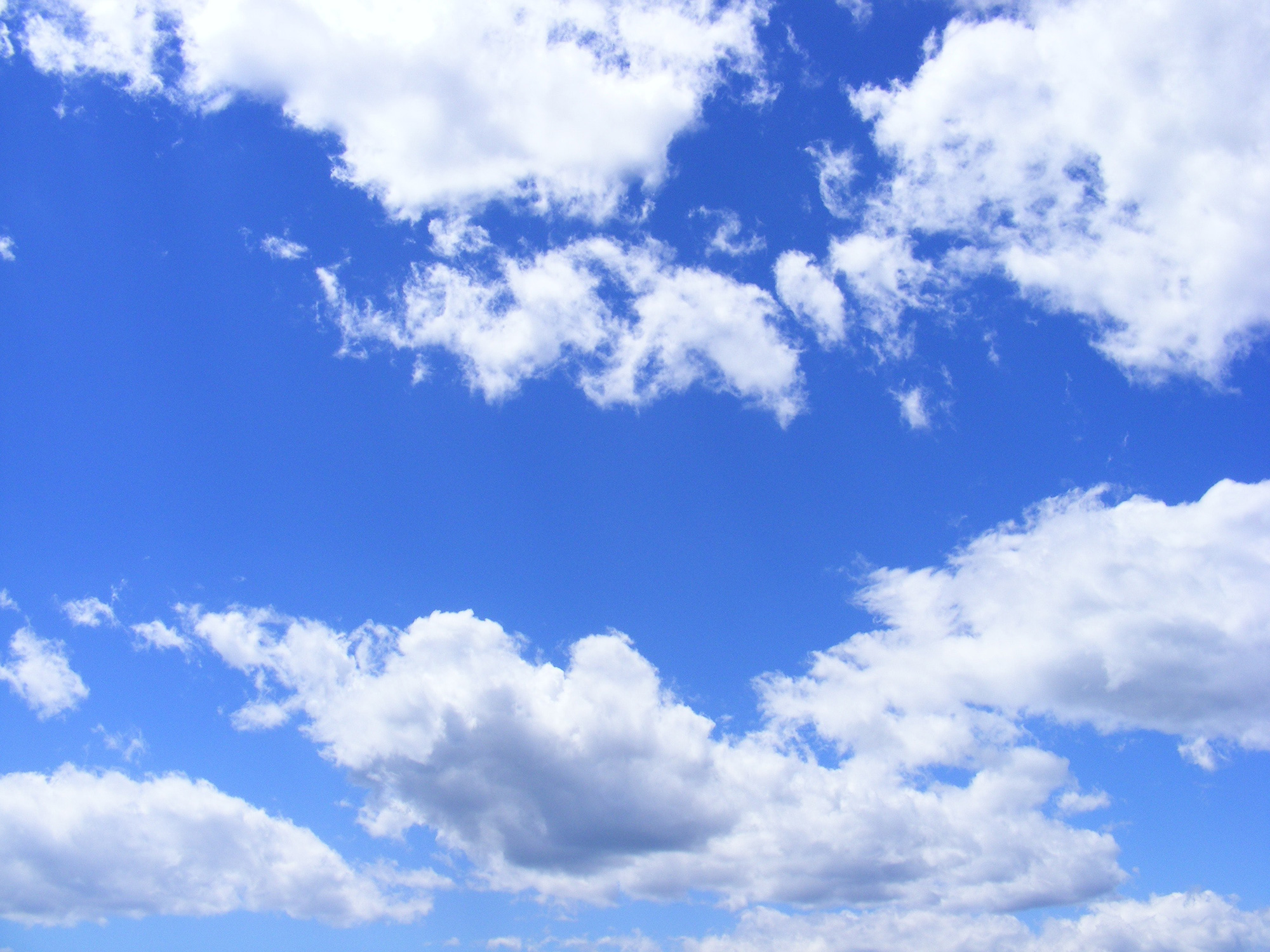

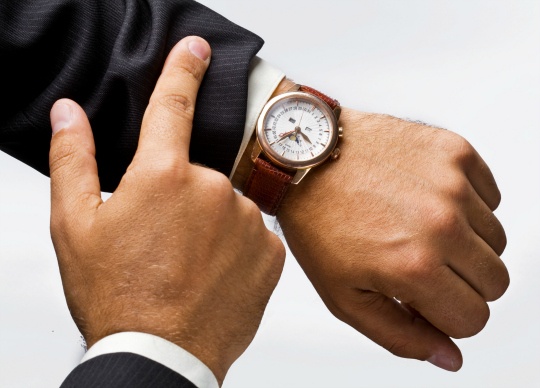

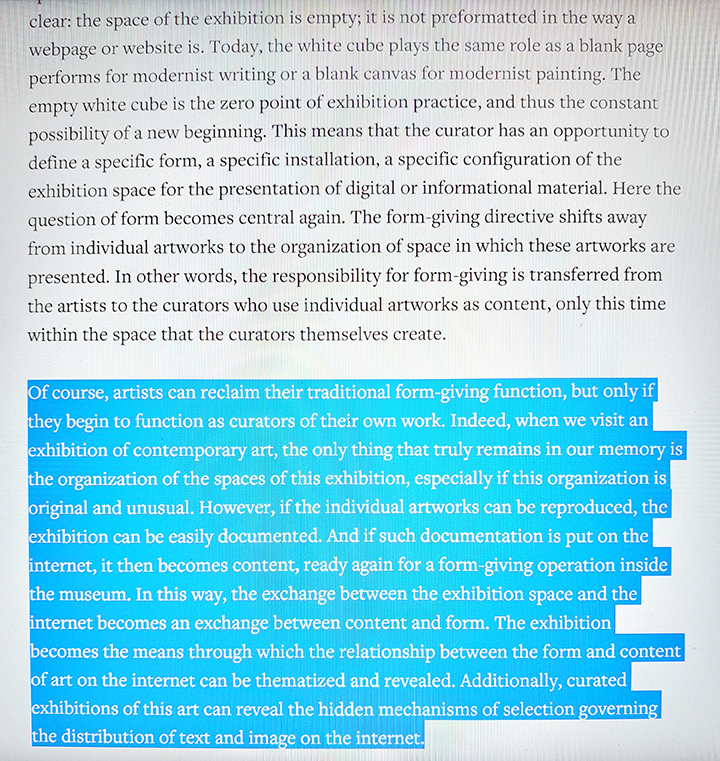 e-flux journal #94 — october 2018
e-flux journal #94 — october 2018Boris Groys, Curating in the Post-Internet Age

 Curtain designed by Frank Lloyd Wright, ca. 1955
Curtain designed by Frank Lloyd Wright, ca. 1955Woven rayon and cotton, 193 x 213.4 cm
From the New York Metropolitan Museum of Art, collection
© 2018 Artists Rights Society (ARS), New York
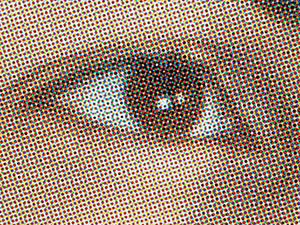

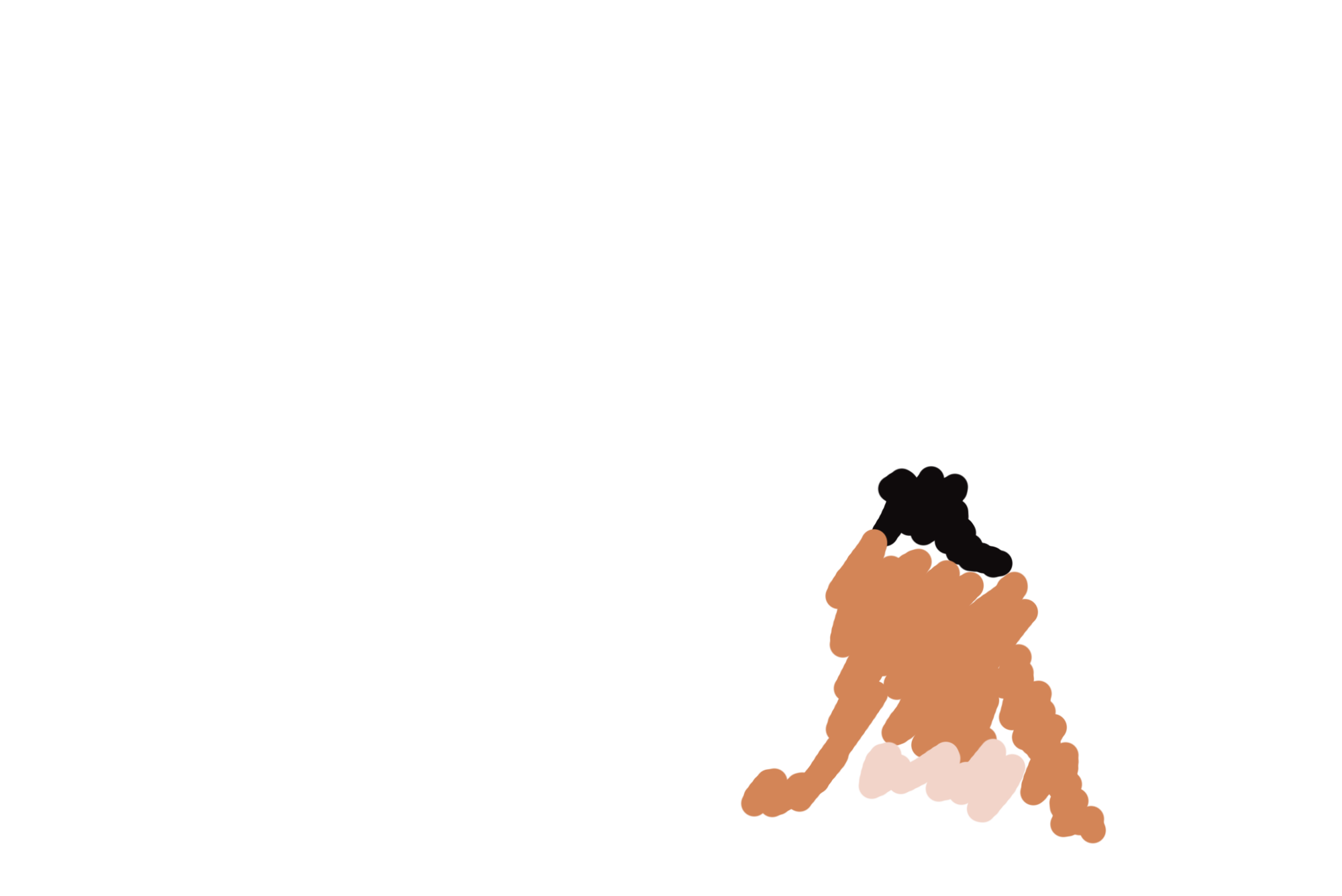
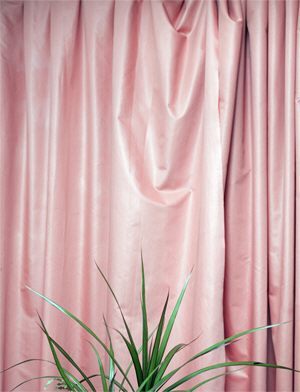 Liza May Post, Ohne Titel, 1994
Liza May Post, Ohne Titel, 1994C-print, 137 x 150 cm
Collection Fotomuseum Winterthur - Inv. no. 1998-021-002
© Liza May Post
 Ian Wallace
Ian WallaceIn the studio (the table), 2015
Photolaminate and acrylic on canvas, 61 x 61 cm.
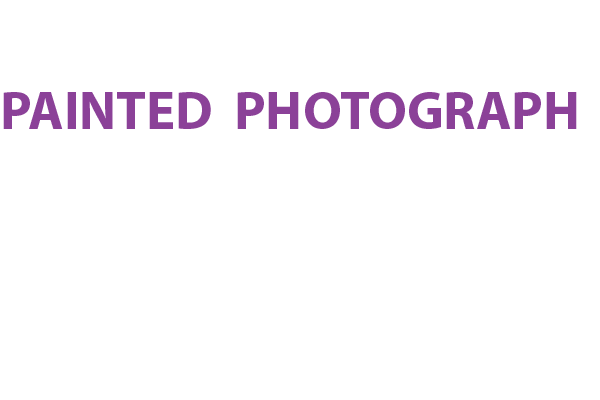
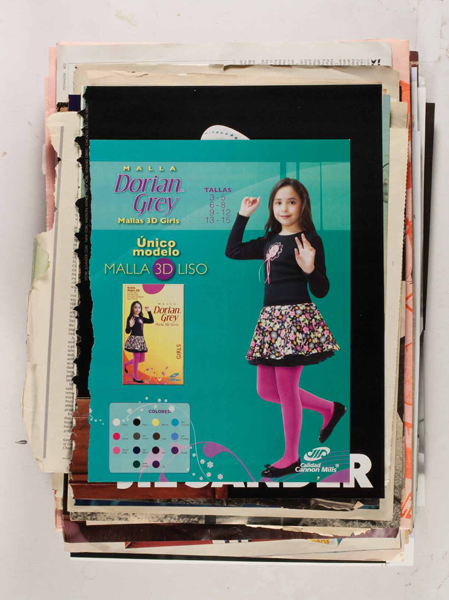 Leigh Ledare, Ohne Titel, 2012 (From: Double Bind)
Leigh Ledare, Ohne Titel, 2012 (From: Double Bind)Offset print, 30.9 x 41.3 cm
Collection Fotomuseum Winterthur
© Leigh Ledare and mfc-michèle didier
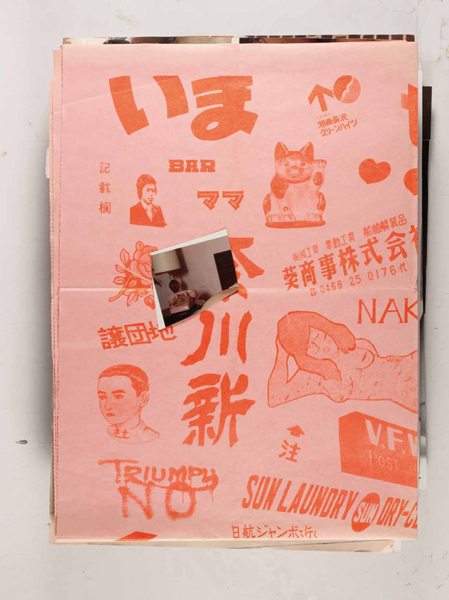 Leigh Ledare, Ohne Titel, 2012 (From: Double Bind)
Leigh Ledare, Ohne Titel, 2012 (From: Double Bind)Offset print, 30.9 x 41.3 cm
Collection Fotomuseum Winterthur
© Leigh Ledare and mfc-michèle didier
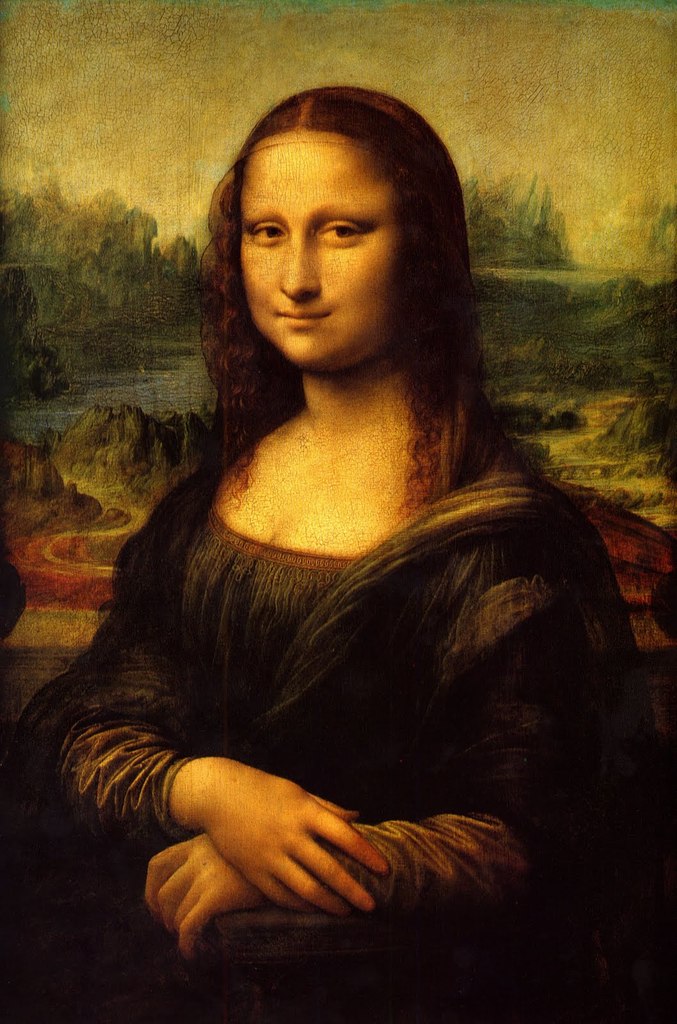
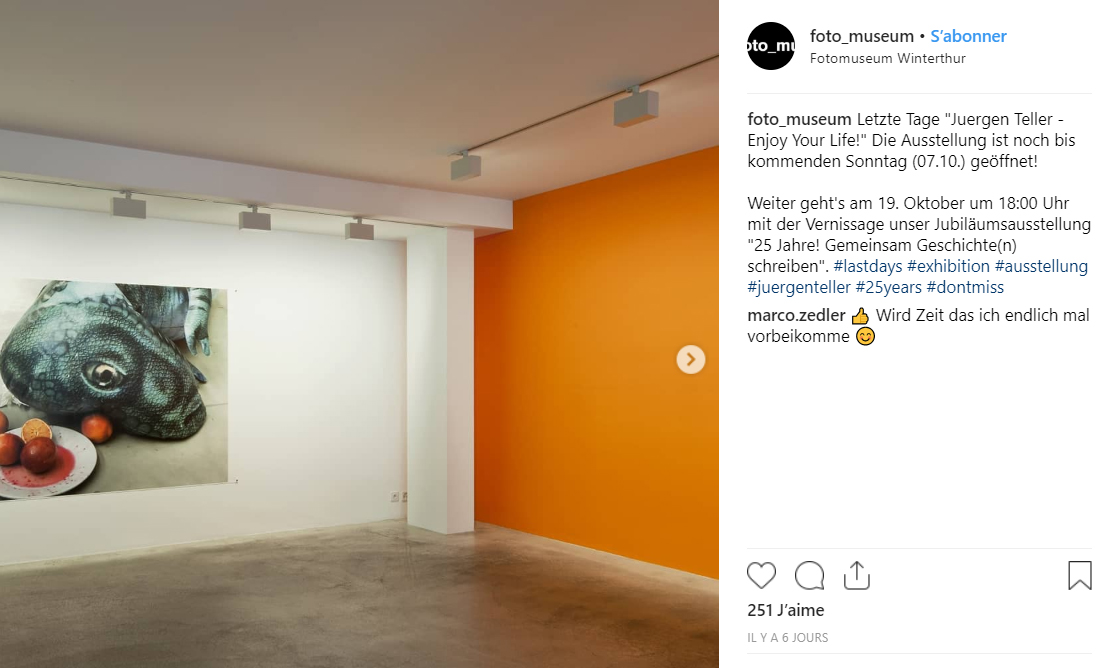
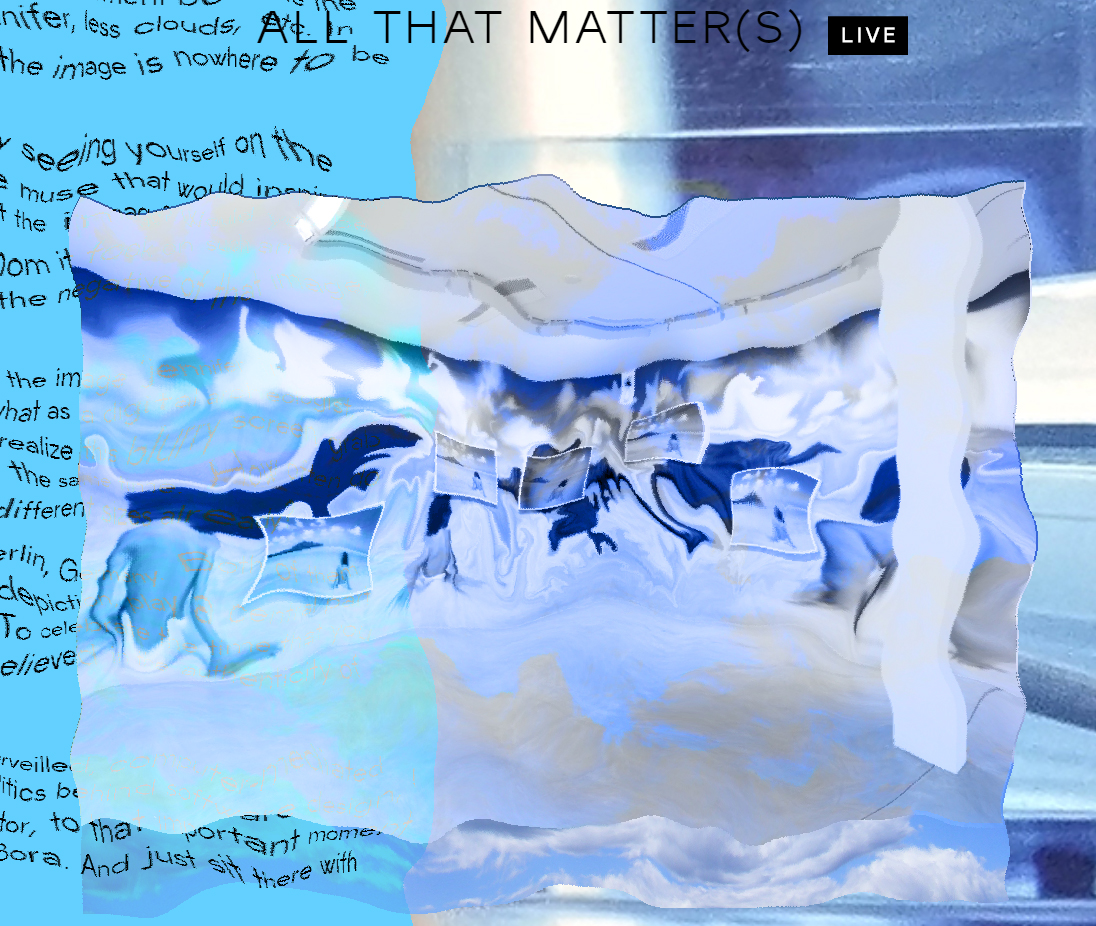
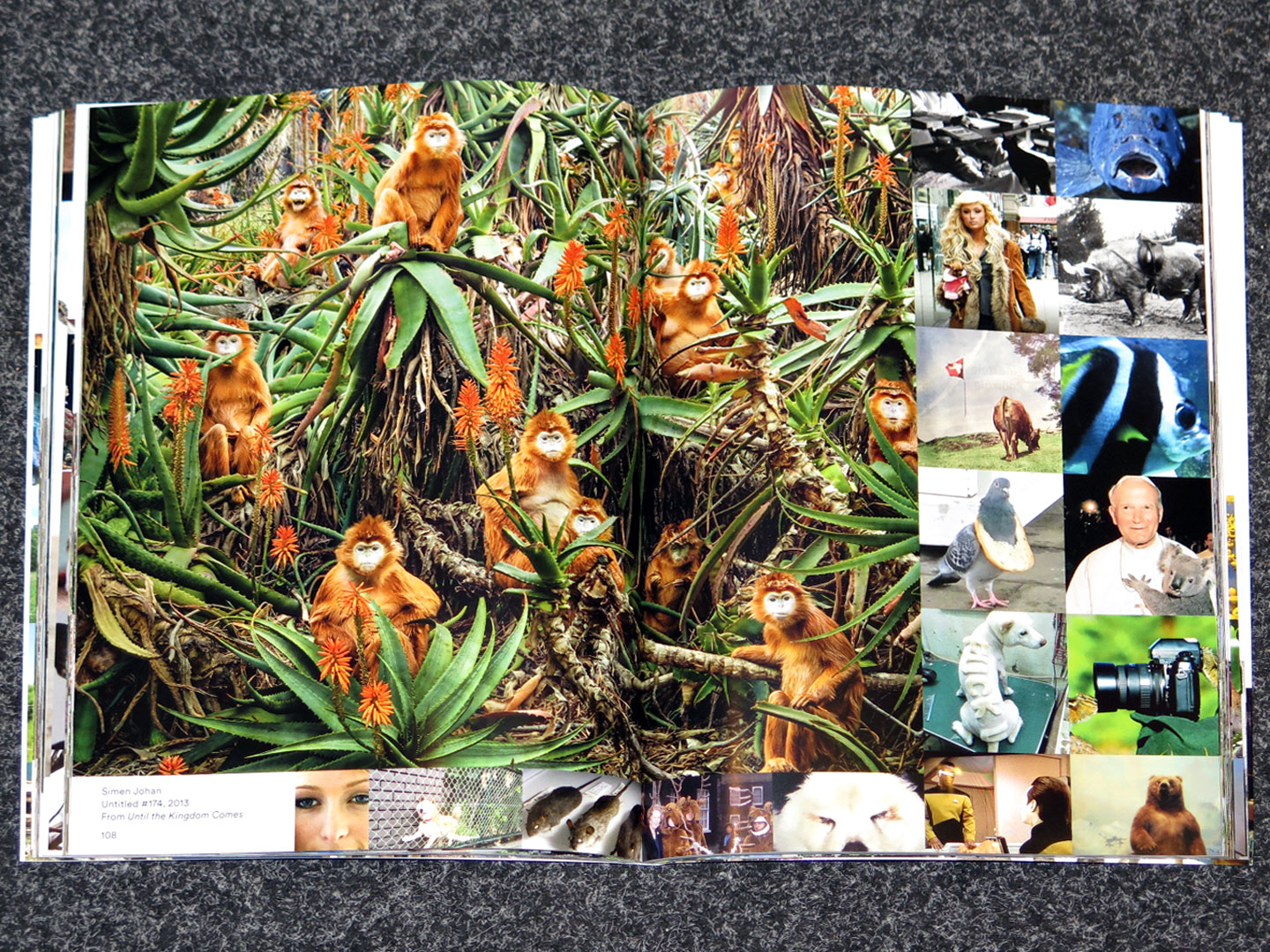 Beastly / Tierisch, 2015
Beastly / Tierisch, 2015Duncan Forbes & Daniela Jansen(Eds.)
Spector Books
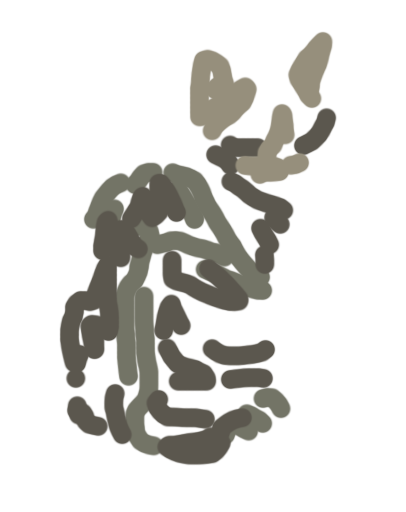
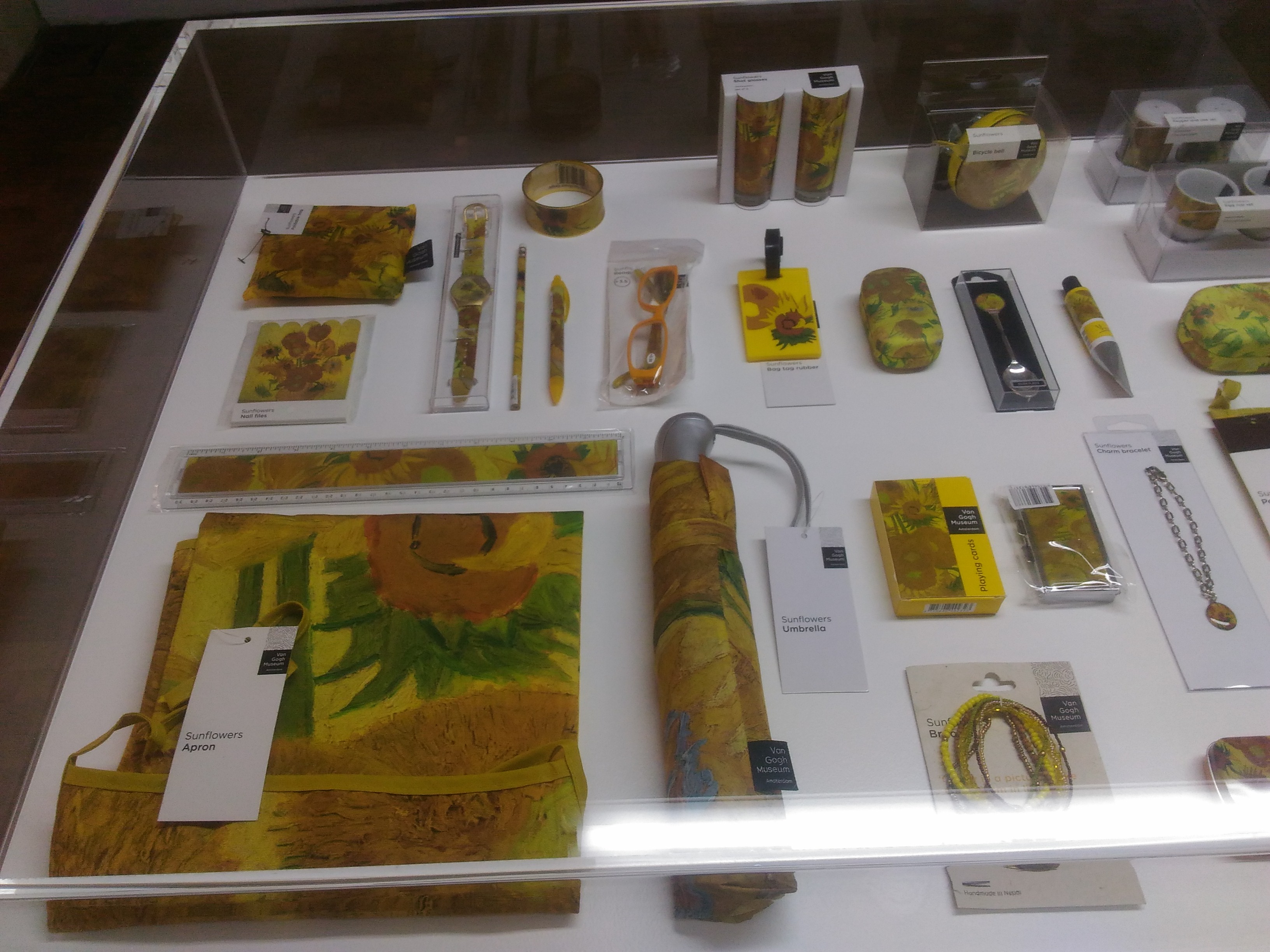 Simon Fugiwara, The Happy Museum, 2016 (with Daniel Fujiwara)
Simon Fugiwara, The Happy Museum, 2016 (with Daniel Fujiwara)Exhibition view at Lafayette Anticipations, Paris
 John Baldessari
John BaldessariAll Z's (Picabia/Mondrian):Zap, 2017
Varnished inkjet print on canvas with acrylic paint
 Leigh Ledare, Ohne Titel, 2012 (From: Double Bind)
Leigh Ledare, Ohne Titel, 2012 (From: Double Bind)Offset print, 30.9 x 41.3 cm
Collection Fotomuseum Winterthur
© Leigh Ledare and mfc-michèle didier
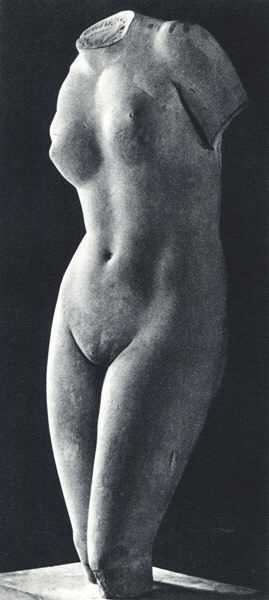 Matthias Gabi, Torso, 2010 (From: Buchdruck)
Matthias Gabi, Torso, 2010 (From: Buchdruck)Inkjet print, 29.7 x 21 cm
Collection Fotomuseum Winterthur - Inv. no. 2011-008-006
© Matthias Gabi
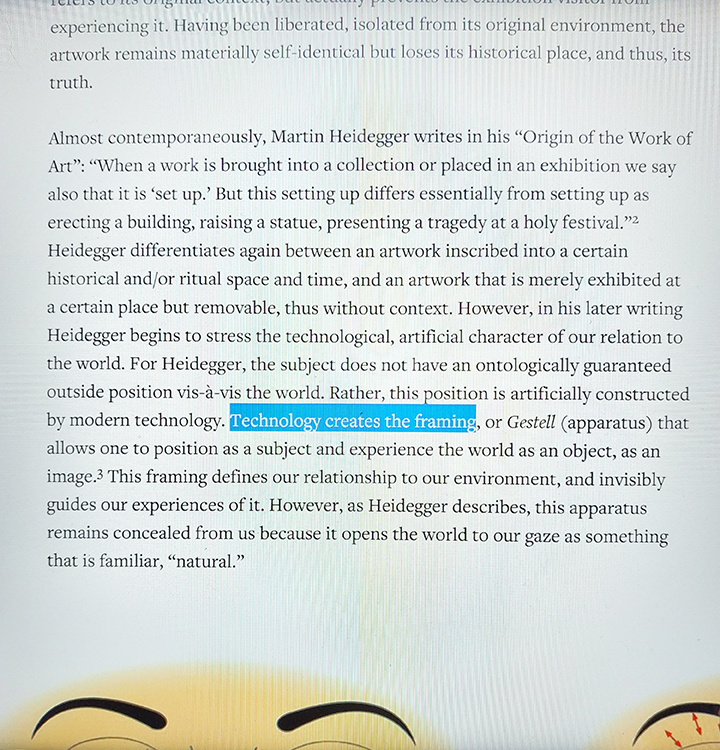 e-flux journal #94 — october 2018
e-flux journal #94 — october 2018Boris Groys, Curating in the Post-Internet Age
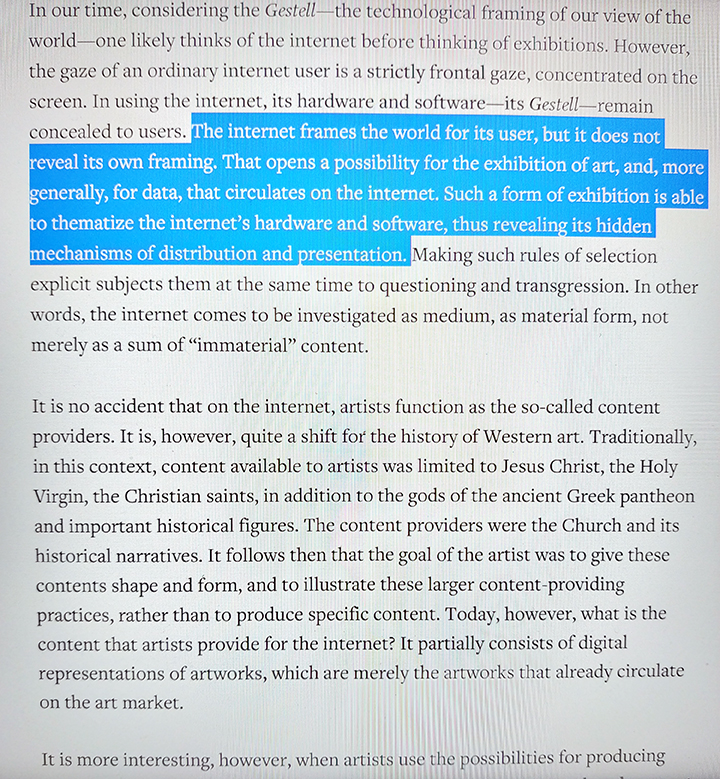 e-flux journal #94 — october 2018
e-flux journal #94 — october 2018Boris Groys, Curating in the Post-Internet Age


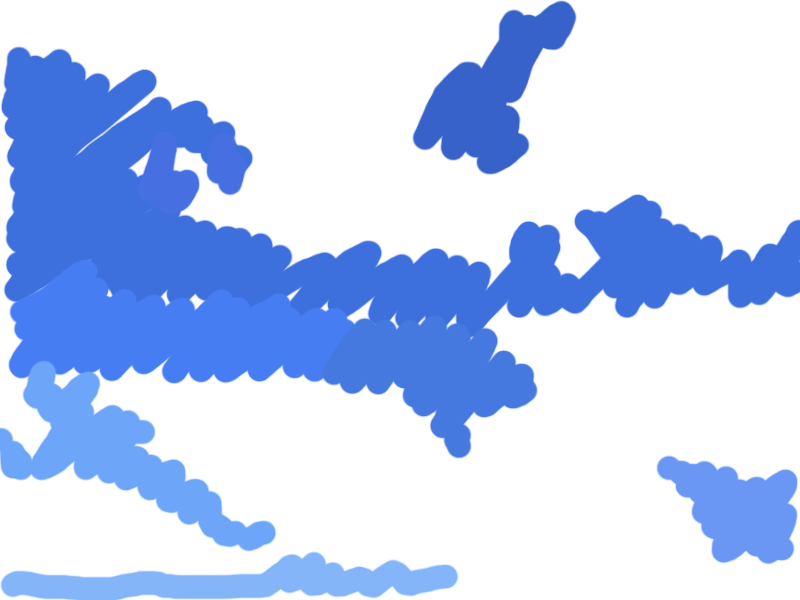
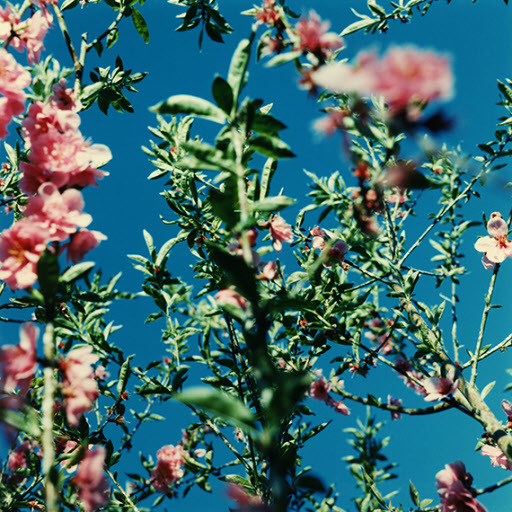 Mikiko Hara, Ohne Titel, 1998 (From: Agnus Dei)
Mikiko Hara, Ohne Titel, 1998 (From: Agnus Dei)C-print, 44.5 x 44.5 cm
Collection Fotomuseum Winterthur, gift Mikiko Hara and Galerie Bob van Orsouw
Inv. no. 2012-031-002
© Mikiko Hara
 Leigh Ledare, Ohne Titel, 2012 (From: Double Bind)
Leigh Ledare, Ohne Titel, 2012 (From: Double Bind)Offset print, 30.9 x 41.3 cm
Collection Fotomuseum Winterthur
© Leigh Ledare and mfc-michèle didier
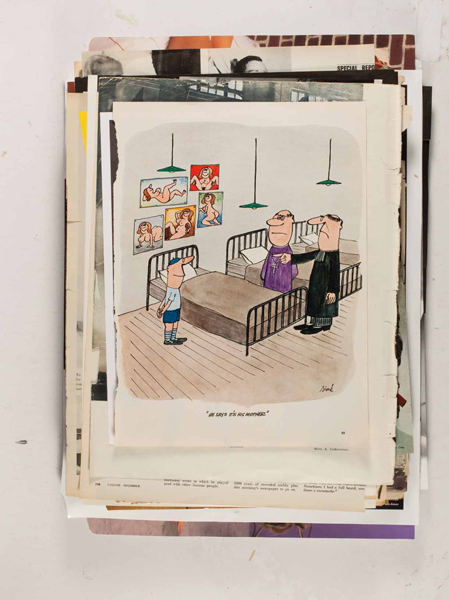 Leigh Ledare, Ohne Titel, 2012 (From: Double Bind)
Leigh Ledare, Ohne Titel, 2012 (From: Double Bind)Offset print, 30.9 x 41.3 cm
Collection Fotomuseum Winterthur
© Leigh Ledare and mfc-michèle didier
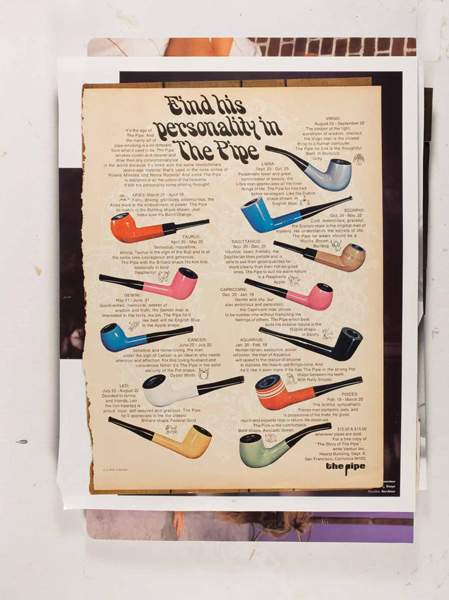 Leigh Ledare, Ohne Titel, 2012 (From: Double Bind)
Leigh Ledare, Ohne Titel, 2012 (From: Double Bind)Offset print, 30.9 x 41.3 cm
Collection Fotomuseum Winterthur
© Leigh Ledare and mfc-michèle didier
Hal Fischer gives a critical reading of “American Photographer.” Fischer is a frequent observer of the photo scene.
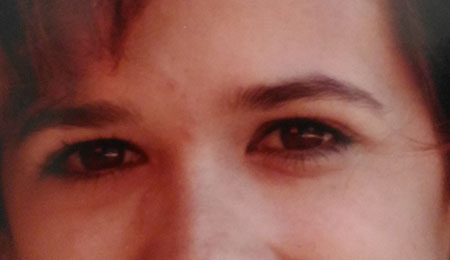
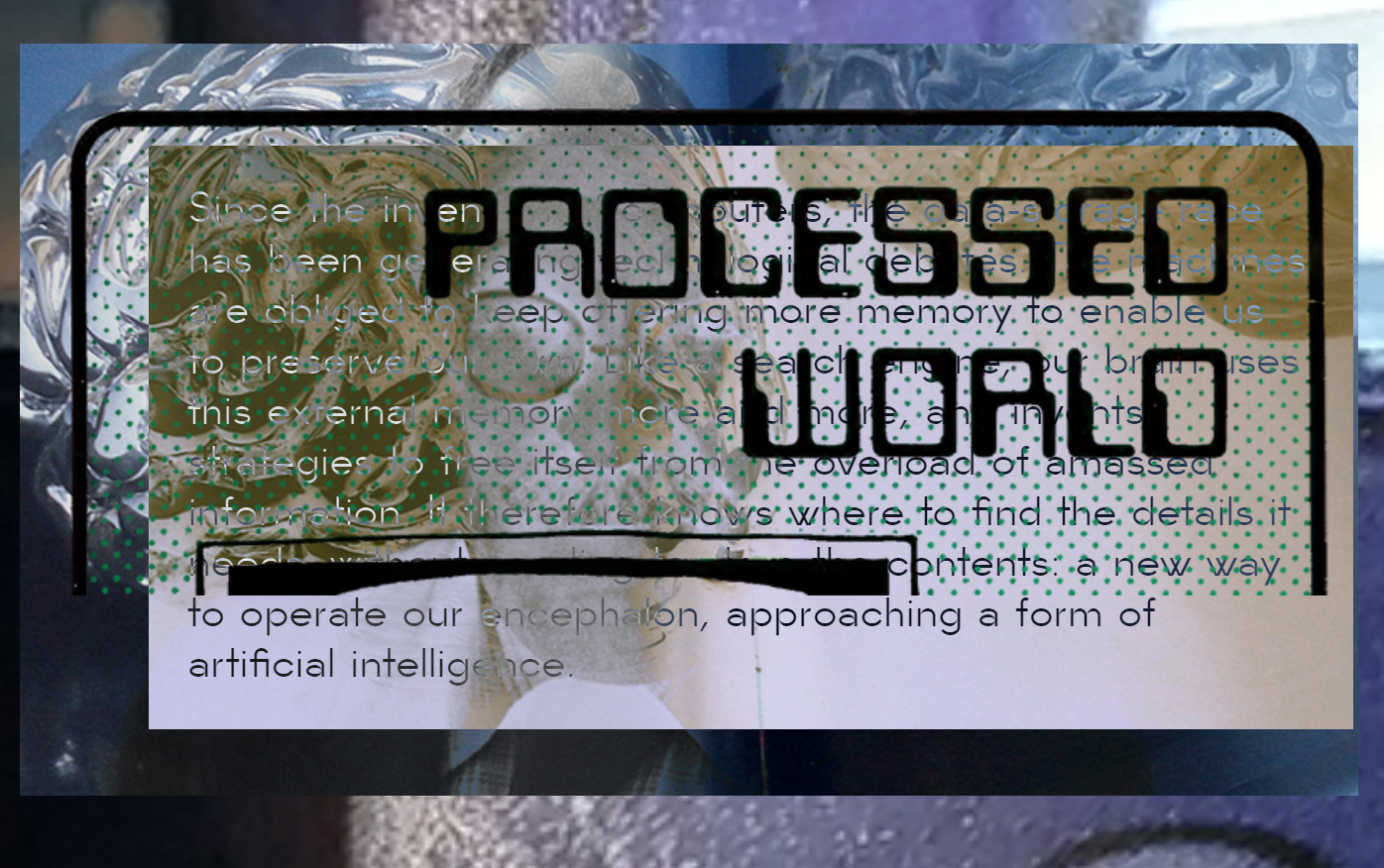
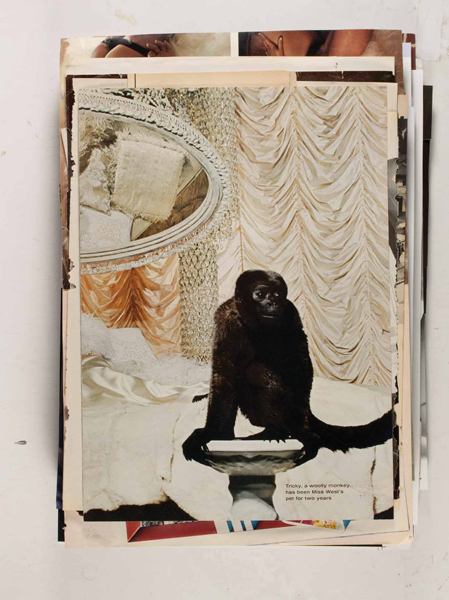

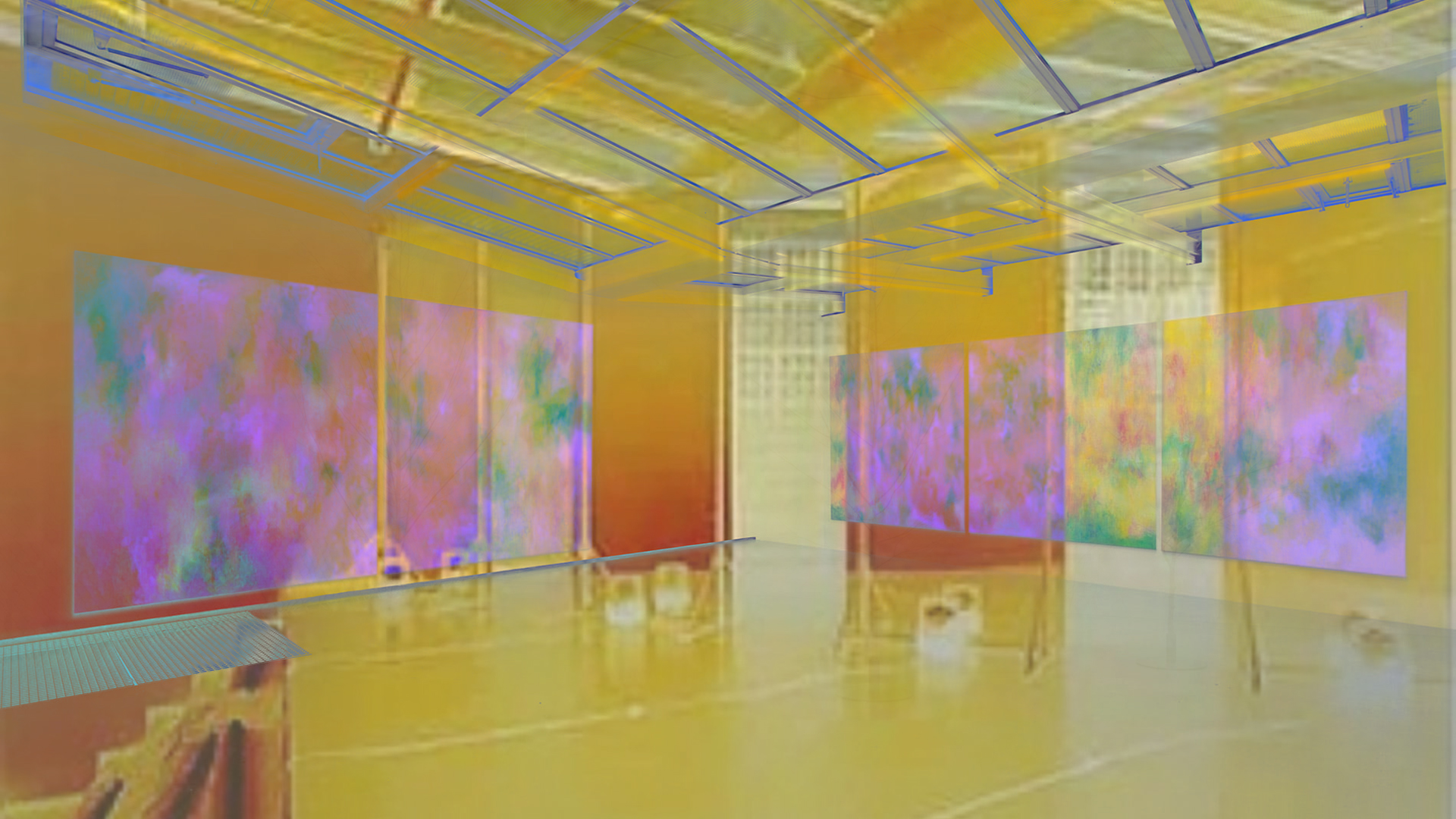
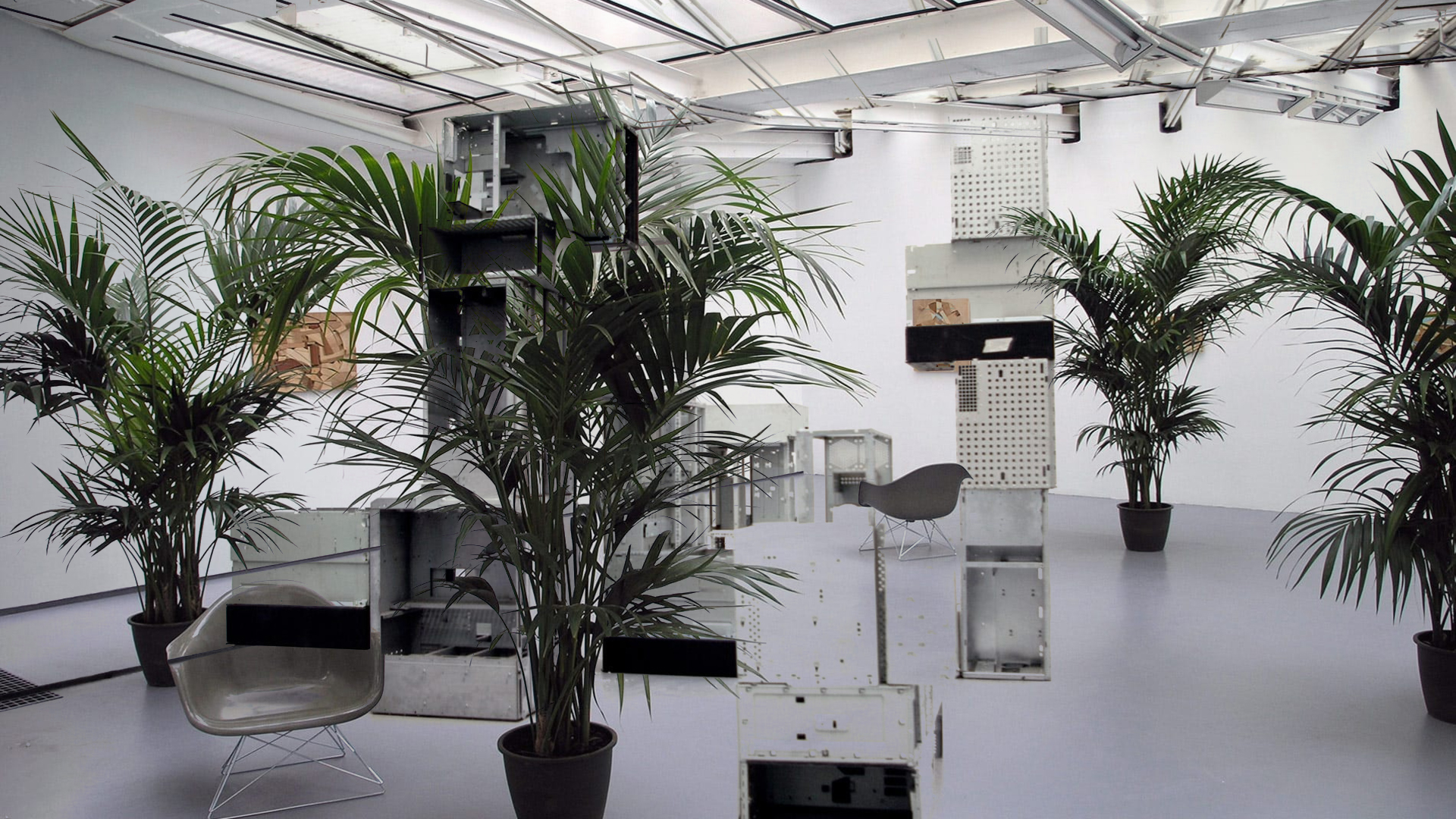
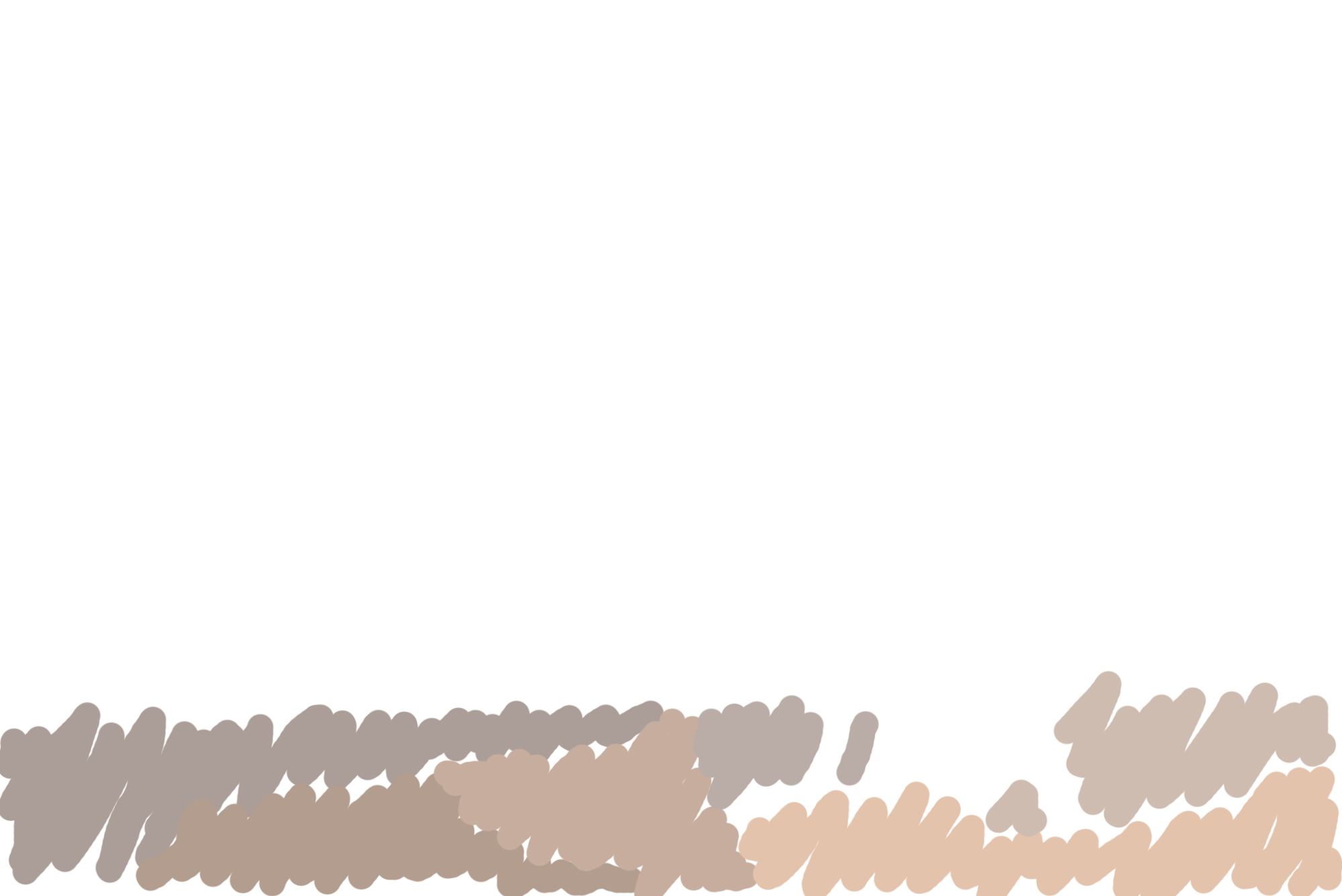
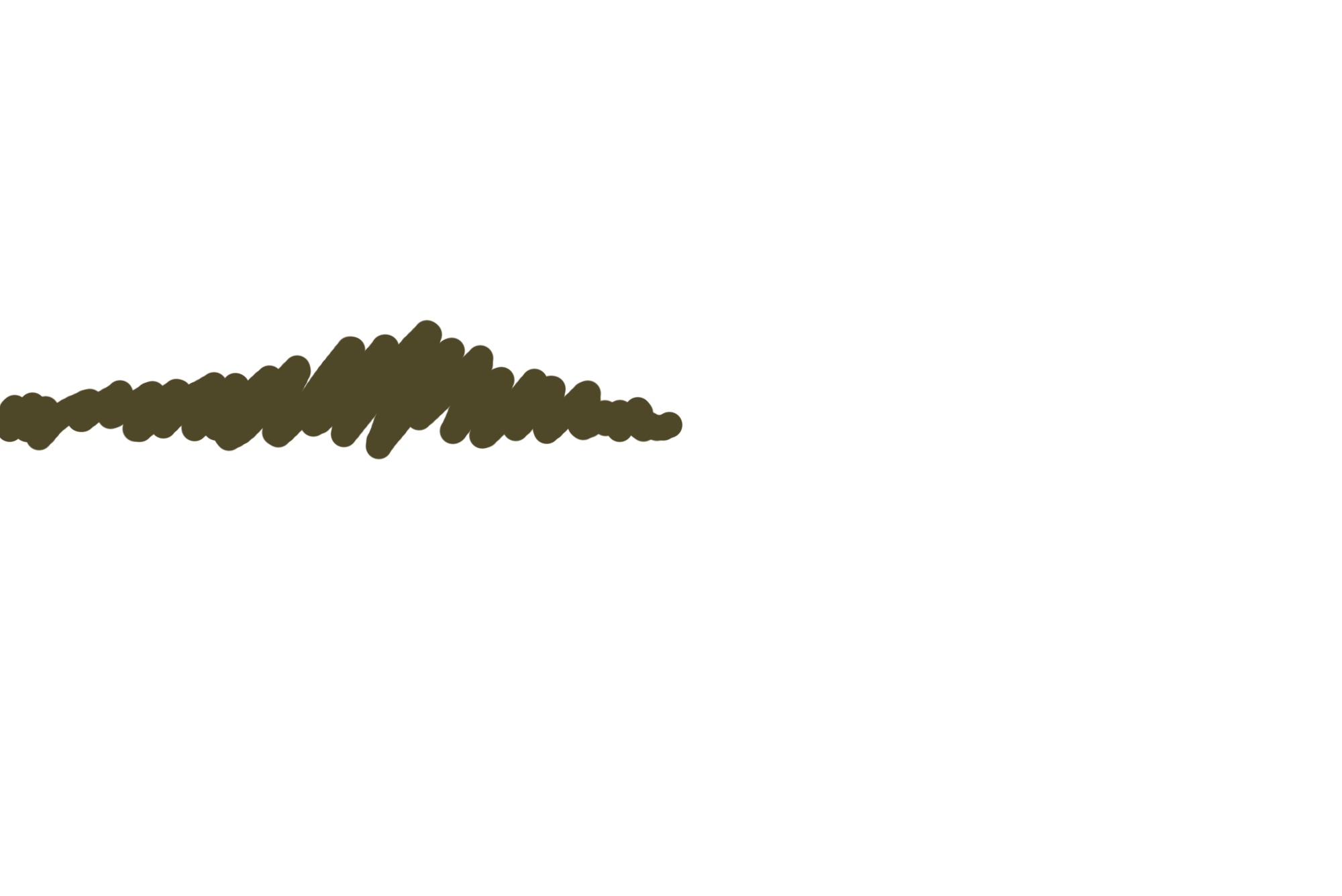
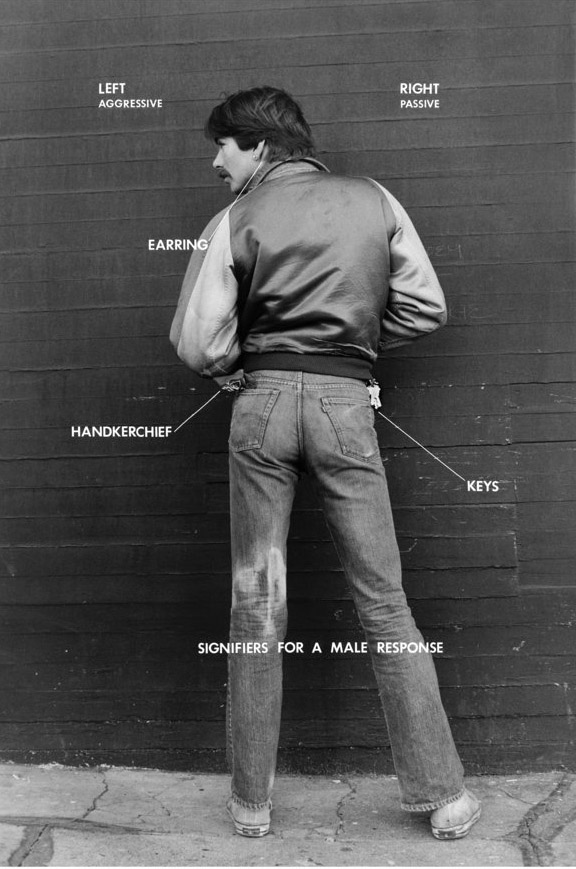
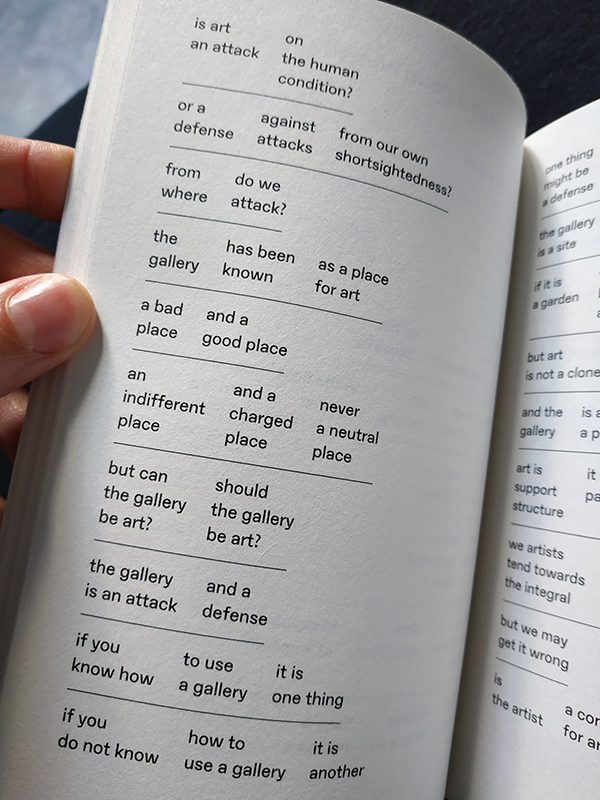
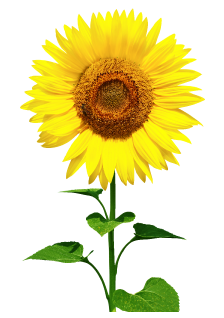
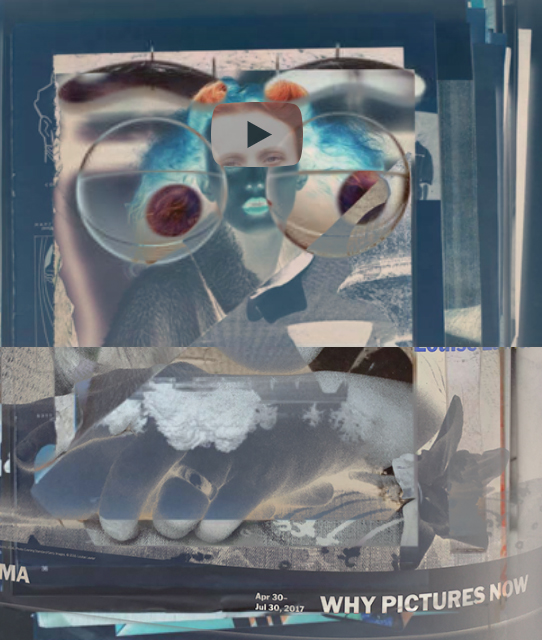

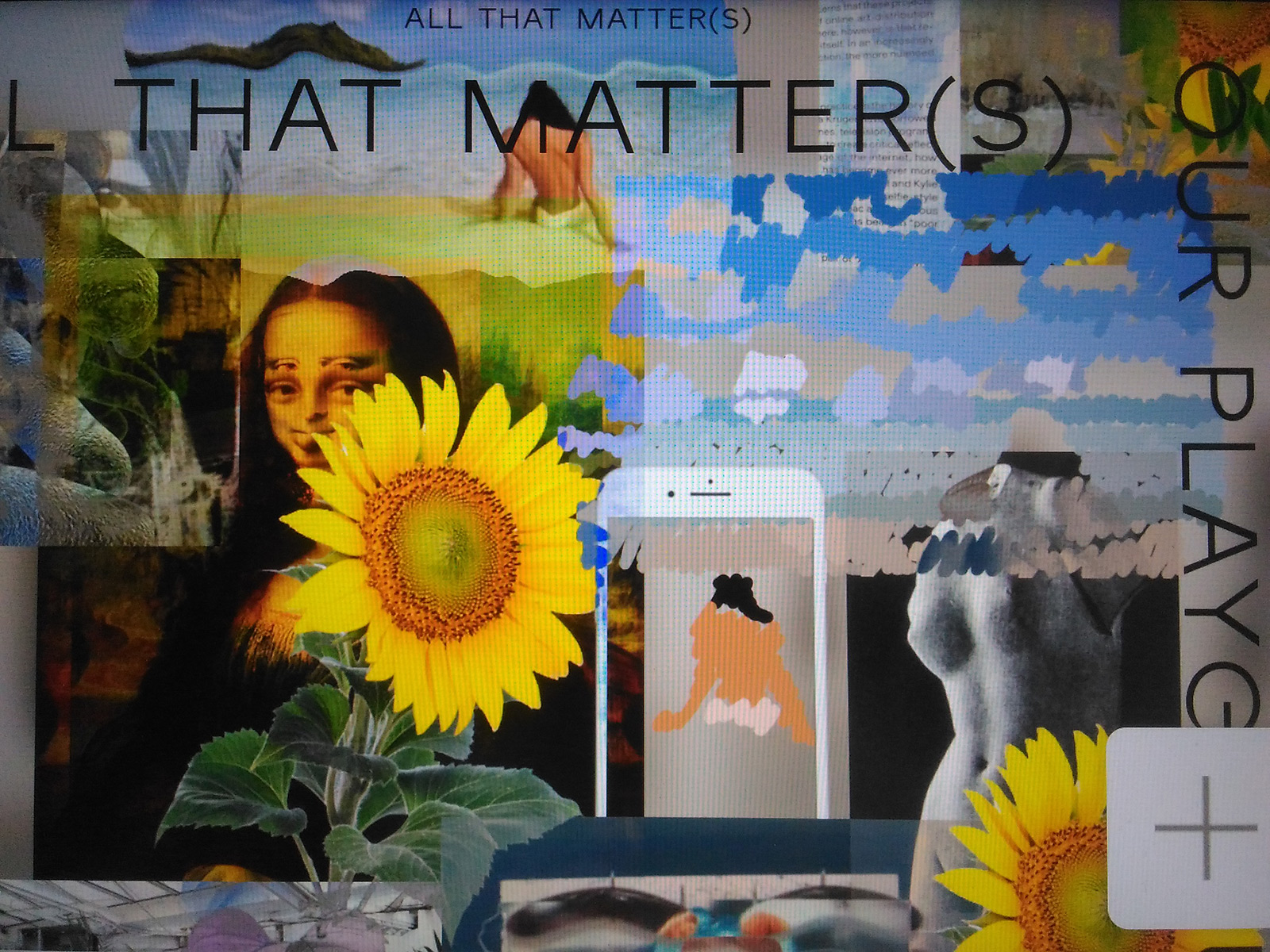

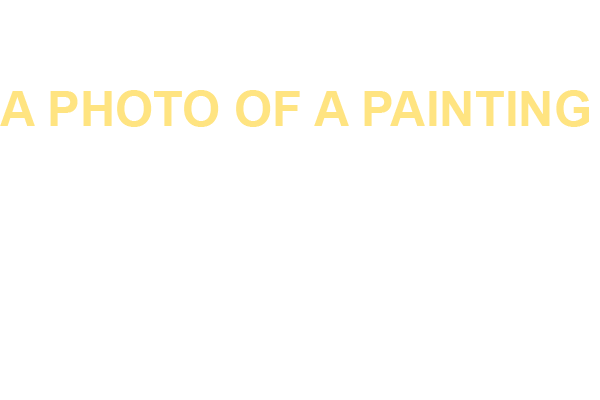

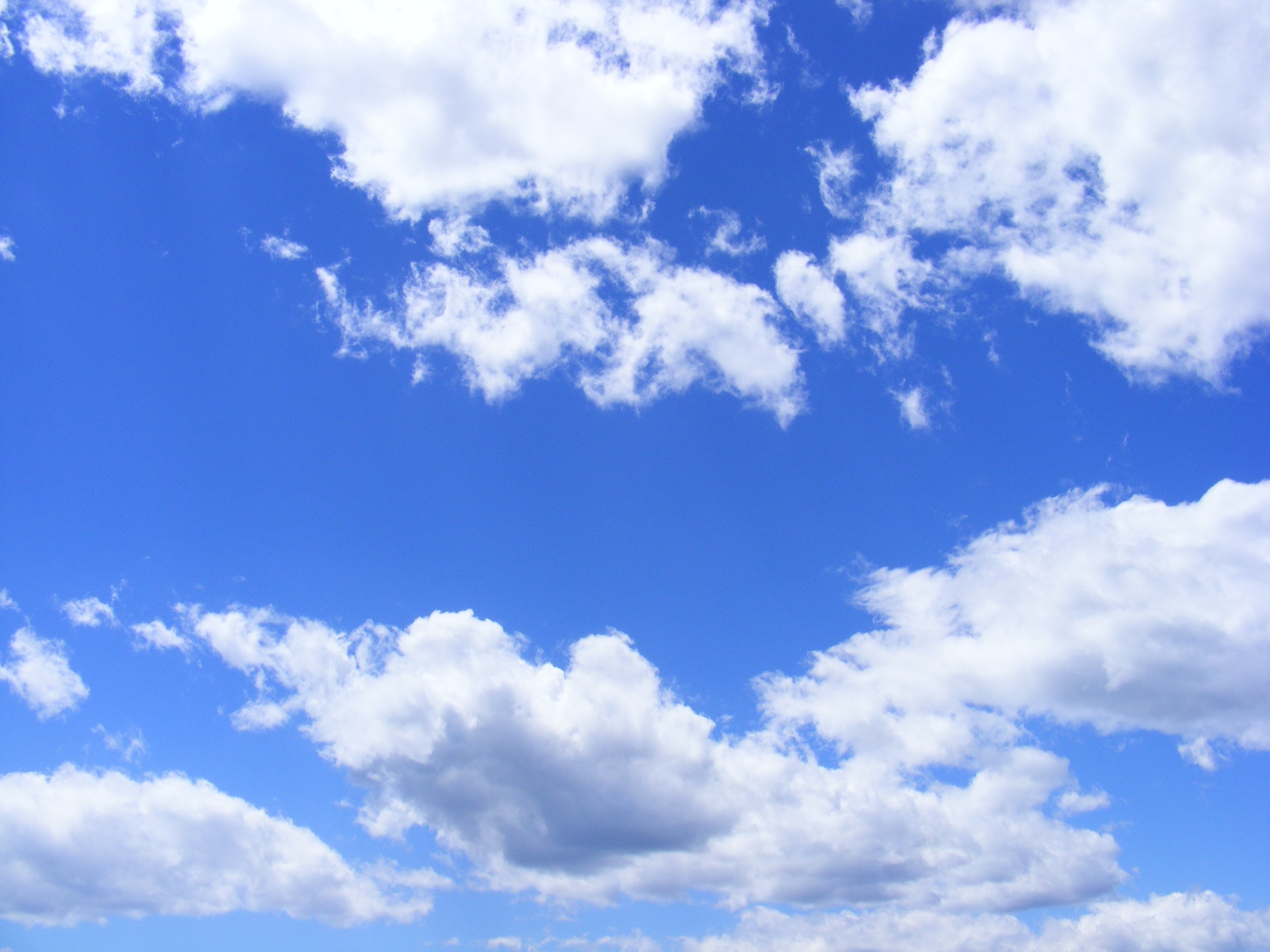

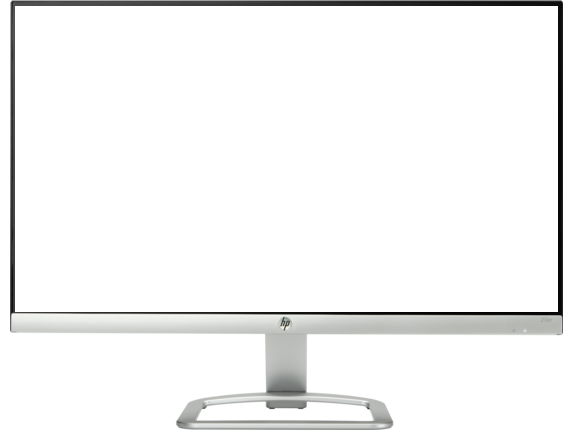
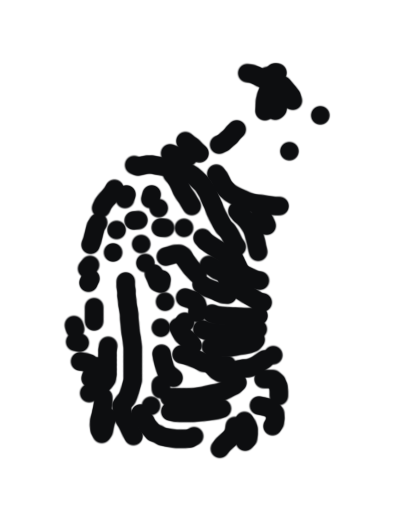
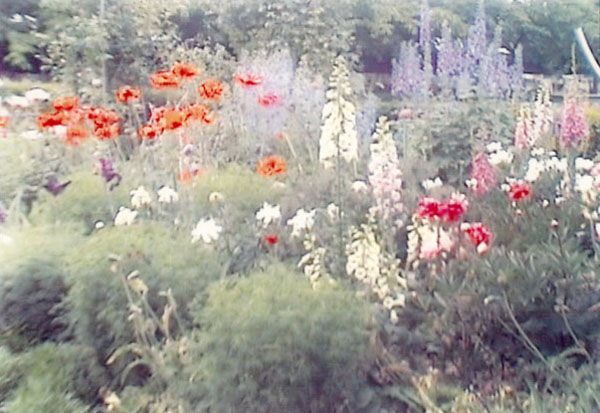
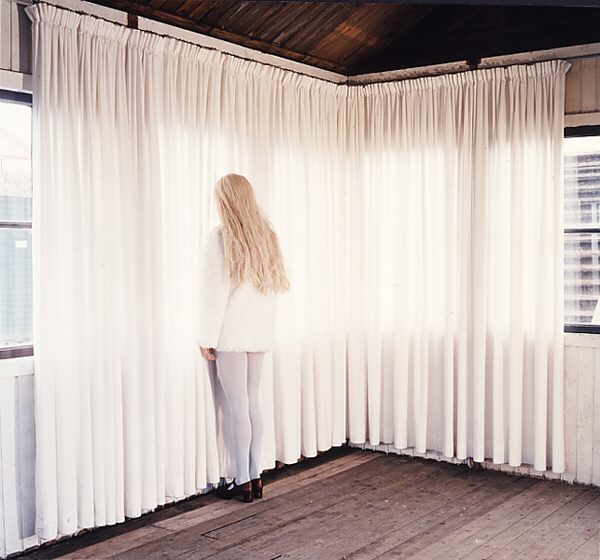
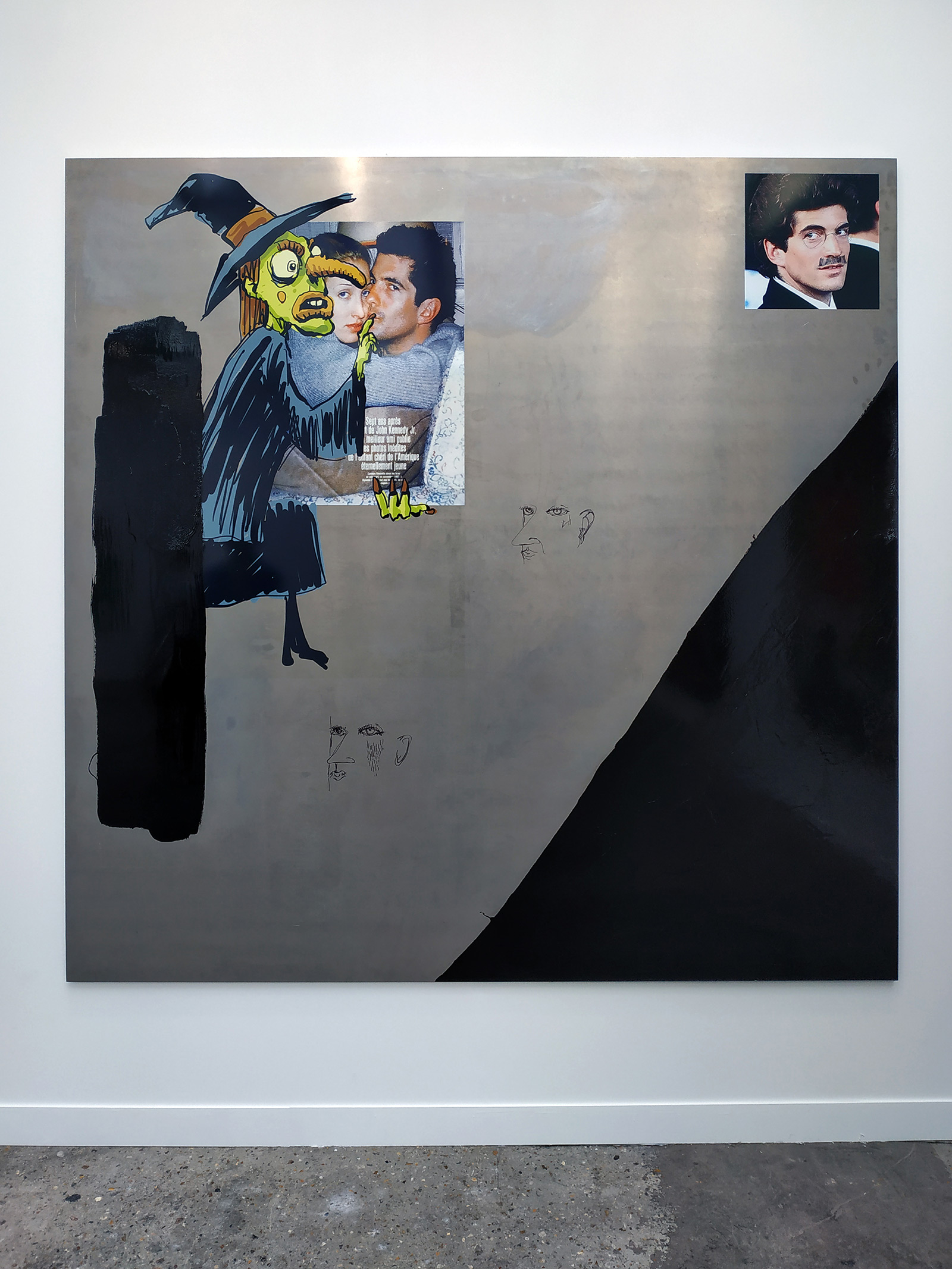
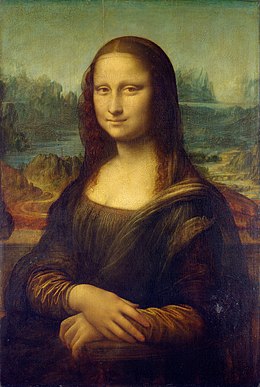
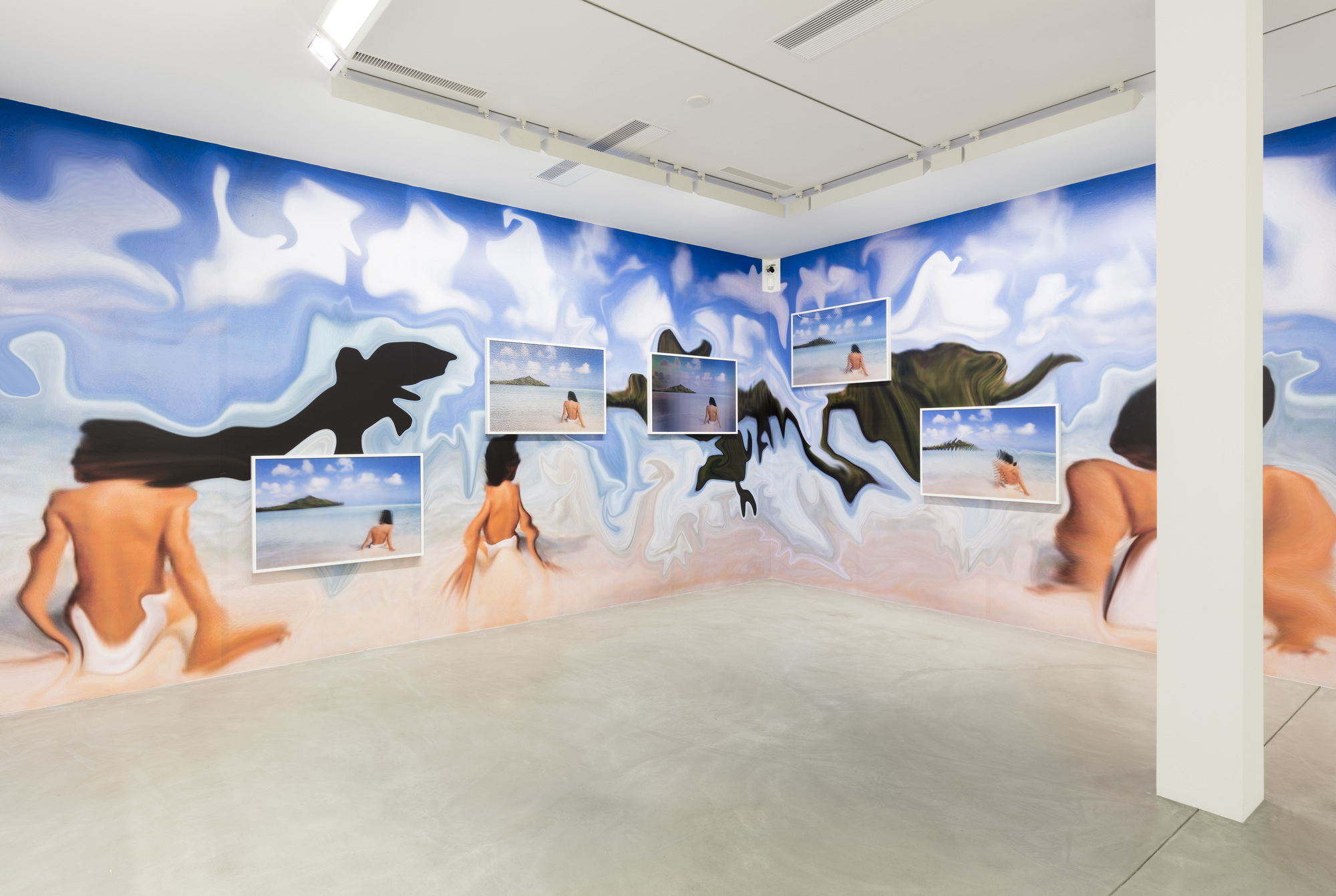


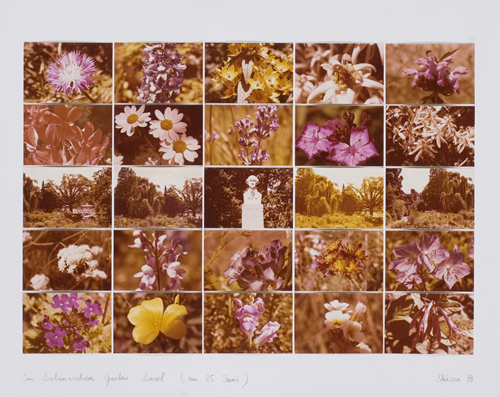
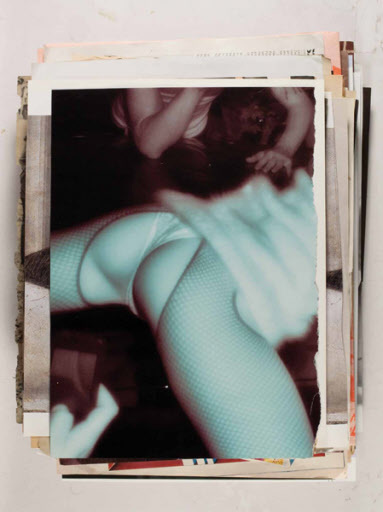

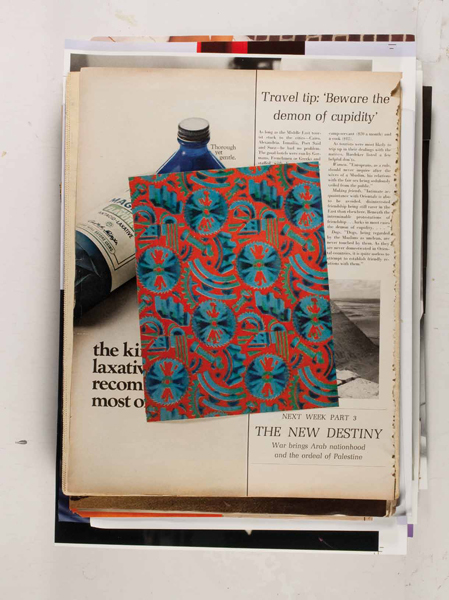
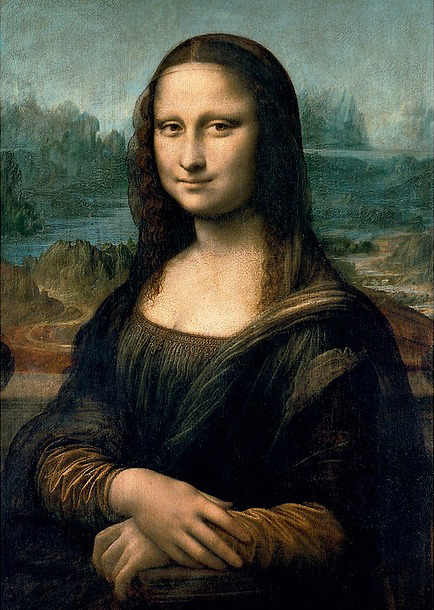
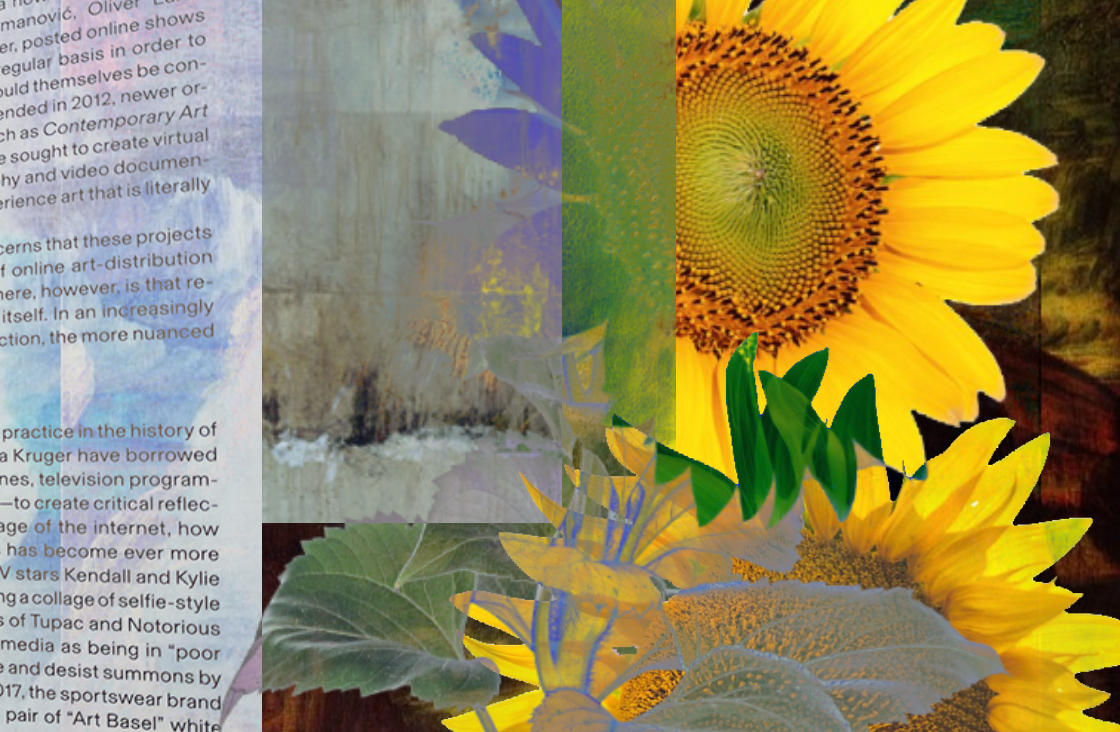
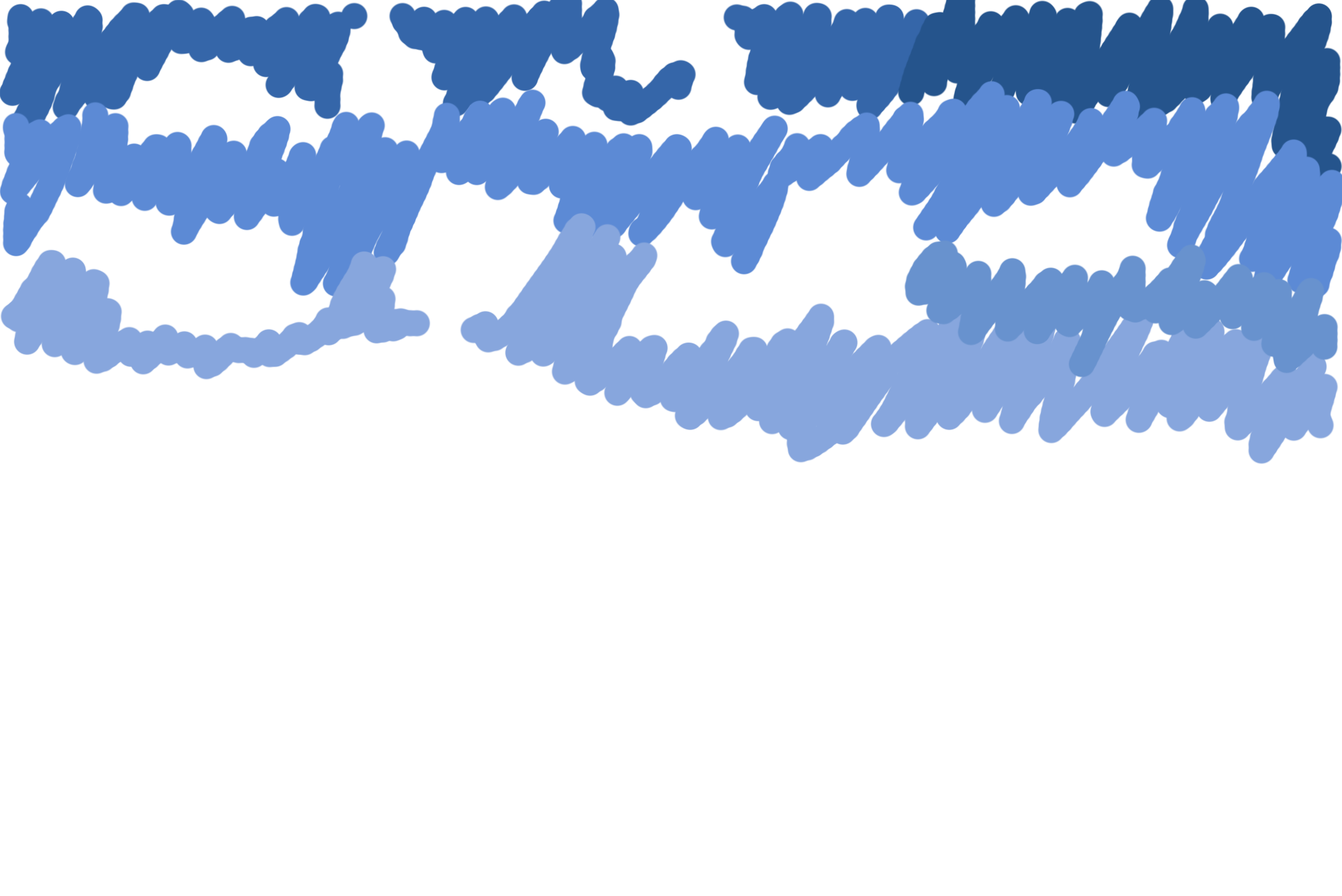


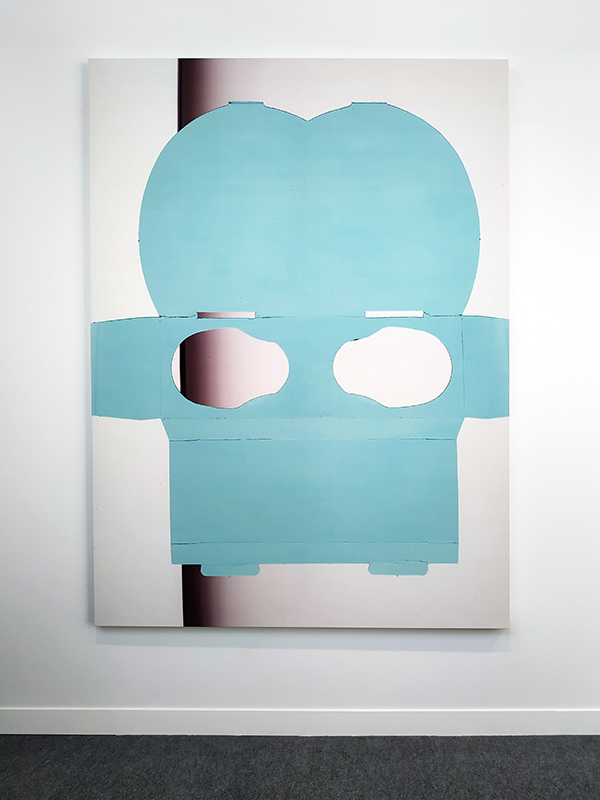
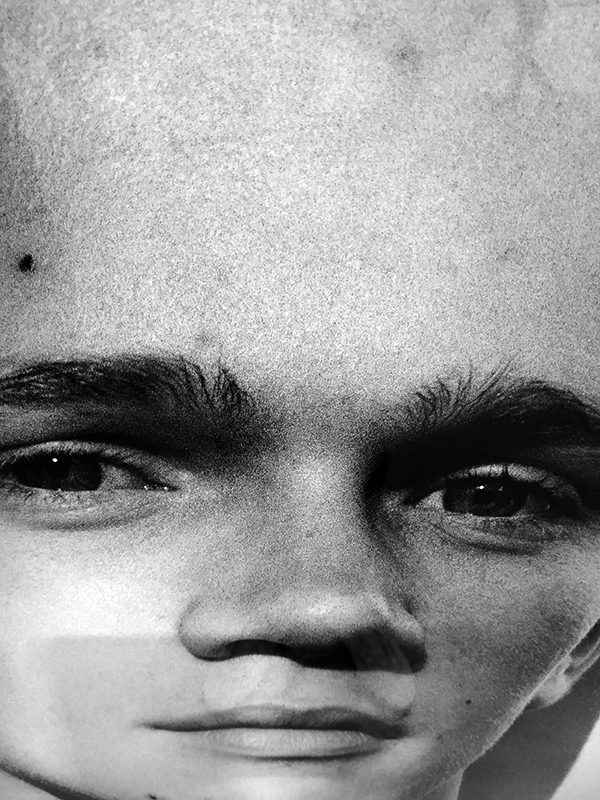
.jpg)
